Welcome! I've made a list of the herbs I tend to use the most and some ideas about where to purchase if you are lookikng for a good online source!
If you scrolll down to the very bottom, I also share some reliable herb growers who I highly recommend! ALWAYS buy locally from your herbalist if your can, but otherwise, you will find good herbs here! green blessings to all.. Carol
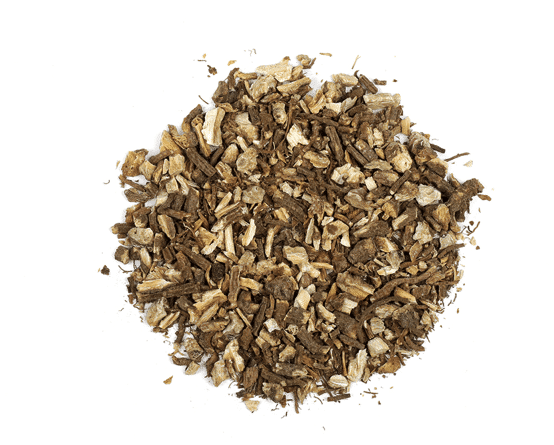
Angelica roots are aromatic and considered to have spicy, bitter, and warming energetics. Angelica root can be infused as tea, tinctured, and used as a flavouring in liquors.
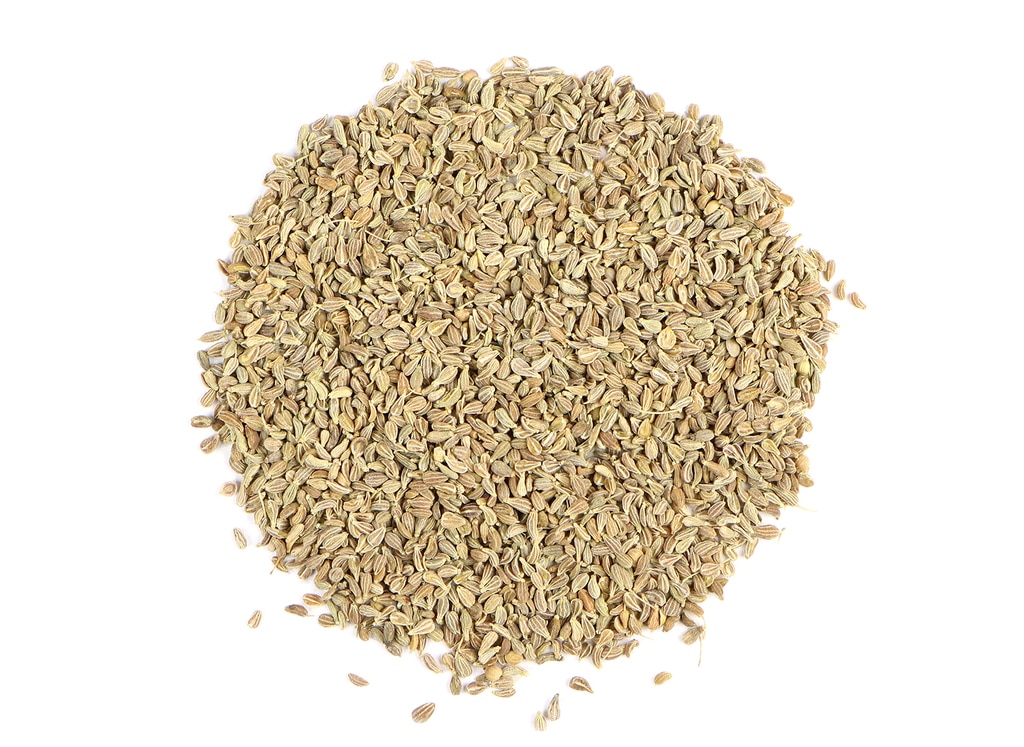
Anise seeds have a sweet taste and are used as a spice for their aromatics. Anise seeds are mainly used in baking and tinctures.
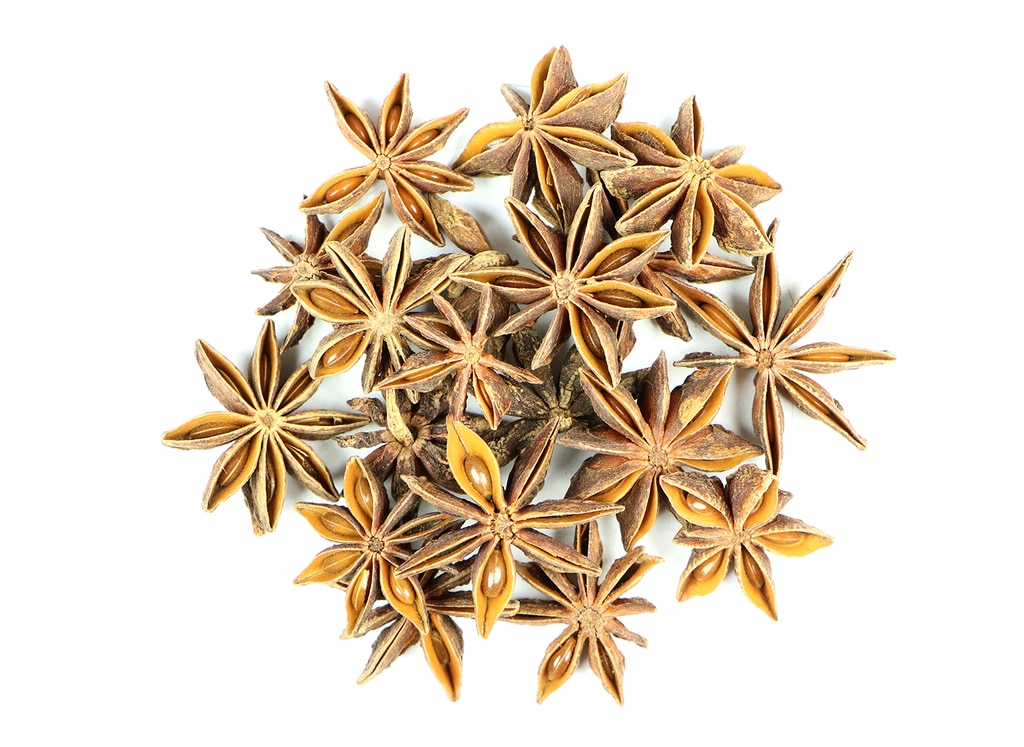
Star anise is often used in culinary applications and is a traditional ingredient in Chinese five spice blends. Star anise pods have a stronger flavor than anise seed and are considered warming. They can be added to infusions, mulled wine, herbal syrups, and liqueurs. Anise star pods are also employed in tincturing and homemade mouthwashes.
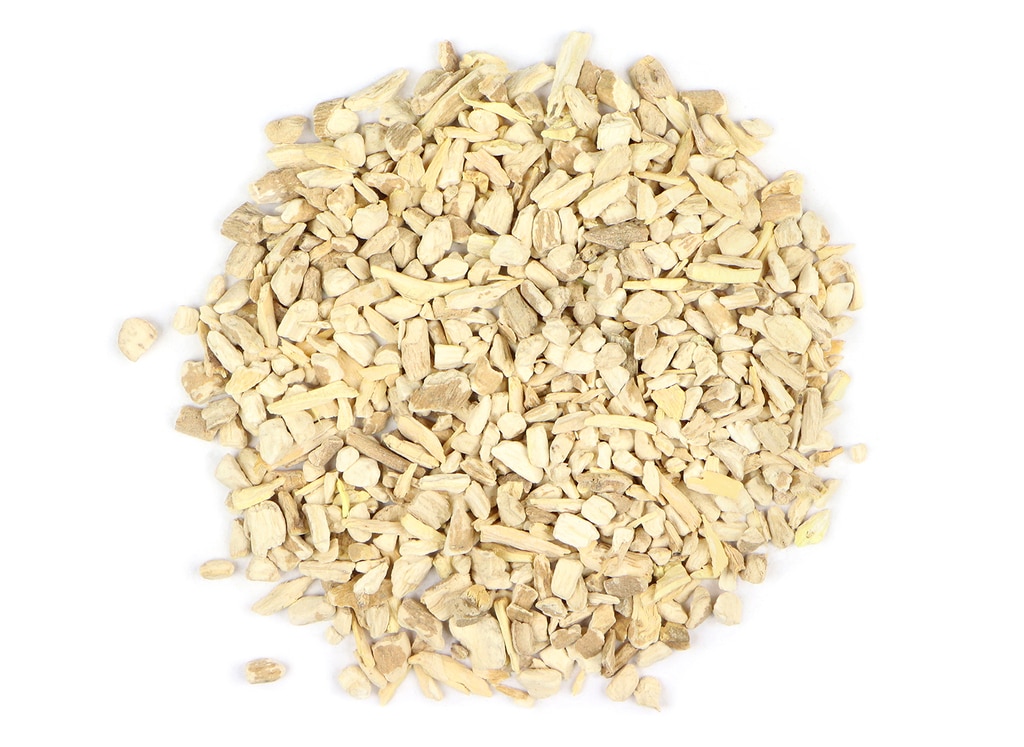
In Ayurveda, ashwagandha root is highly valued as an adaptogenic tonic. It can be decocted, integrated into herbal tea blends, and tinctured. In Ayurveda it is a helpful sleep aid and used to balance various conditions that arise from 'vata dosha' imbalances. It is believed to encourage youth and vitality + a grounding and nourishing herb, supportive to female well-being. Bitter, sweet, astringent in flavor and energetically warming (mildly). Adaptogen + nervine to help cope with stress and supports overall cognitive health. In Ayurveda, ashwagandha root is highly valued as an adaptogenic tonic. It can be decocted, integrated into herbal tea blends, and tinctured. In Ayurveda it is a helpful sleep aid and used to balance various conditions that arise from 'vata dosha' imbalances. It is believed to encourage youth and vitality + a grounding and nourishing herb, supportive to female well-being. Bitter, sweet, astringent in flavor and energetically warming (mildly). Adaptogen + nervine to help cope with stress and supports overall cognitive health.
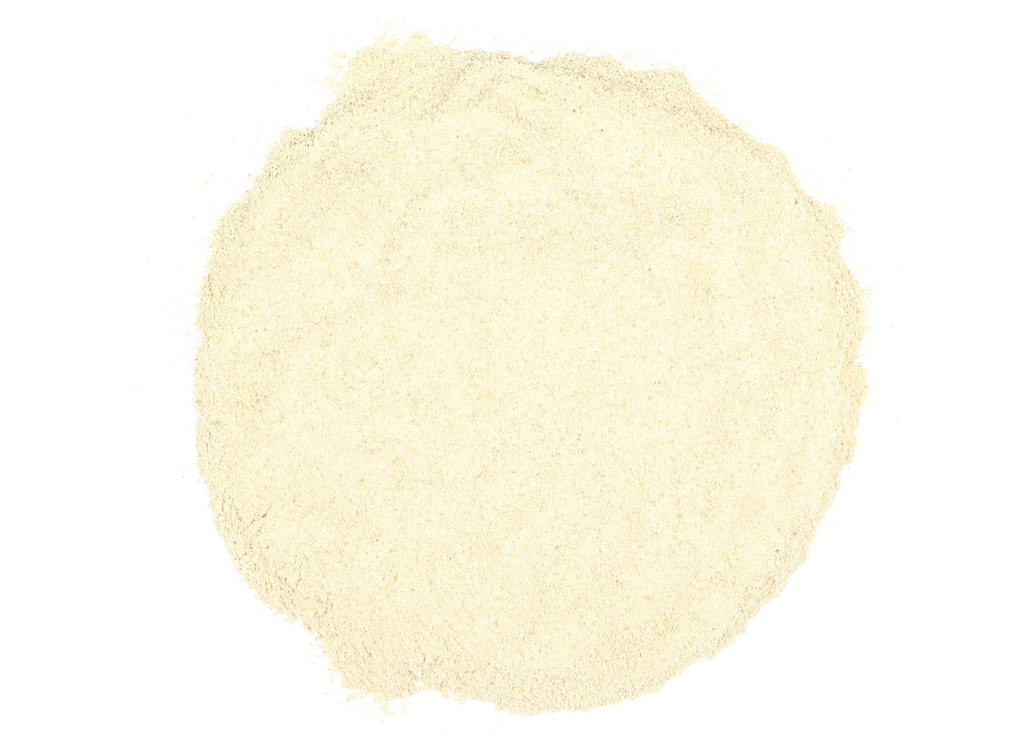
The powder can be a wonderful ingredient with the above attributes -- used in nourishing recipes
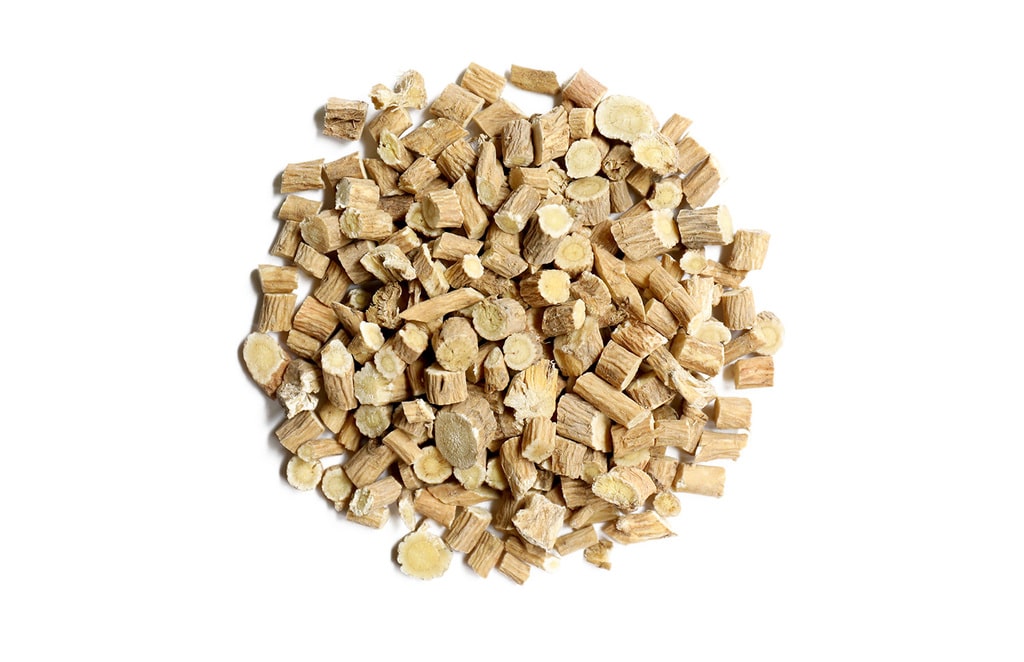
The dried root can be tinctured, decocted as astragalus tea, and simmered into soups, stews, and broths. Astragalus supports immune health to help you stay feeling your best and supports the body’s immune defenses to stay feeling healthy. Astragalus is used in Traditional Chinese Medicine as an adaptogen to help increase energy and resistance to stress.
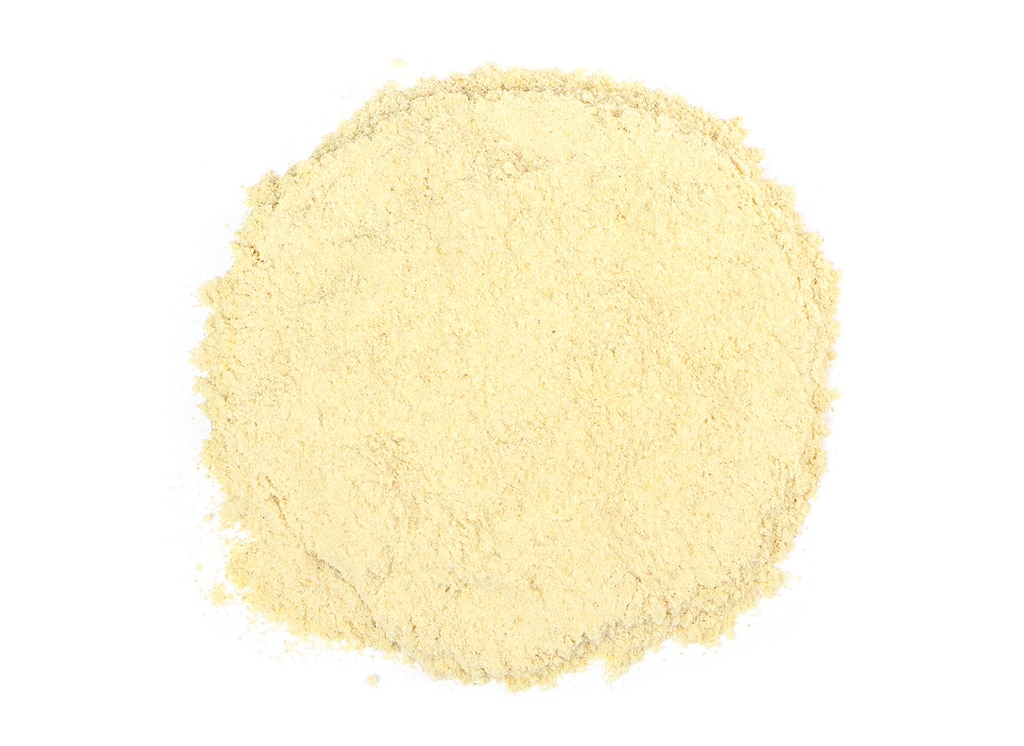
The powder can be a wonderful ingredient with the above attributes -- used in nourishing recipes
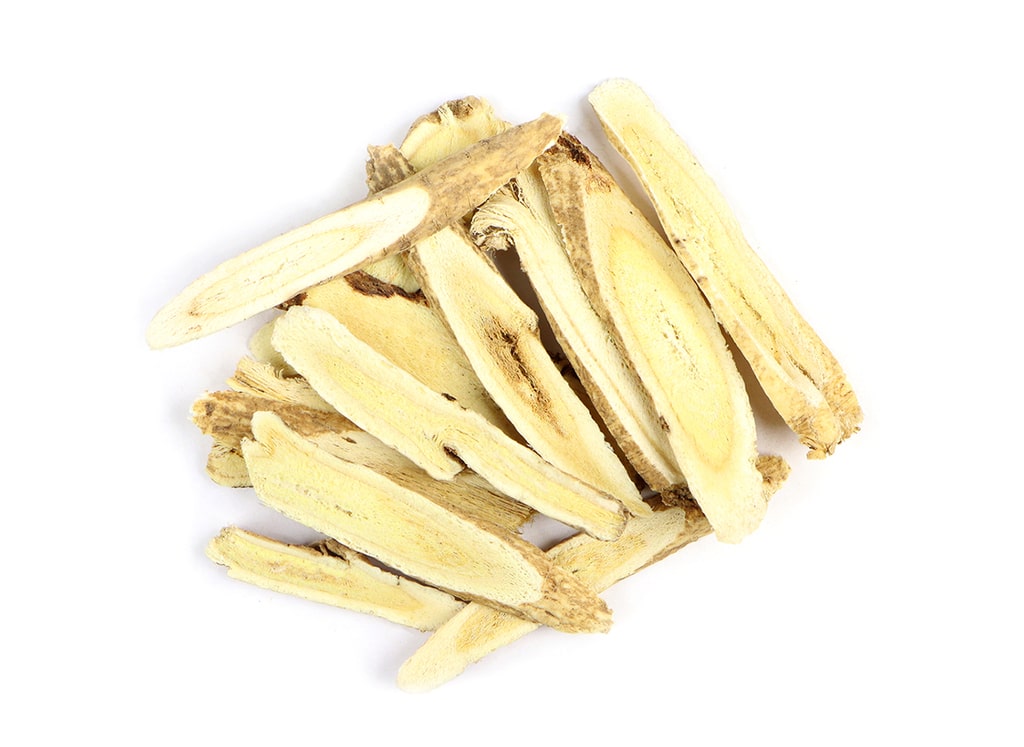
Lorem ipsum dolor sit amet, consectetur adipiscing elit. Ut elit tellus, luctus nec ullamcorper mattis, pulvinar dapibus leo.
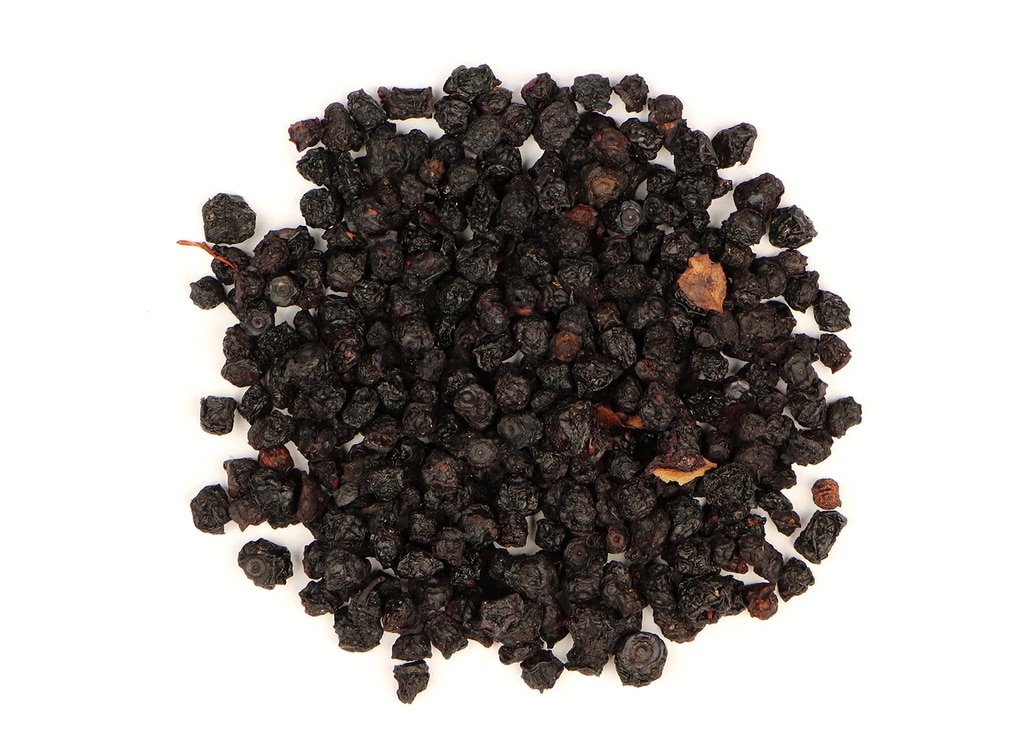
Lorem ipsum dolor sit amet, consectetur adipiscing elit. Ut elit tellus, luctus nec ullamcorper mattis, pulvinar dapibus leo.
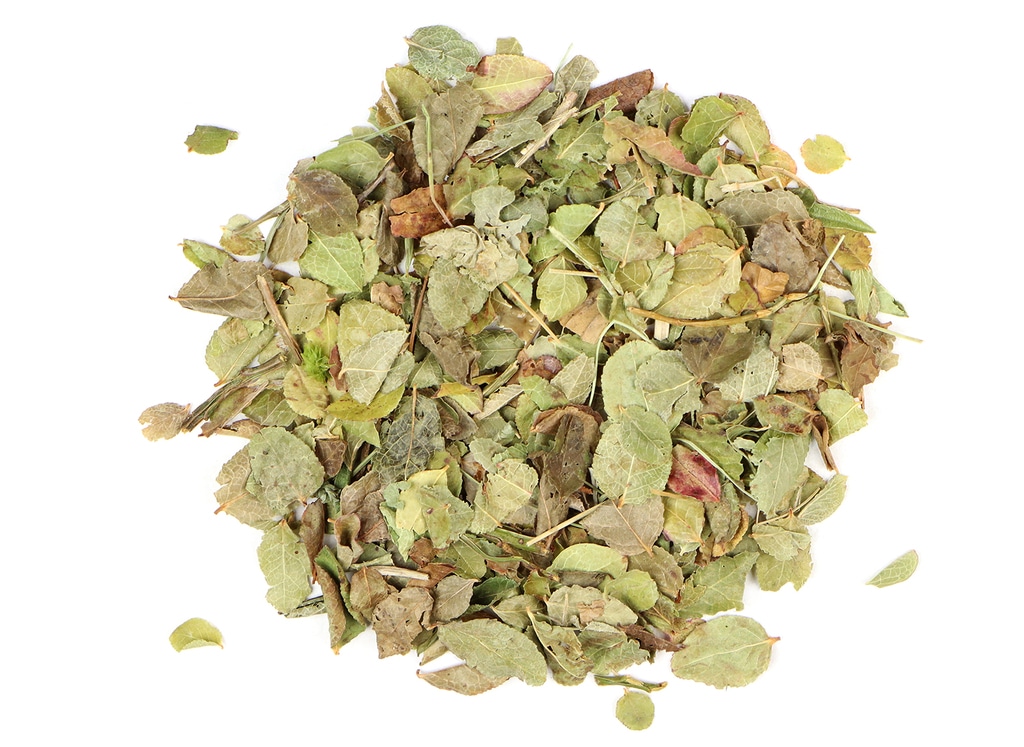
Bilberry fruit can be used in infusions, smoothies, baking recipes, trail mixes, and granola. Bilberries can also be macerated in liqueurs, vinegars, and syrups and makes a delicious tincture. Carol uses bilberry to help strengthen circulation with an affinity to eye health support, treatment of cataracts.
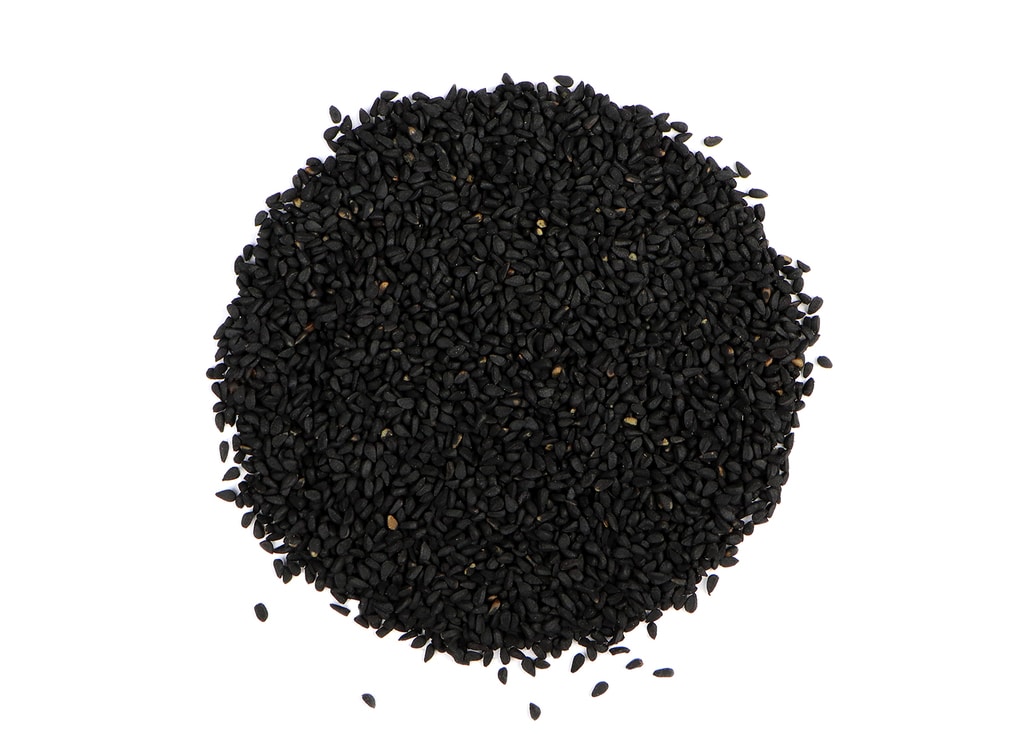
Black seed is savory, pungent and slightly bitter to taste. Also called black cumin seed, black seeds are employed to flavor curries, vegetables, and breads.
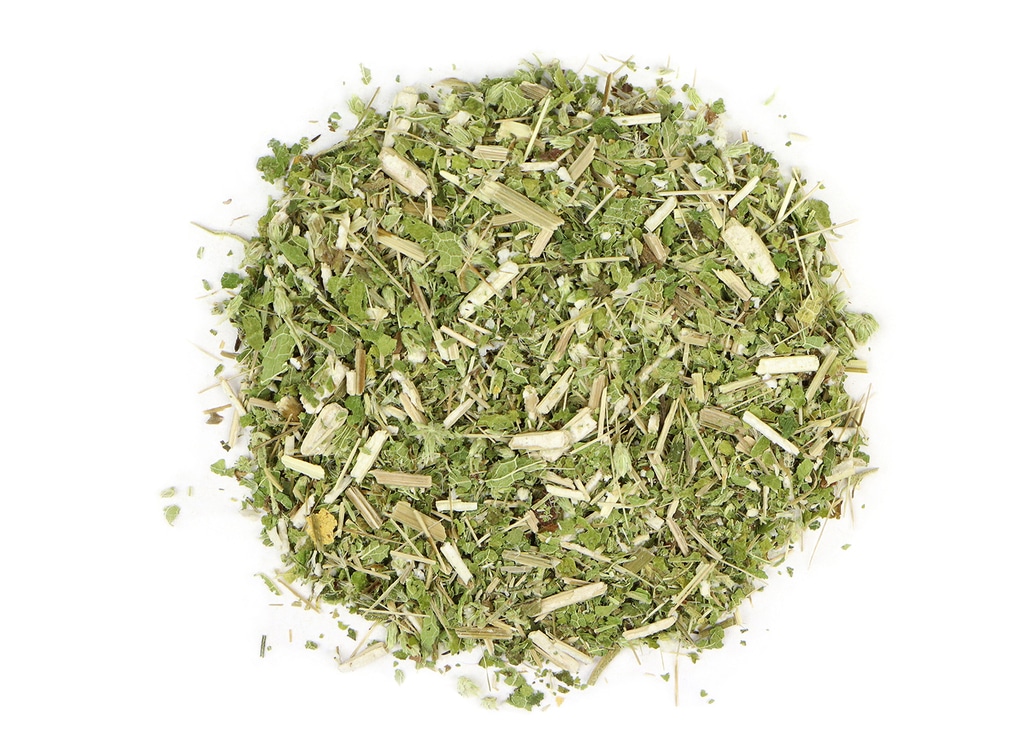
Astringent and bitter, the dried aerial portions of boneset can be prepared as an extract, or as a warm or cold infusion. The tea is bitter. Carol uses boneset in tincture form in formulae to support prevention of the flu and treatment of the flu -- It is a diaphoretic herb which helps move the medicine to the extremities and helps with that "Hit by a Mack truck feeling" of traditional flu symptoms.
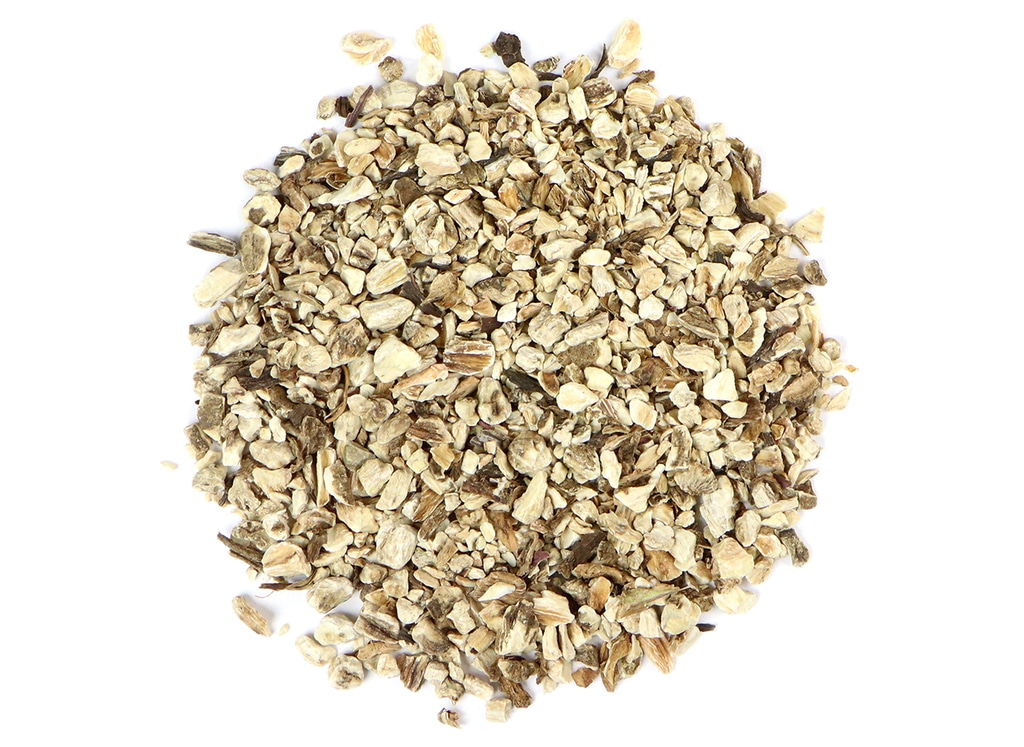
Burdock is an ancient medicine. It's an alterative and valued for its cleansing and skin smoothing properties. The entire plant is edible and is a popular vegetable in Asia, particularly in Japan. More recently, burdock has been an ingredient in hair tonics and in cosmetics for mature skin.
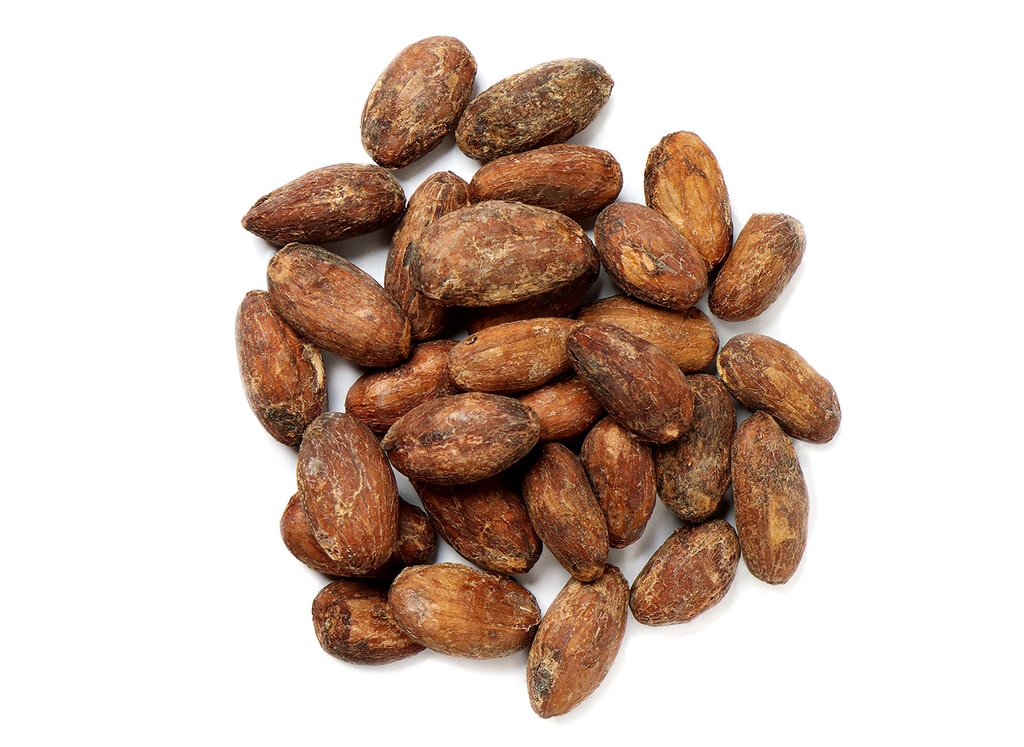
Lorem ipsum dolor sit amet, consectetur adipiscing elit. Ut elit tellus, luctus nec ullamcorper mattis, pulvinar dapibus leo.
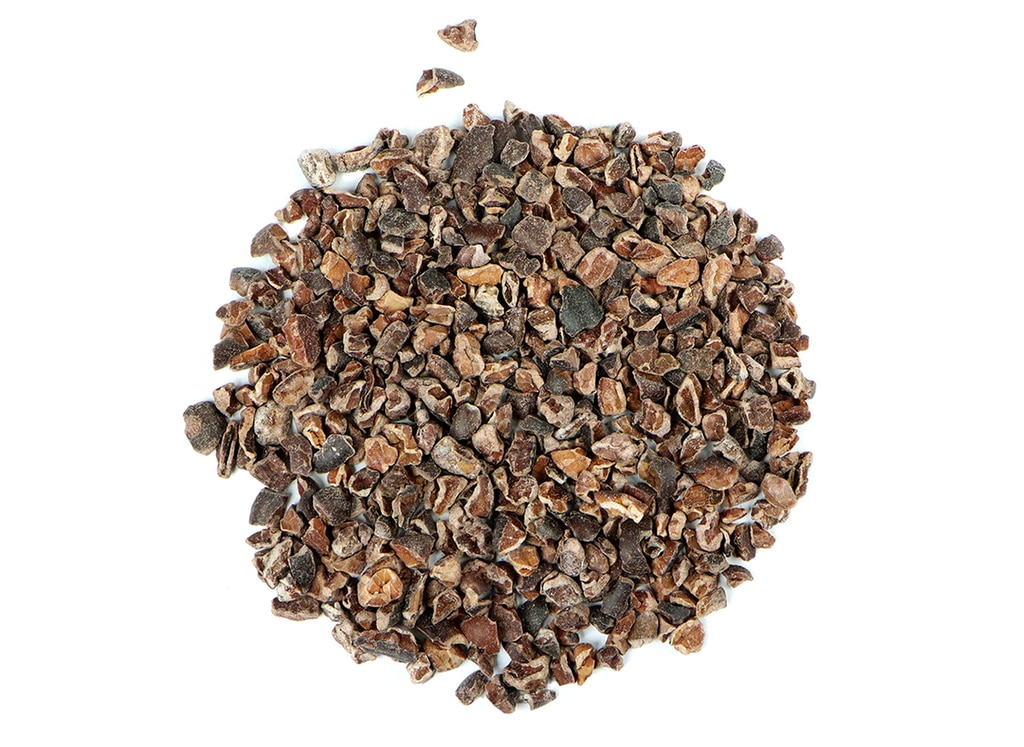
These cacao nibs are lightly roasted to bring out deep, earthy flavors and a slight bitterness. Organic, fair trade, roasted cacao nibs can be enjoyed in baking recipes, savory dishes like mole, smoothies, liquors, or simply as is.
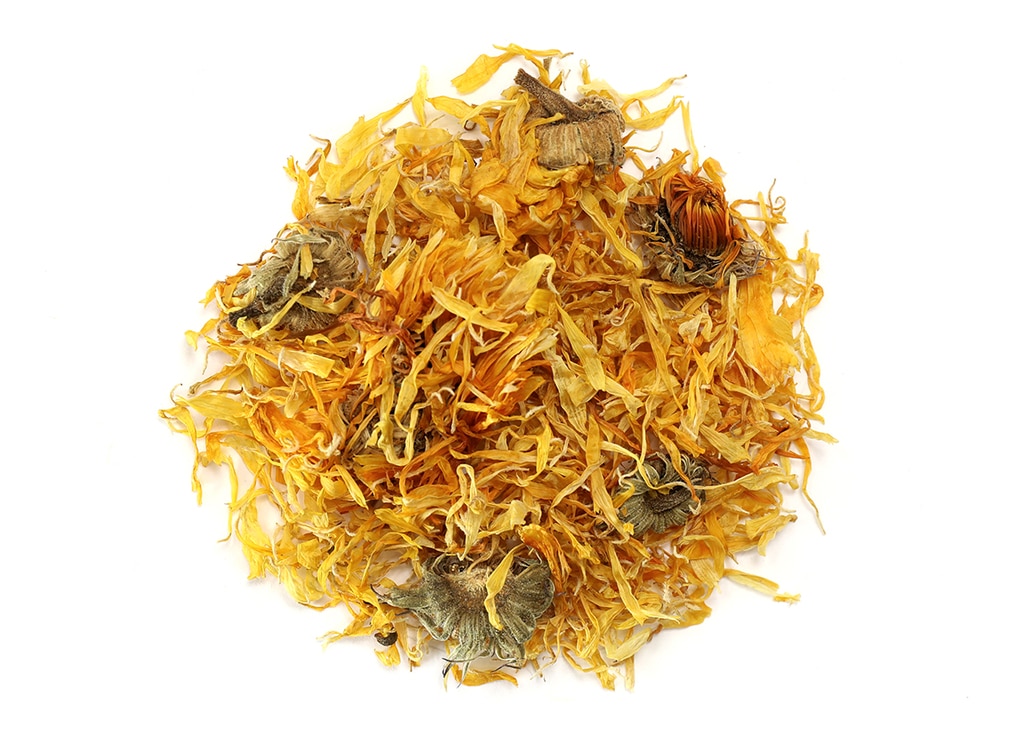
Calendula flowers can be infused in oils and incorporated into lotions, creams, and balms. They brighten herbal tea blends and make a tasty calendula tea infusion.
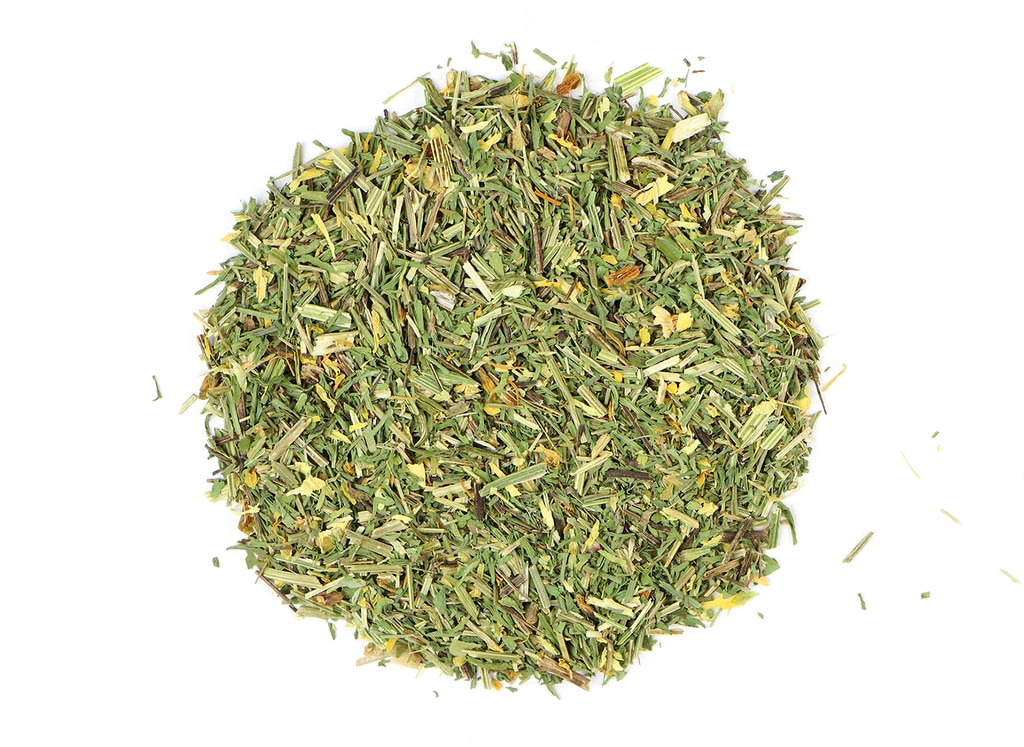
The herb is commonly combined in botanical formulations, drunk as California poppy tea, or macerated as a tincture. Dried aerial portions of the California poppy are most frequently used as a tincture or infusion. Commonly combined with birthwort, night-blooming cereus, kava, lavender, passionflower, St. John's wort, and/or valerian.
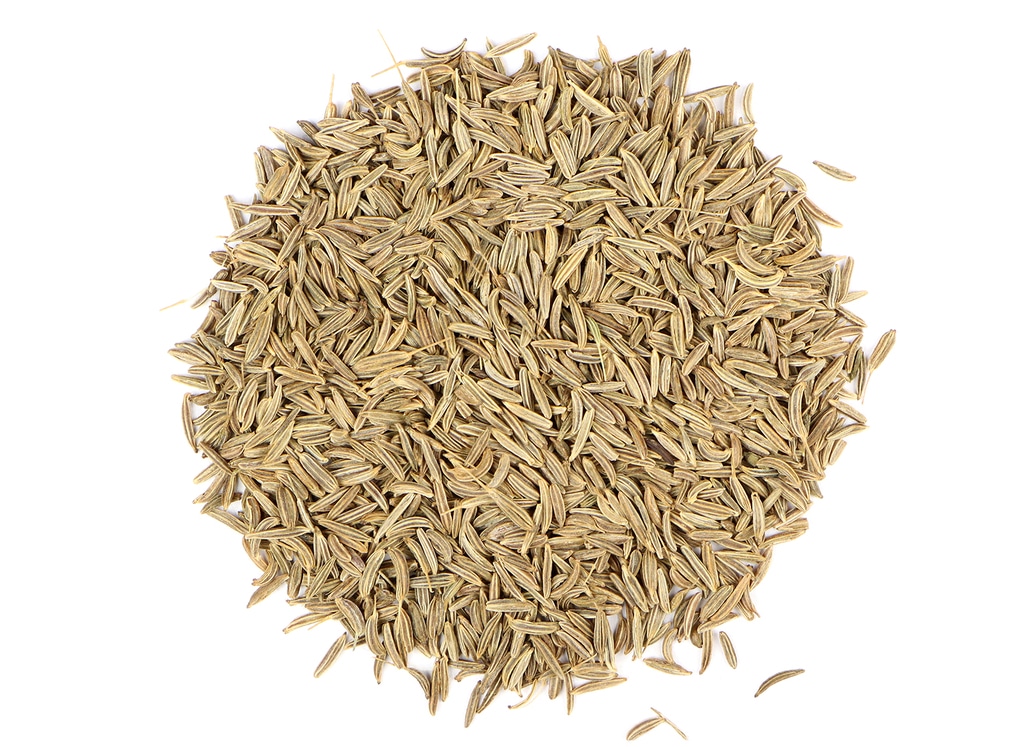
Warming and aromatic, caraway is often used as a spice in culinary dishes and baking recipes. It is especially popular in rye breads, cabbage dishes, and pickles, but it can also be found in teas and liqueurs, imparting a distinctive flavor.
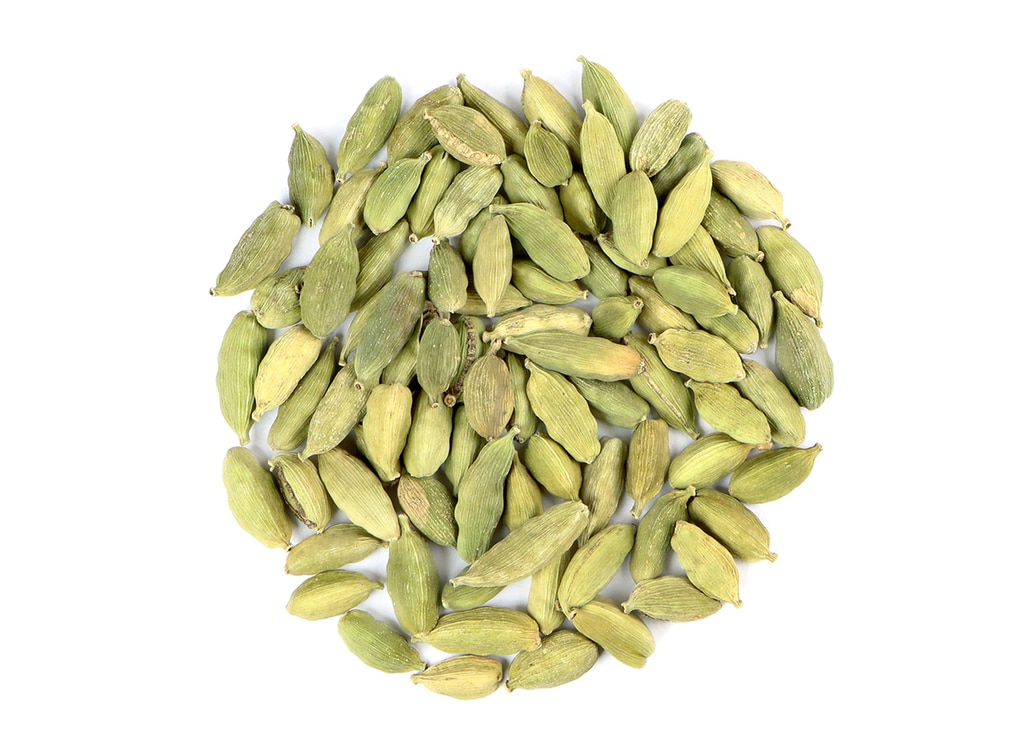
Cardamom is an intense and aromatic spice. Green cardamom pods have a complex, delightful flavor and are an important ingredient in chai tea blends. Cardamom pods are ideal for longer term storage and can be cracked, then ground fresh. Use whole cardamom to flavor curry dishes and ''chai' tea and coffee drinks.
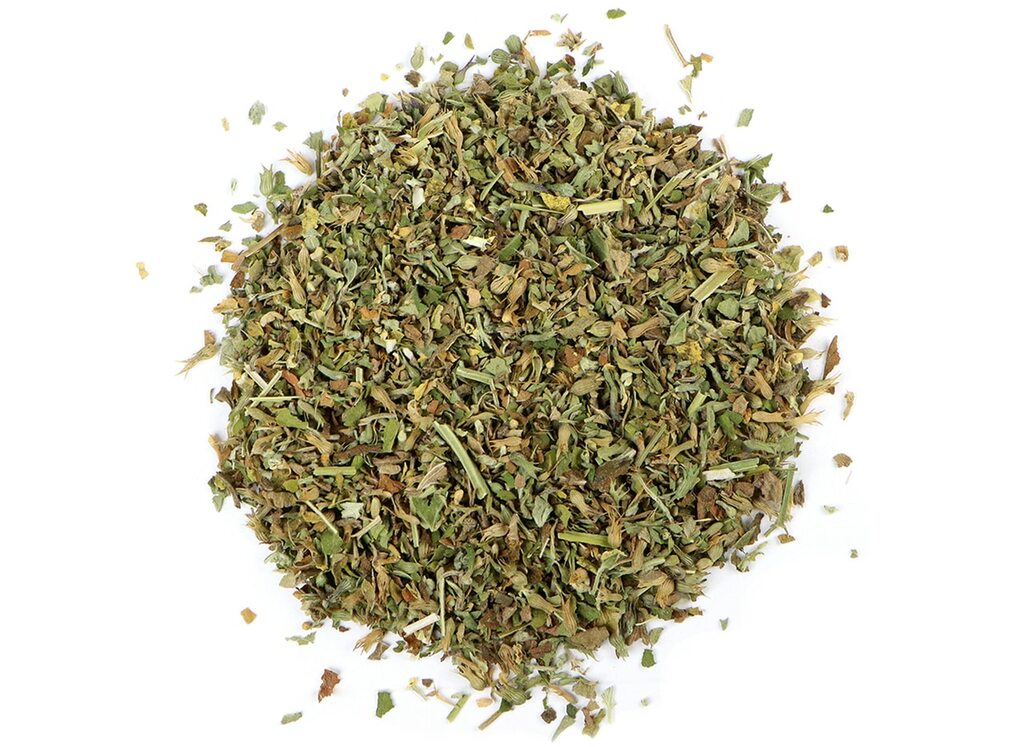
It may drive your cat crazy but for us humans it is nourishing and calming. It was prized for its ability to calm occasional nervousness and promote restful sleep. It was employed as a relaxant and diaphoretic and was thus helpful in cases of occasional restlessness Considered extremely useful for children, it was often used to support healthy digestion and soothe the stomach. Further, it was applied externally as a poultice. Super tea herb.. in formula for calming and relax.
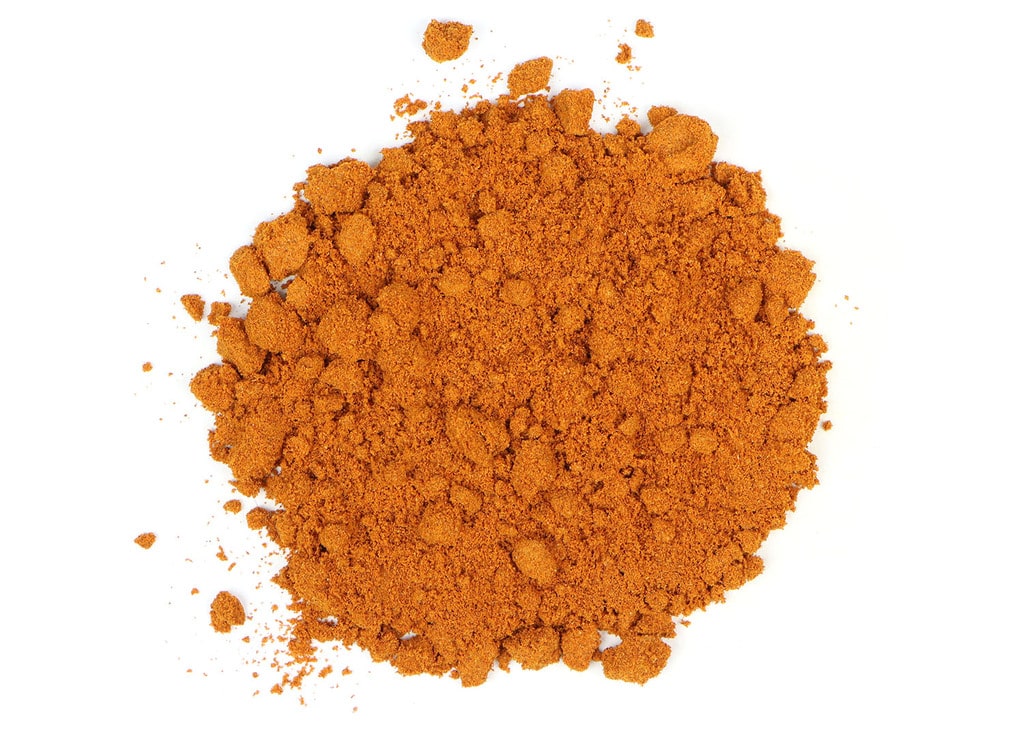
Cayenne pepper is widely used in cooking for its bright heat profile and can be added to seasoning blends, sauces, and sprinkled onto grilled vegetables for a spicy bite. Cayenne powder has traditionally been employed by cultures worldwide for its many healthful properties and can be found infused into oils, vinegars, and even herbal foot soaks.
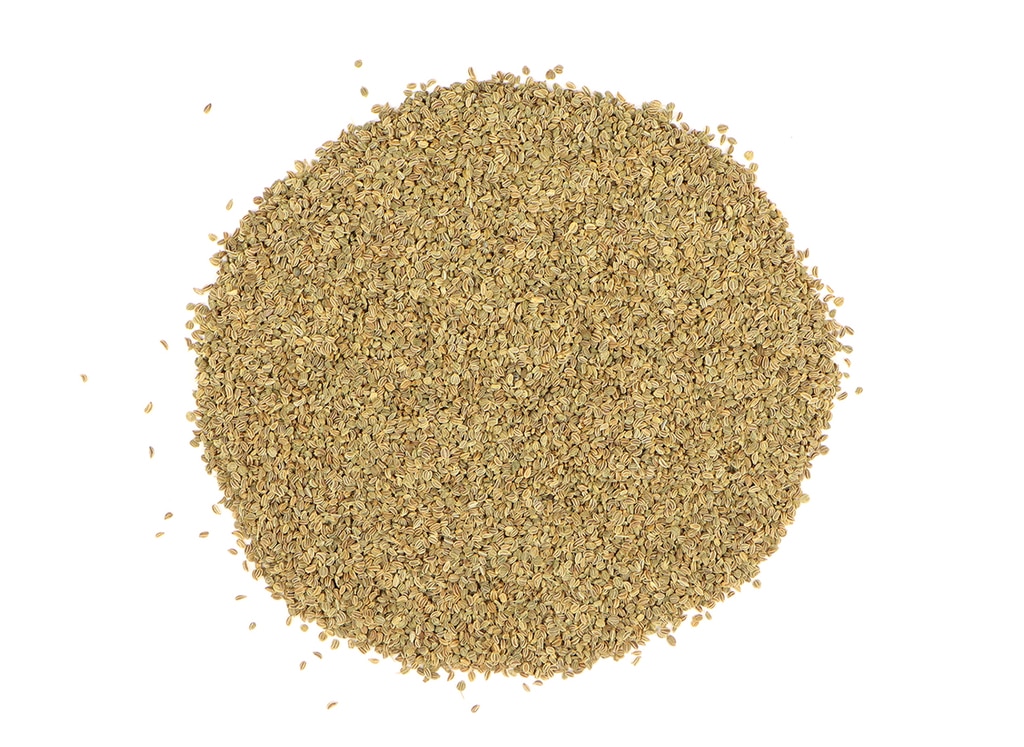
Celery seeds are a warming, slightly bitter spice often used in culinary dishes. Celery seed can be added to spice blends, marinades, pickling recipes, and beverage mixes. In herbalism, the seeds are prepared as a tea or extract.
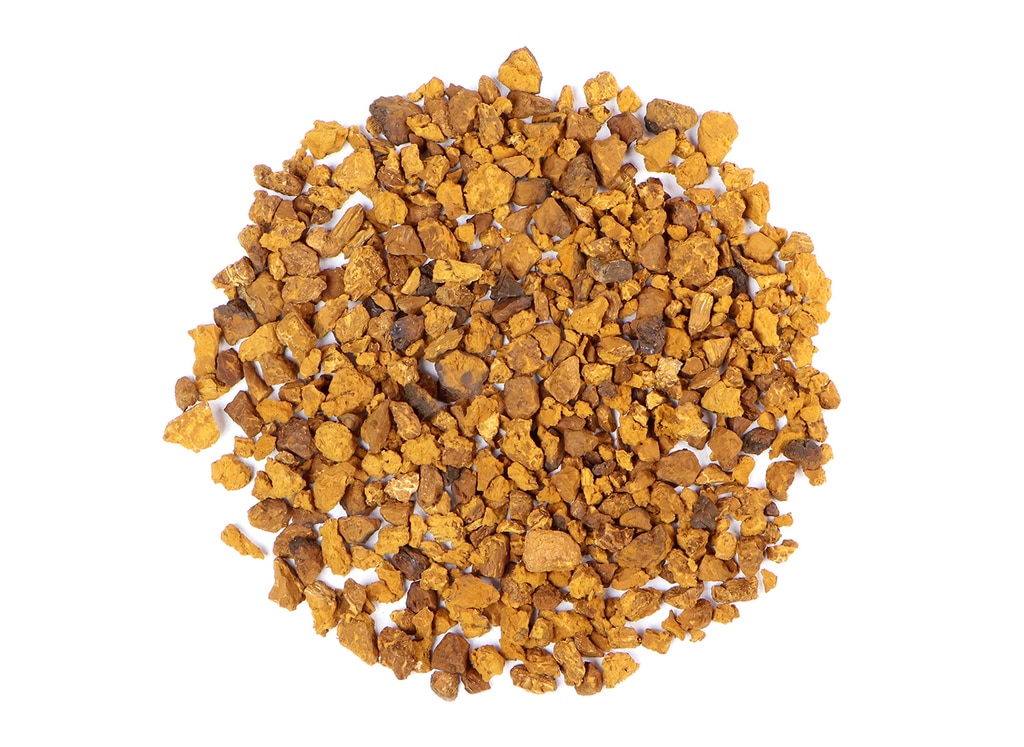
These organic chaga mushrooms can be decocted into chaga tea and incorporated into broths and soups. Powerful medicine.
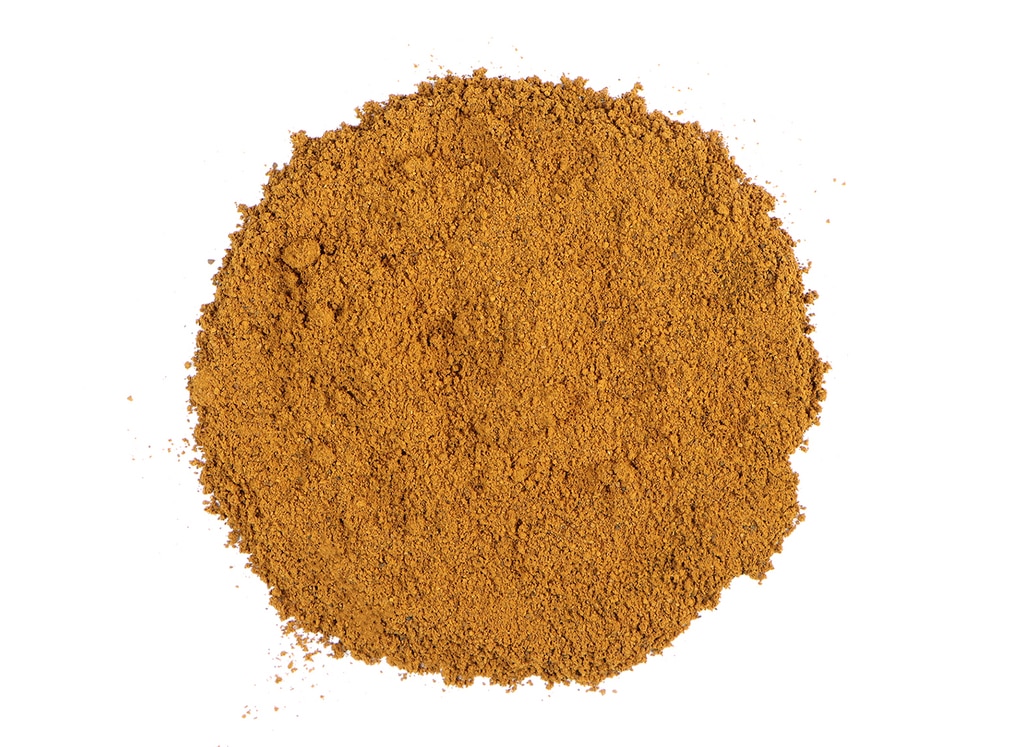
Chaga powder can be tinctured, decocted, encapsulated, or blended into a mushroom hot chocolate.
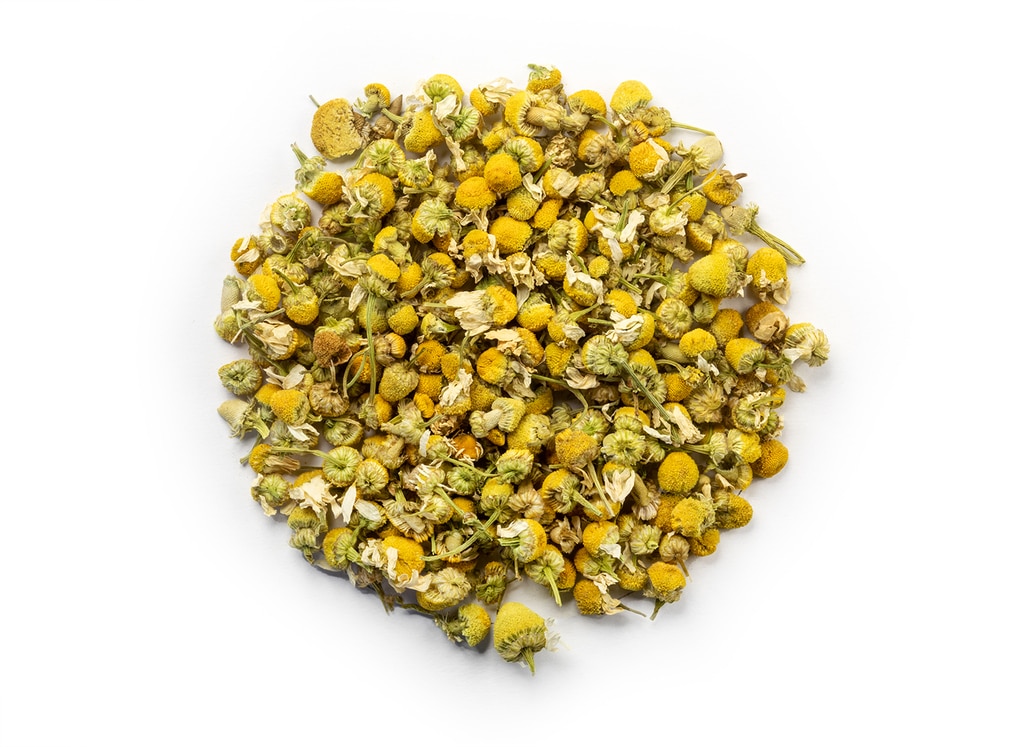
Chamomile is renowned for its gentle actions. German chamomile is most often prepared as an infusion of chamomile tea, and the flowers are widely used in hair and skin care recipes. Chamomile promotes relaxation and supports digestive health. She is a gentle herb known throughout most of the world which has been used continually for many centuries. It is often ingested as a tea for calming purposes and to soothe the digestive tract and is mild enough to be administered to babies. Chamomile is soothing to the skin and is often found in lotions and hair products.
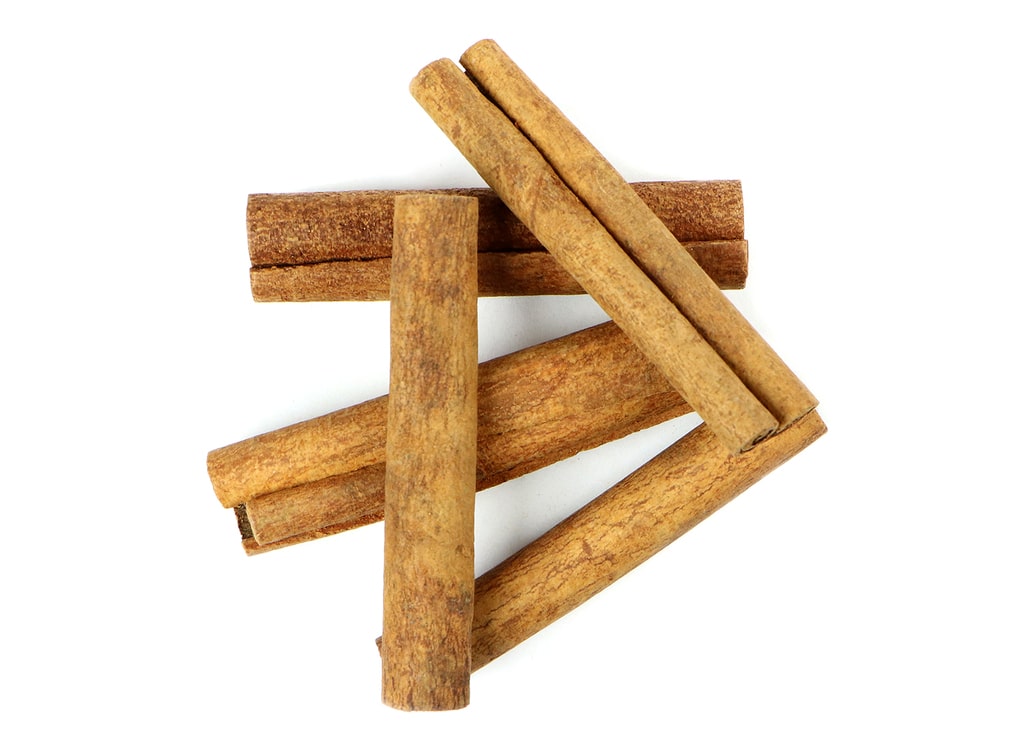
These 'cassia' cinnamon sticks are hand-rolled from freshly harvested bark. They can be added whole to mulling wines or used as a stirrer for coffee, tea, or hot cocoa, simultaneously releasing their delightful aroma
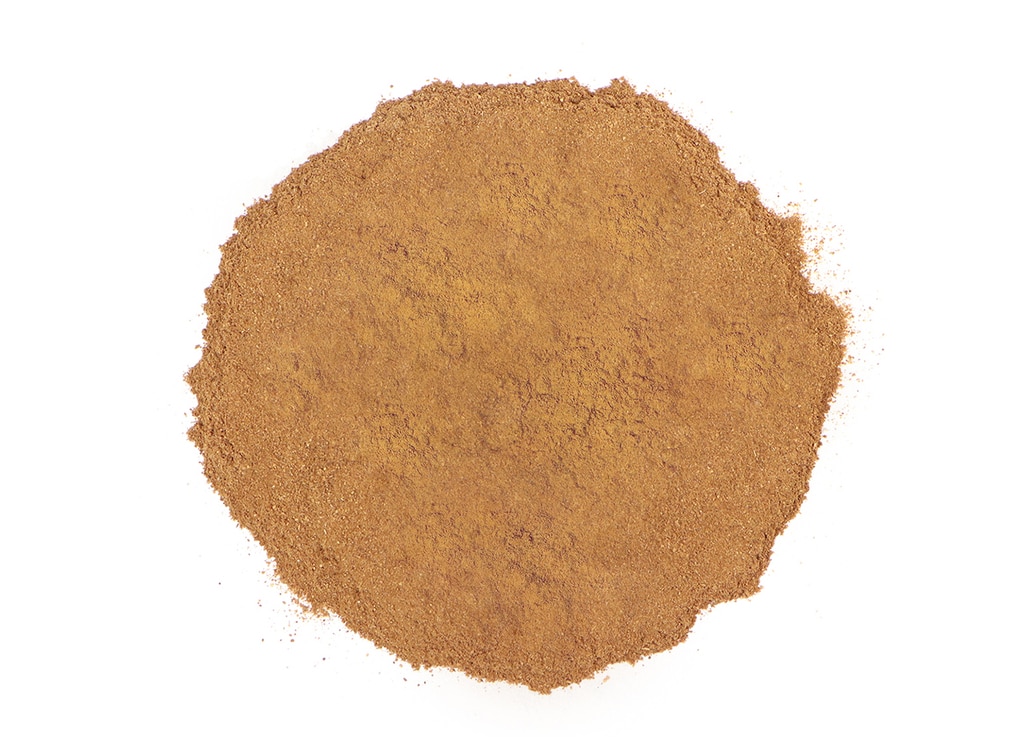
This 'true cinnamon' is an organic sweet cinnamon powder can be encapsulated, tinctured, infused, and added to a variety of spice blends.
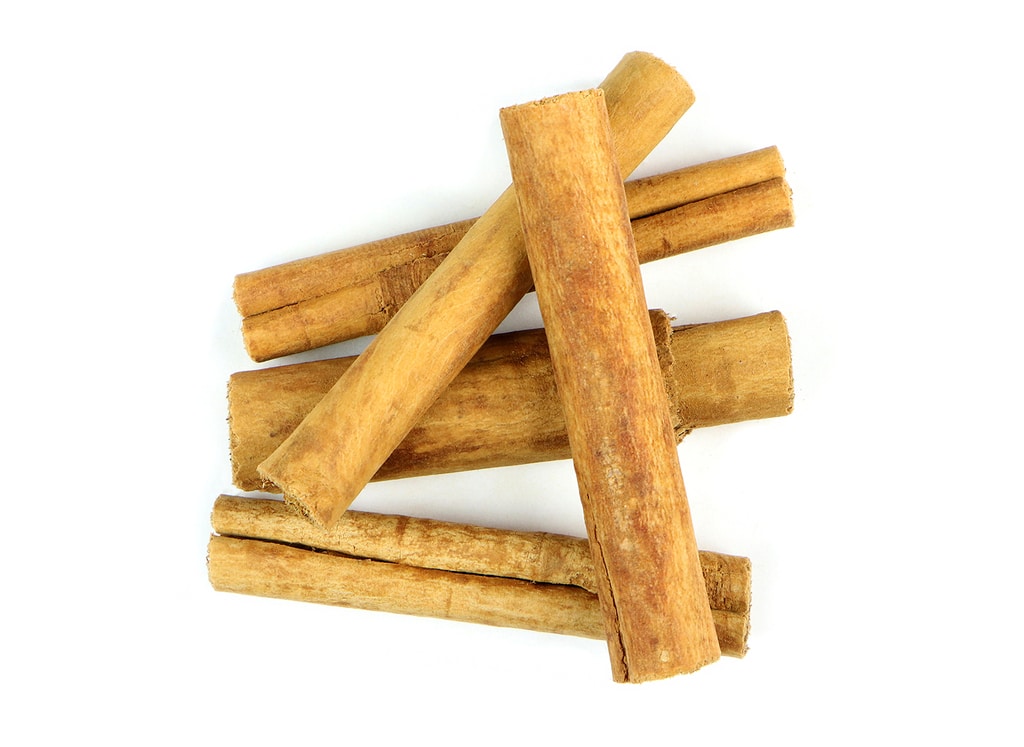
Ceylon cinnamon, also known as sweet cinnamon, is now popular around the world with its diverse range of uses from confectionaries and cordials, to perfumes and cosmetics. One of our favorite uses for Cinnamomum verum is in cinnamon tea.
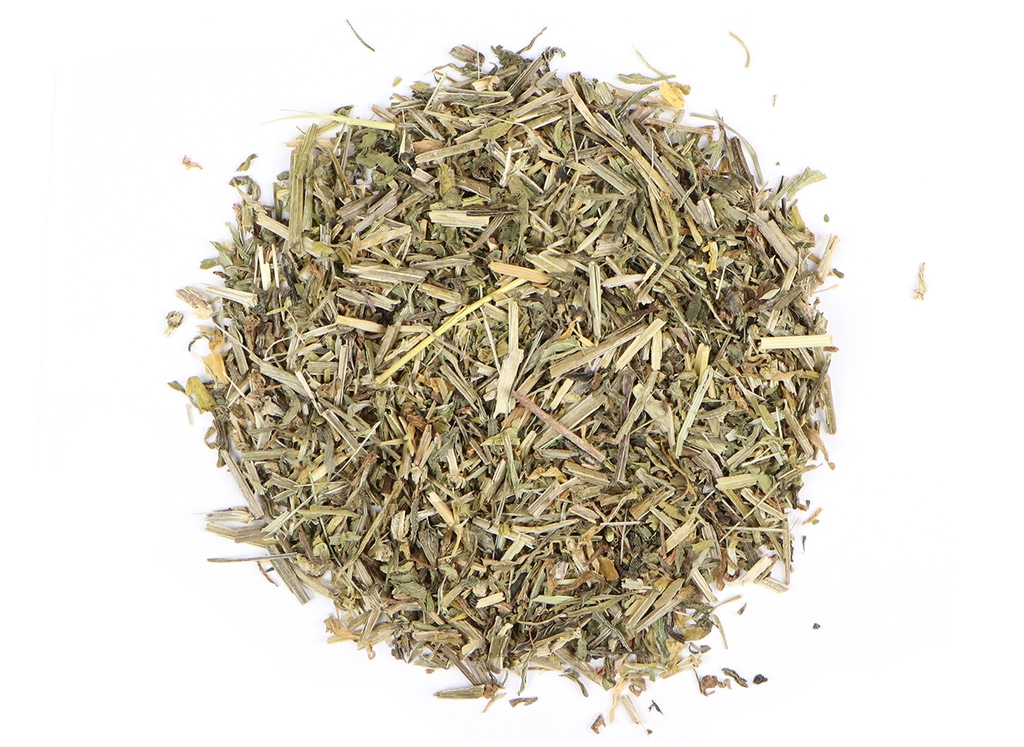
Dried cleavers have a slightly bitter taste. Famed 'lymphatic' herb. It can be tinctured, steeped as tea, or used topically.
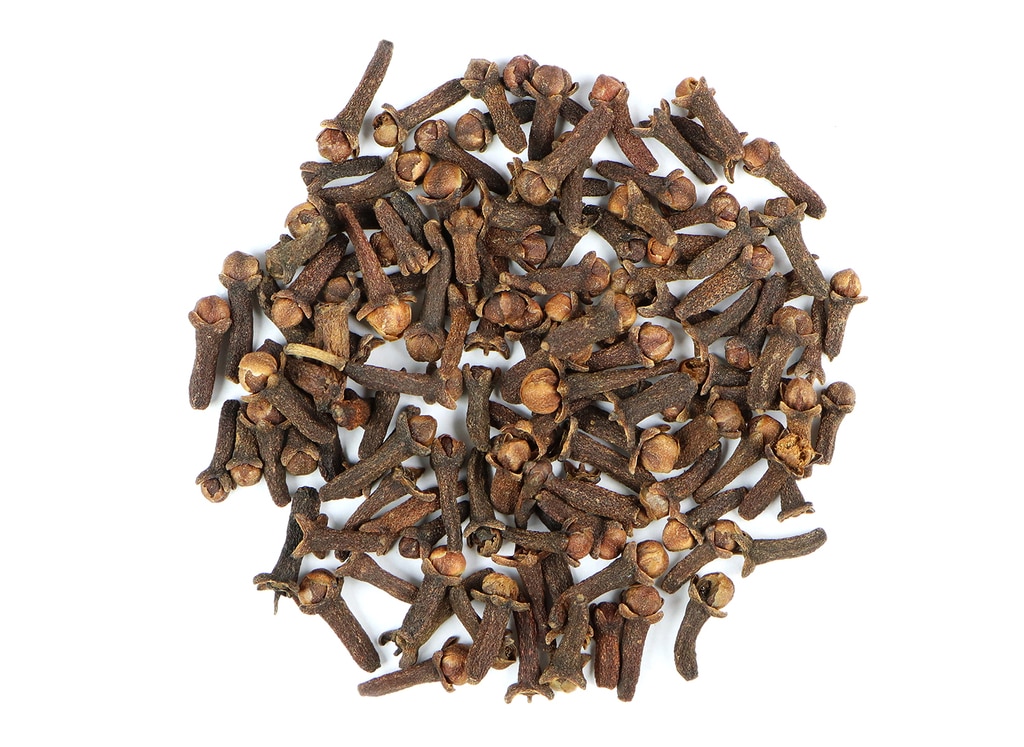
Clove remains a popular ingredient in baking, mulled wine, chai tea, and herbal formulations. Stimulating and aromatic, whole cloves are used in savory dishes in Middle Eastern, north African, Chinese, and Indian cuisines. Clove is used in perfumes, mulled wine, and even love potions! Clove oil has been used in dentistry. Cloves are famous as a deterrent for 'rodents'.
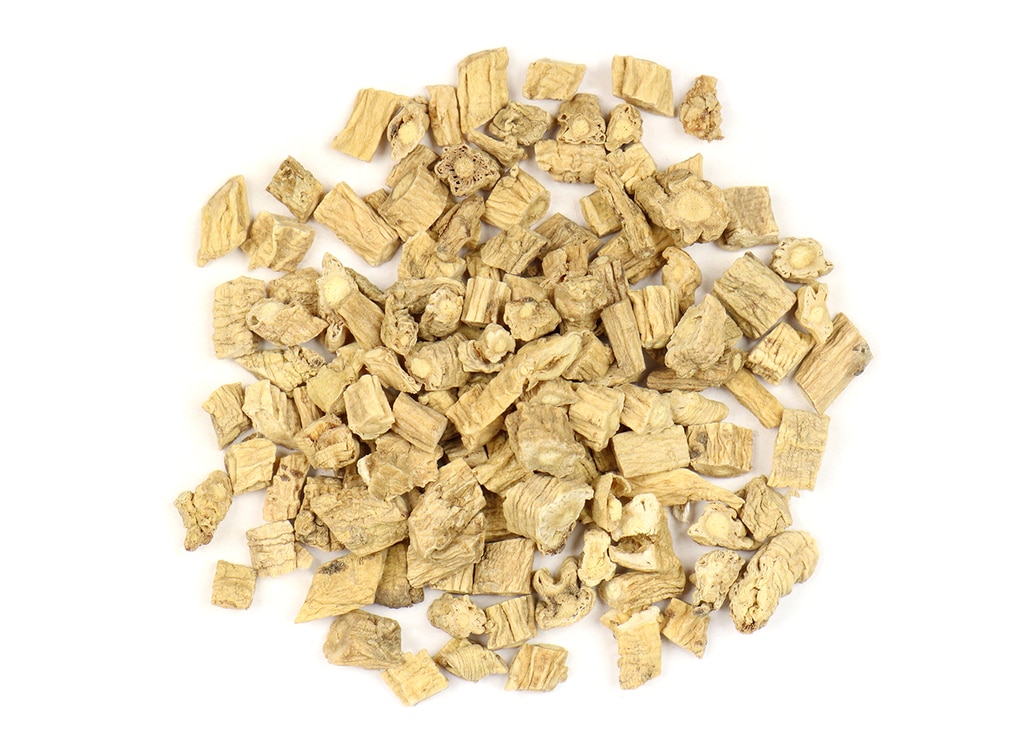
Codonopsis is referred to as dang shen in Traditional Chinese Medicine (TCM) where it has been employed for its healthful qualities for centuries. Often used in herbal formulas in place of ginseng, codonopsis root is considered a gentle qi (energy) tonic and adaptogenic herb in TCM.
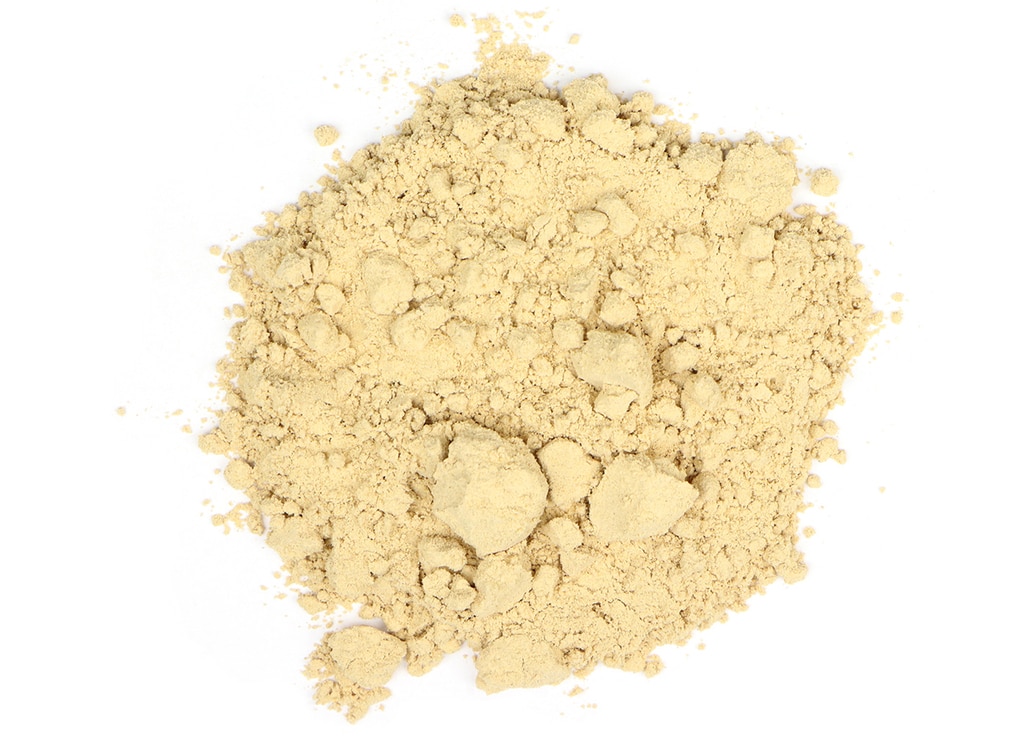
Cultivated organically in the USA, this Cordyceps consists of the dried mycelium that is cultivated on organic oats. Traditionally prepared in Chinese medicine as a broth, it can also be used as an extract, as a tea, or in capsules.
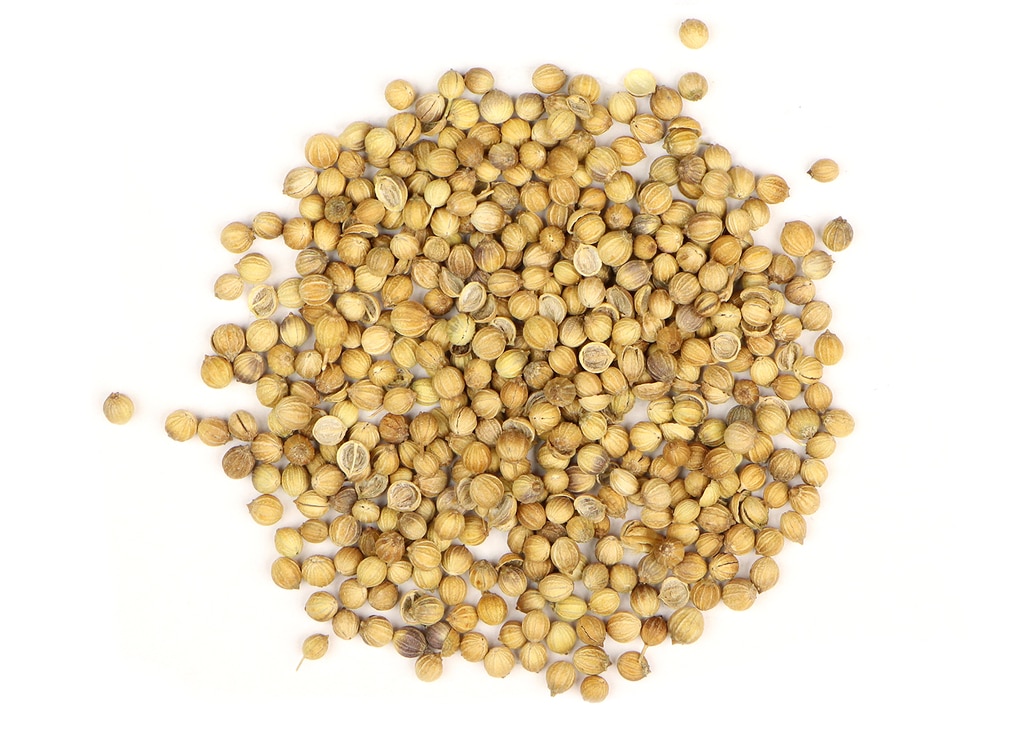
The seeds are warming and have a slightly nutty and citrus flavor that are intensified when roasted. Coriander seeds can be ground fresh before use or kept whole and added to marinades, sauces, and rubs. It is often used to support digestion and is used in soups, stews and in meat dishes. Has been used in production of beer and in several liqueurs.
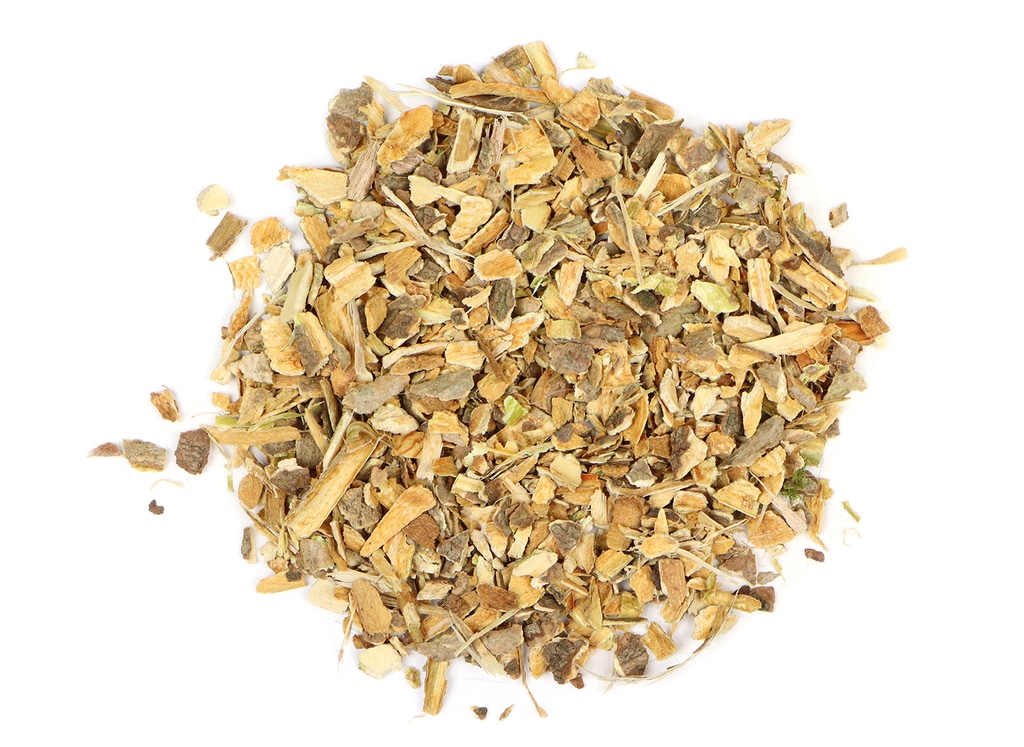
The bark can be decocted, infused, or tinctured.
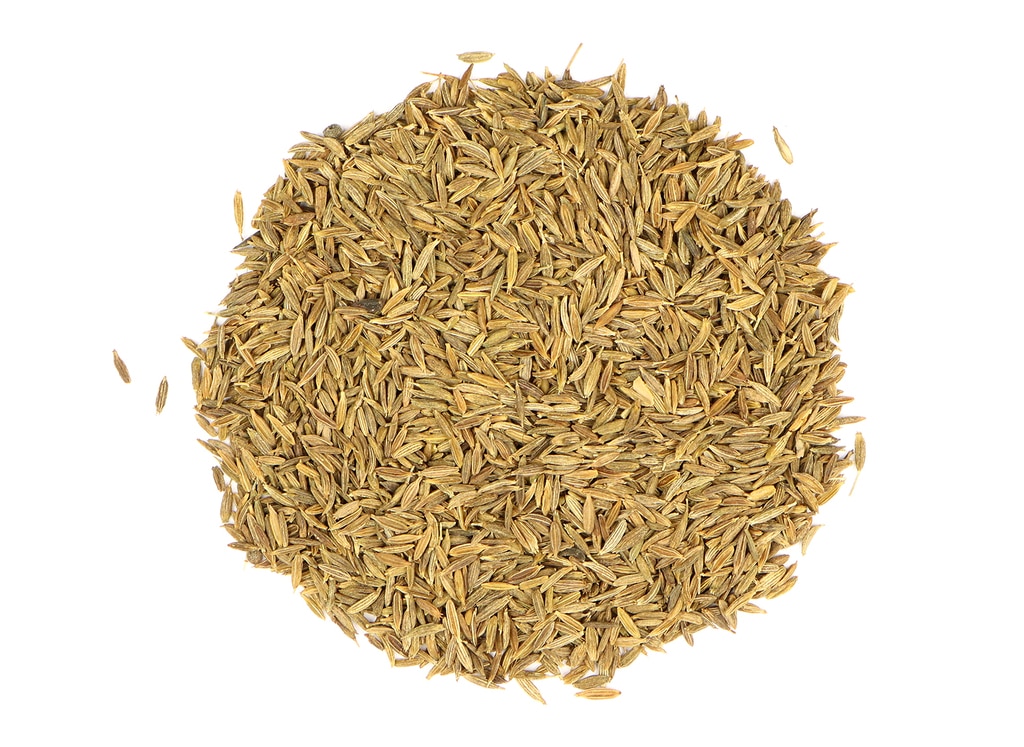
Cumin is used in spice mixes, sauces, and condiments. Cumin seeds have been used since the era of ancient Egypt and are employed for their healthful properties in Ayurveda. Cumin seed can be toasted and kept whole or crushed and added to breads, baked goods, cheeses, and savory dishes.
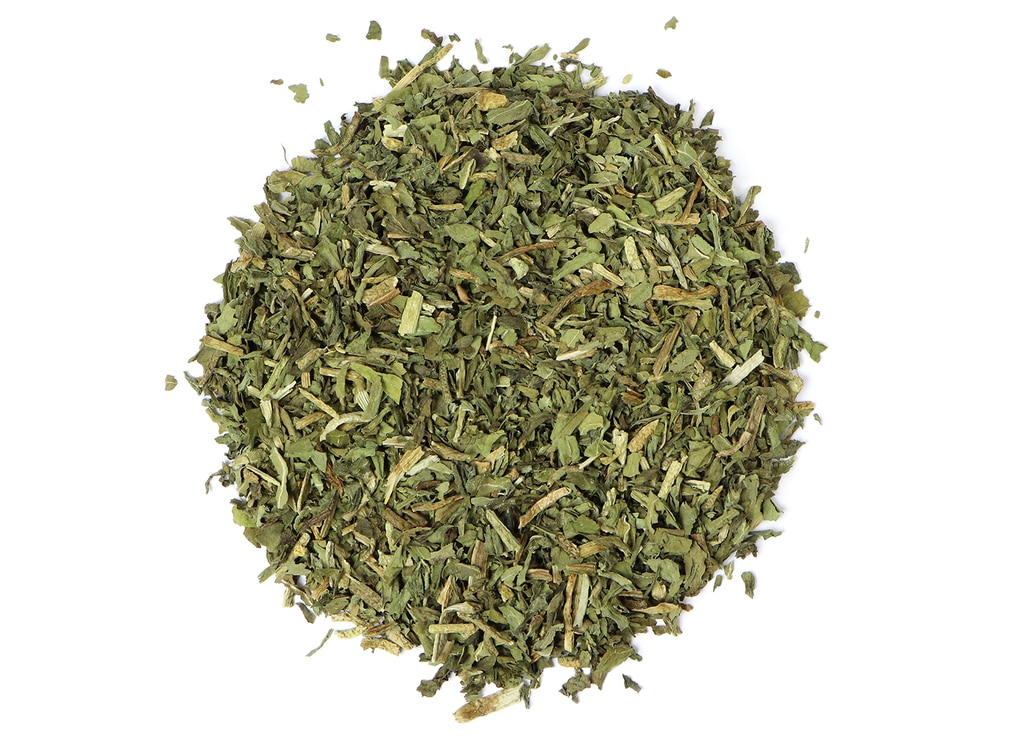
Dandelion leaves can be brewed as dandelion leaf tea, tinctured as dandelion extract, or added to soups. Traditionally used to support digestive and gastro-intestinal health, liver health, support urinary function. Believed to have diuretic qualities.
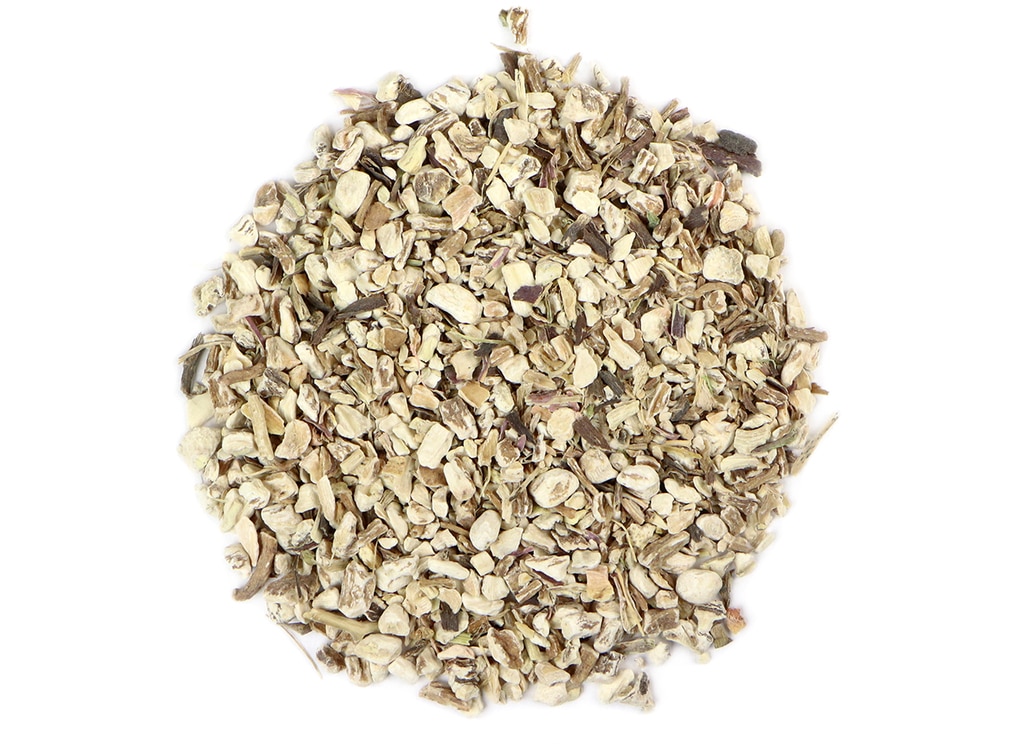
Dandelion root can be decocted as dandelion tea, added to herbal tea blends, made into dandelion extract, or infused into body care recipes. Traditionally used to support digestive and gastrointestinal health
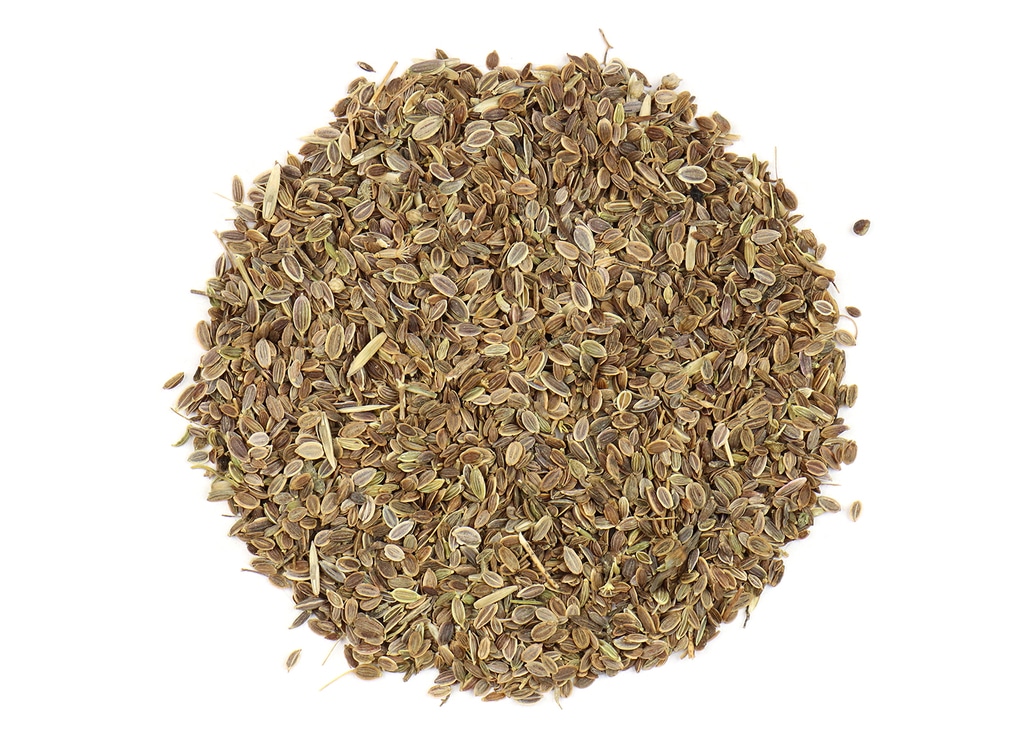
Dill seeds are pleasantly aromatic with a flavorful, yet bitter taste. Dill seed has been used in traditional herbal practices for its beneficial properties and is also a pungent culinary spice. Typical preparations include infusions, extractions, and macerating in liqueur or vinegar. Dill seed can also be used to flavor baked goods and pickling recipes.
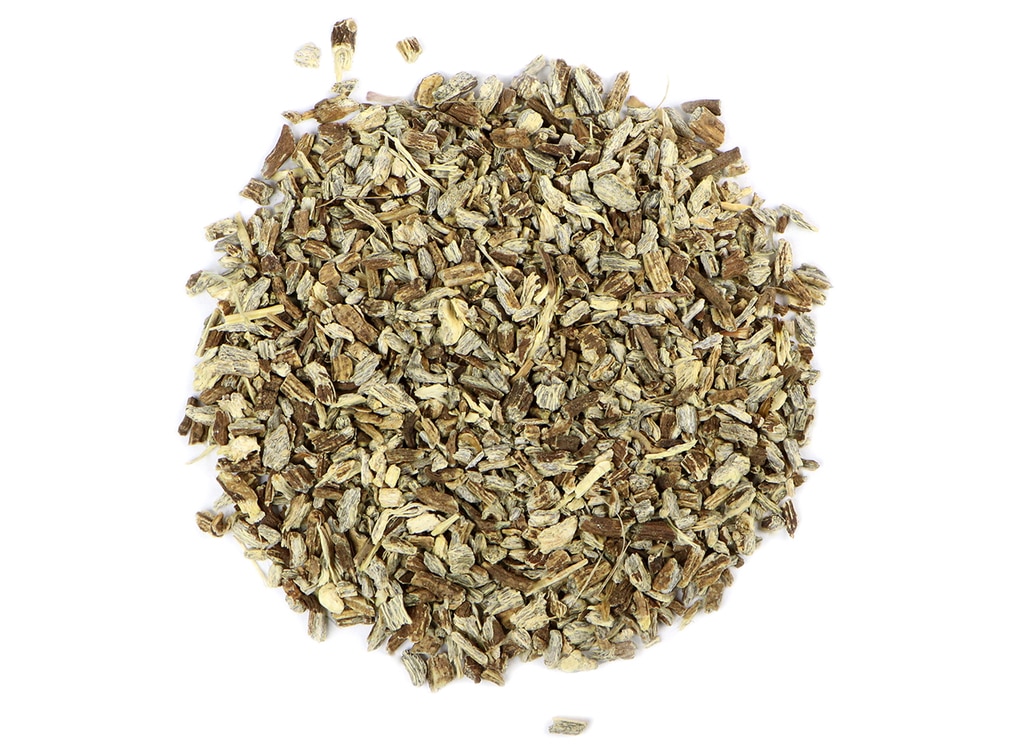
Echinacea root can be steeped as echinacea tea, tinctured, and infused into topical oils.
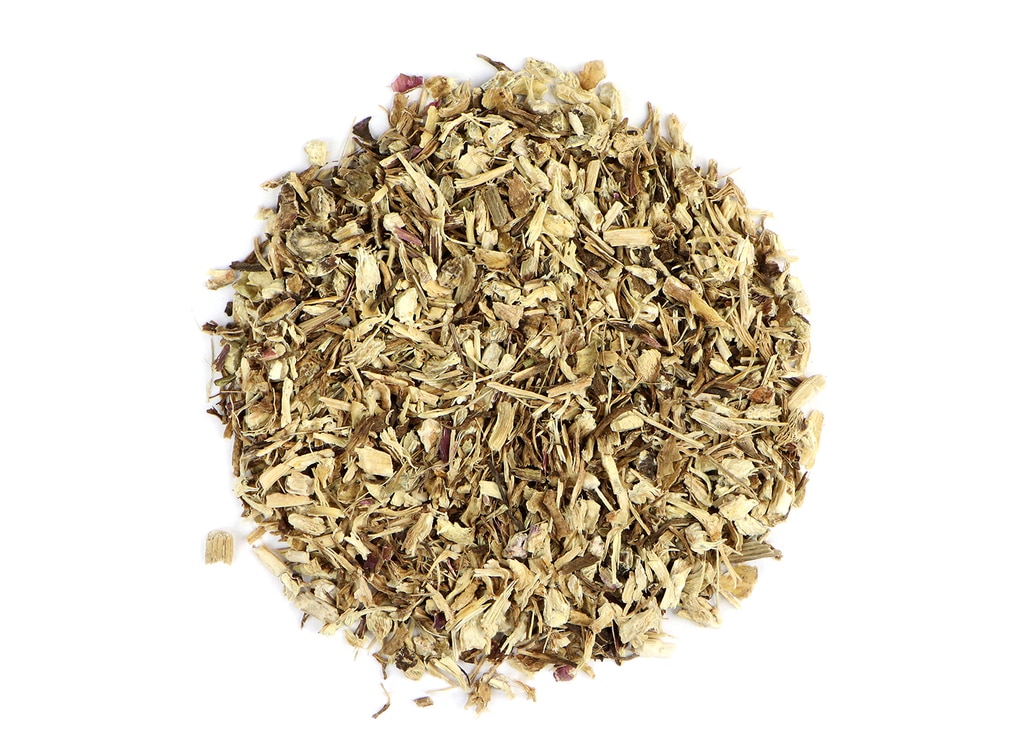
Echinacea root can be steeped as echinacea tea, tinctured, and infused into topical oils.
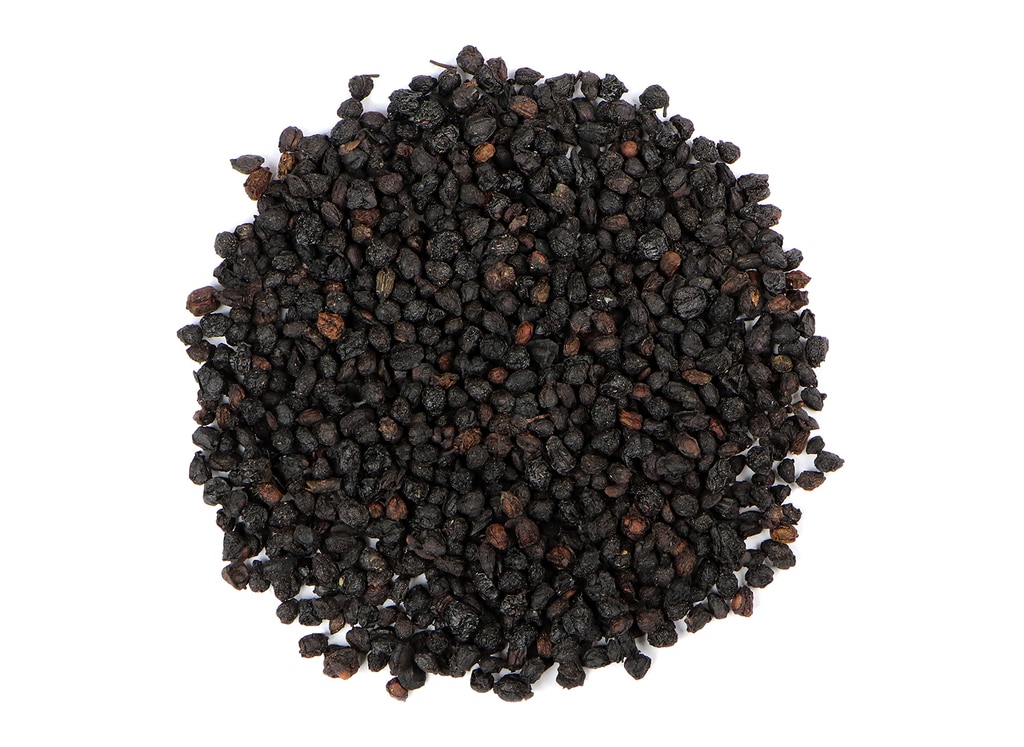
Elderberries have been used to make preserves, wines, cordials, herbal infusions, and elderberry syrup.
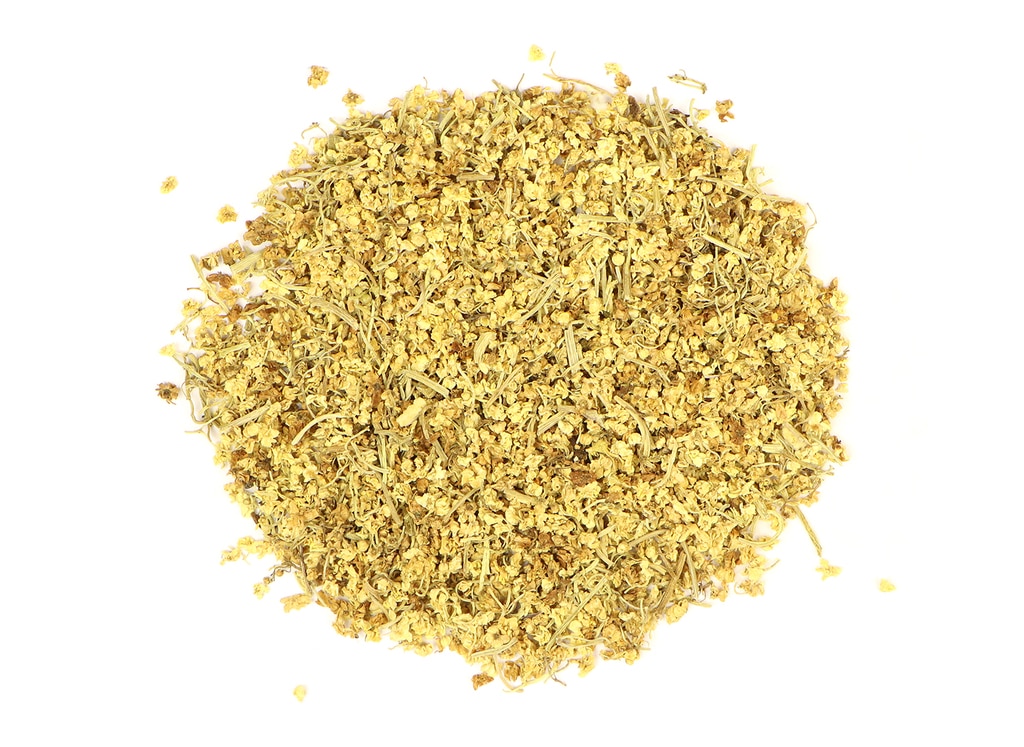
Elder flowers have historically been infused into ales, cordials, vinegars, and water. Cosmetic recipes have also been known to include elderflower as an ingredient.
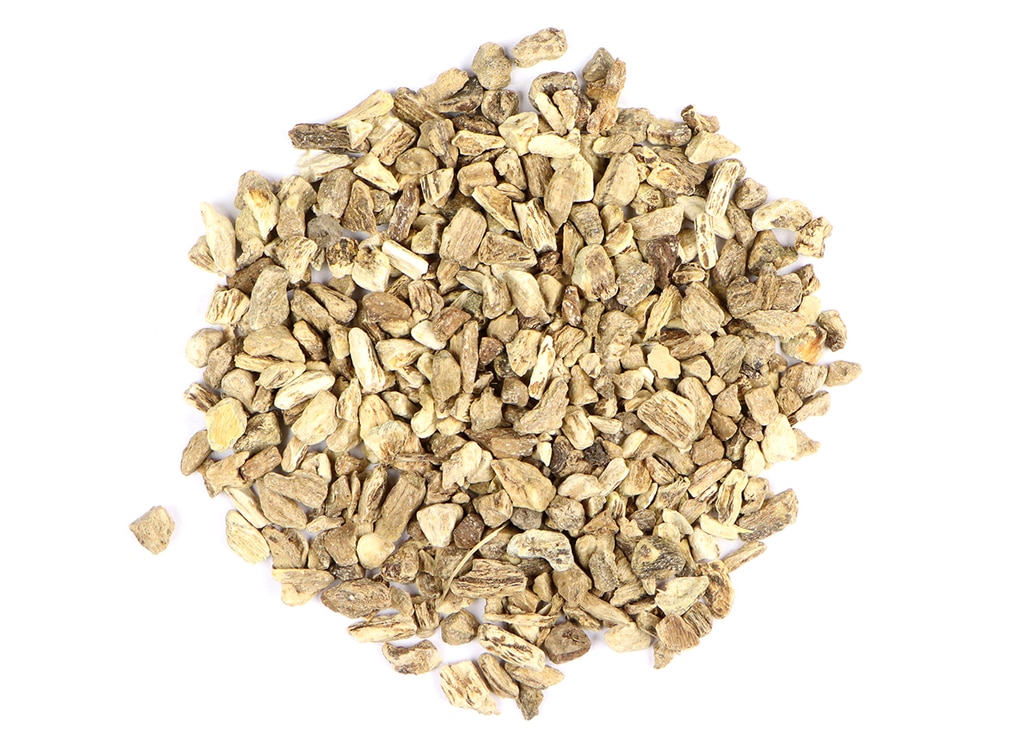
The root can be infused, tinctured, added to herbal syrups, or used as a spice.
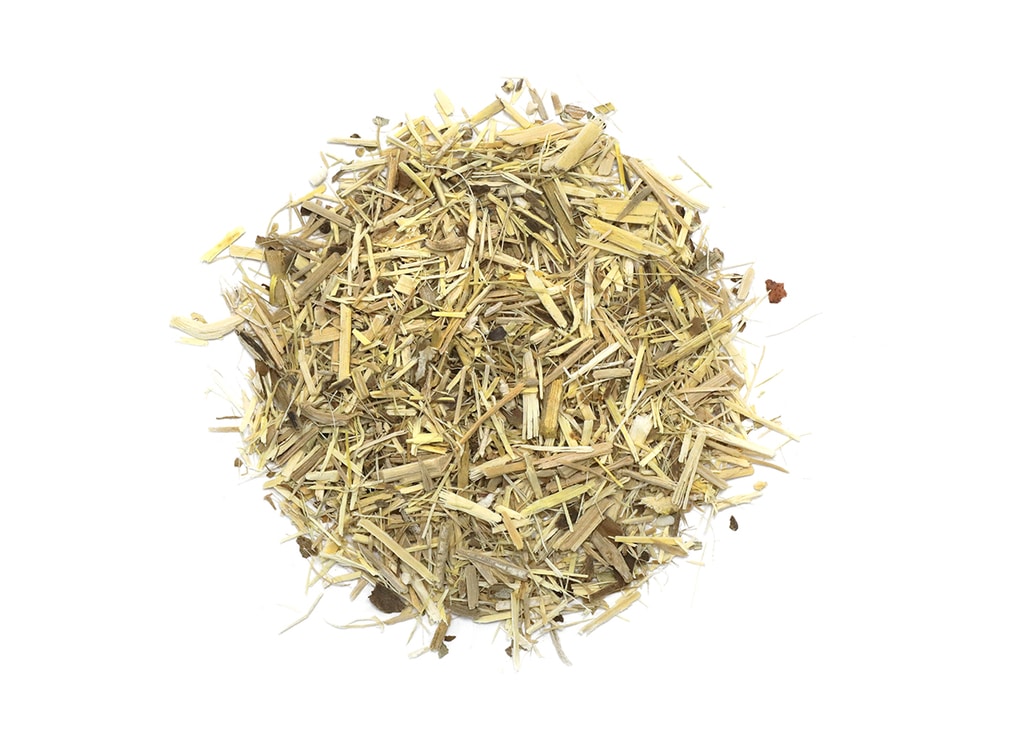
Pungent, slightly bitter and energetically warm. Eleuthero is now widely utilized in the western herbalism to support general health and to improve endurance and stamina.
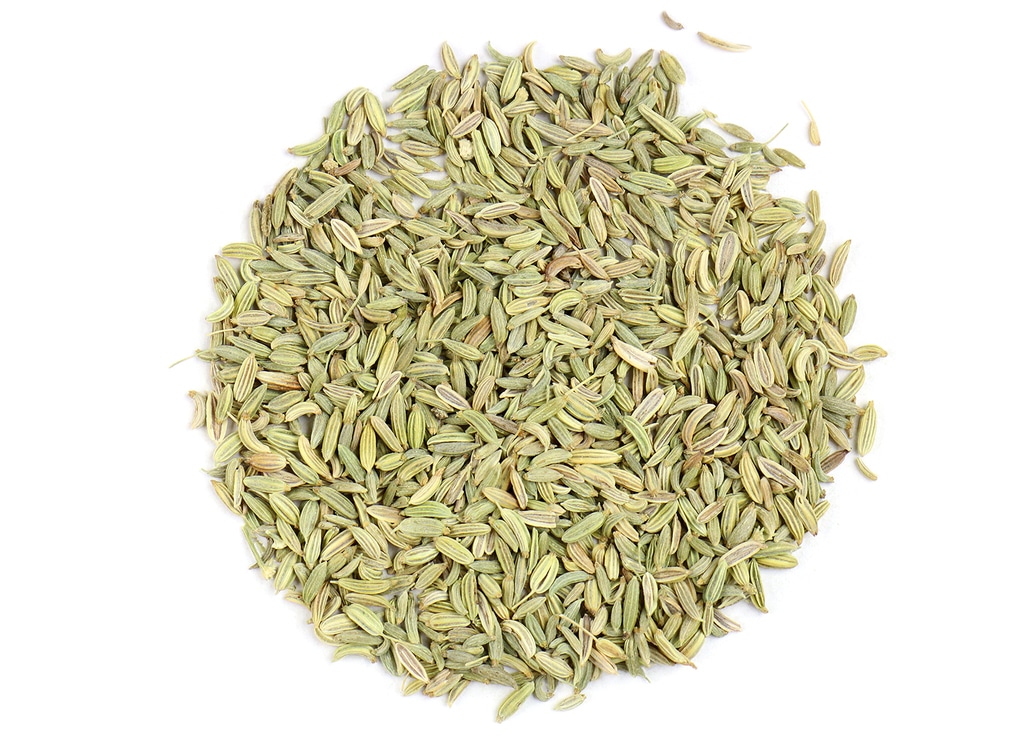
Fennel seeds gently support healthy functioning of the digestive system and are often served after meals as fennel tea. Fennel seeds are used by incorporating their aromatics and flavor in a host of culinary dishes and can also be used in herbal tea blends or for tincturing. We use to support the digestive system.
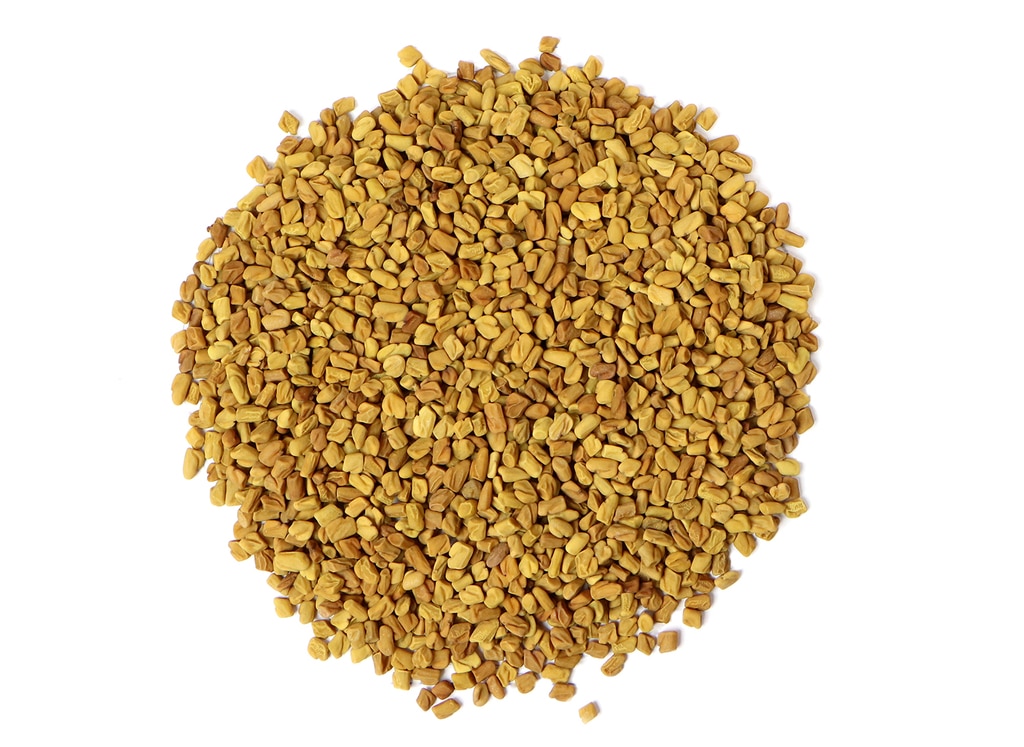
Fenugreek seeds have a notable aroma, reminiscent of maple. They are commonly used as a spice in Egyptian, Indian, and Middle Eastern foods. Fenugreek seed can be prepared as an infusion in tea blends and are delicious when added to curries and vegetarian dishes.
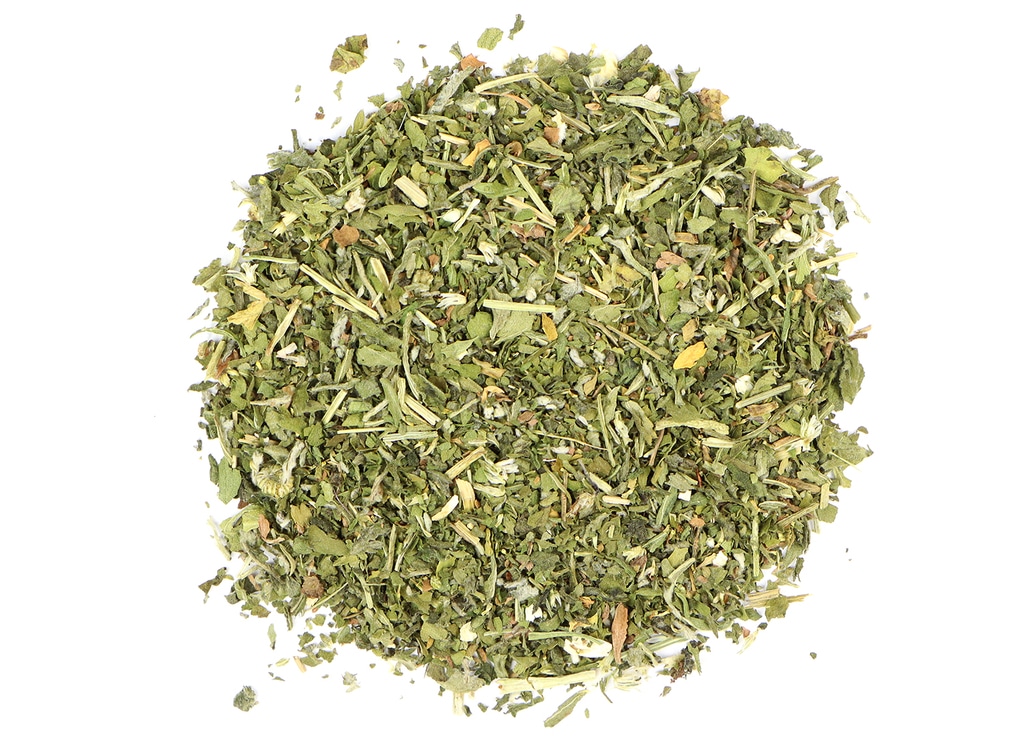
The herb is typically tinctured, steeped as feverfew tea, or employed topically.
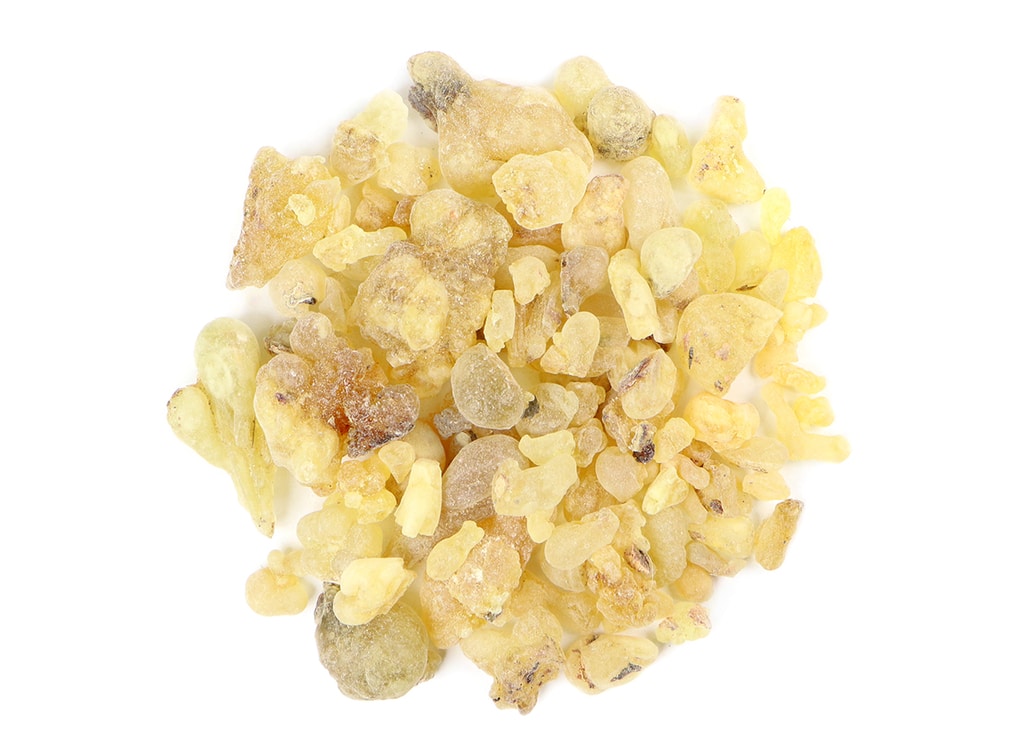
The yellow-hued pitch is often used as incense or in perfumery. Frankincense has been considered an herb of spirituality with lore dating back thousands of years. The aromatic resin can be used alone or blended into incense formulas.
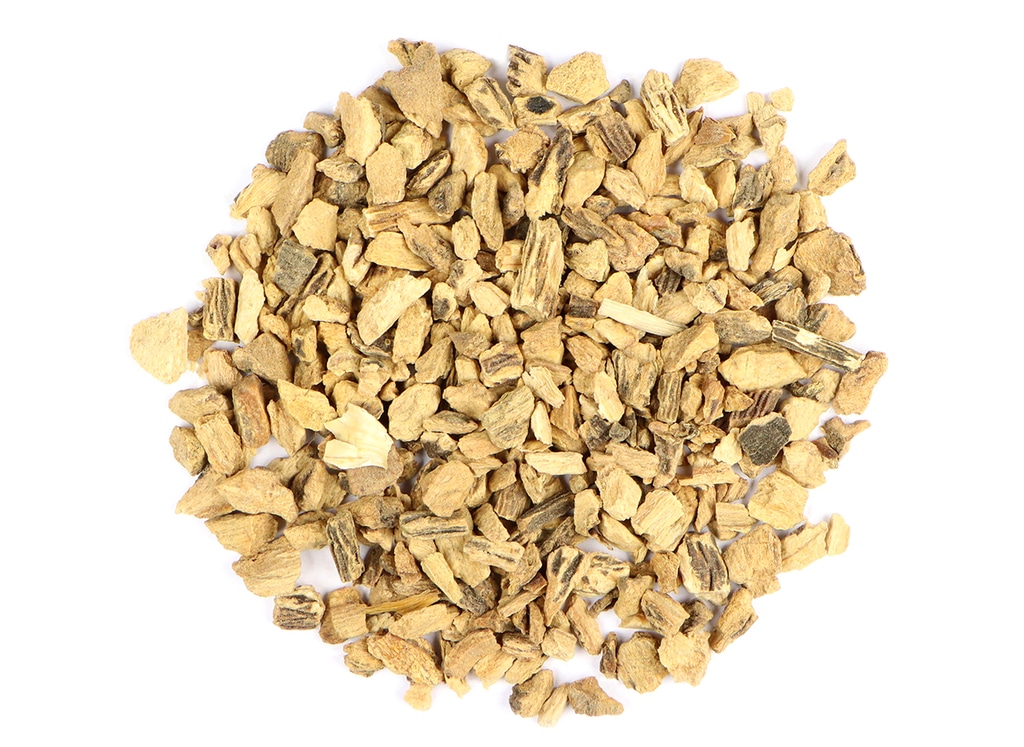
Gentian is a bitter root that has been used in traditional European herbalism for centuries. One of the most bitter in the apothecary. Digestive support. Best in formulae. Gentian powder is another option + can be used in extracts, bitters blends, and herbal formulations.
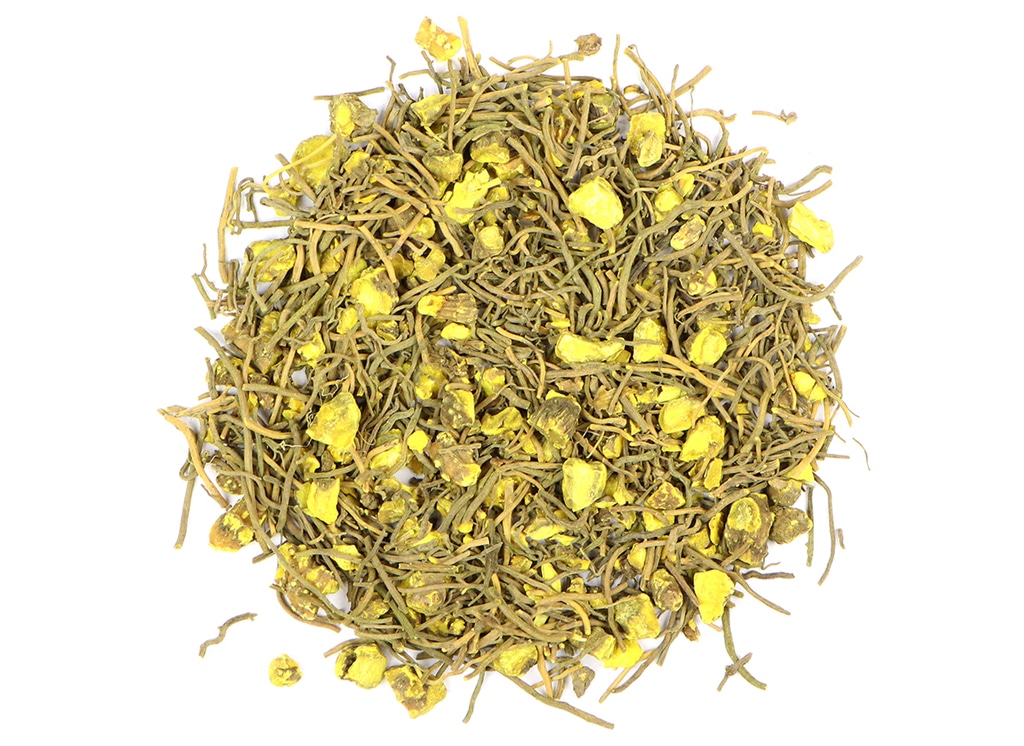
This organic goldenseal root is carefully cultivated for quality and sustainability. Preparations of the root include extracts, infusions, and topical balms.
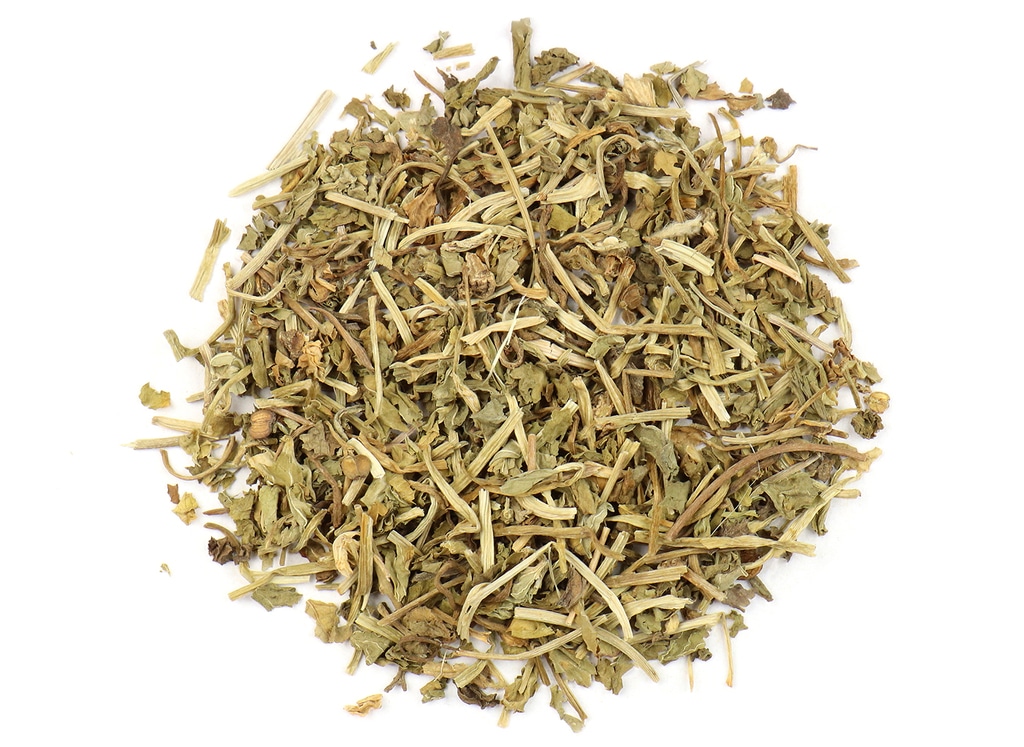
Famous as an ally in supporting healthy brain functioning. The dried leaves are typically brewed into gotu kola tea, added into herbal tea blends, and tinctured.
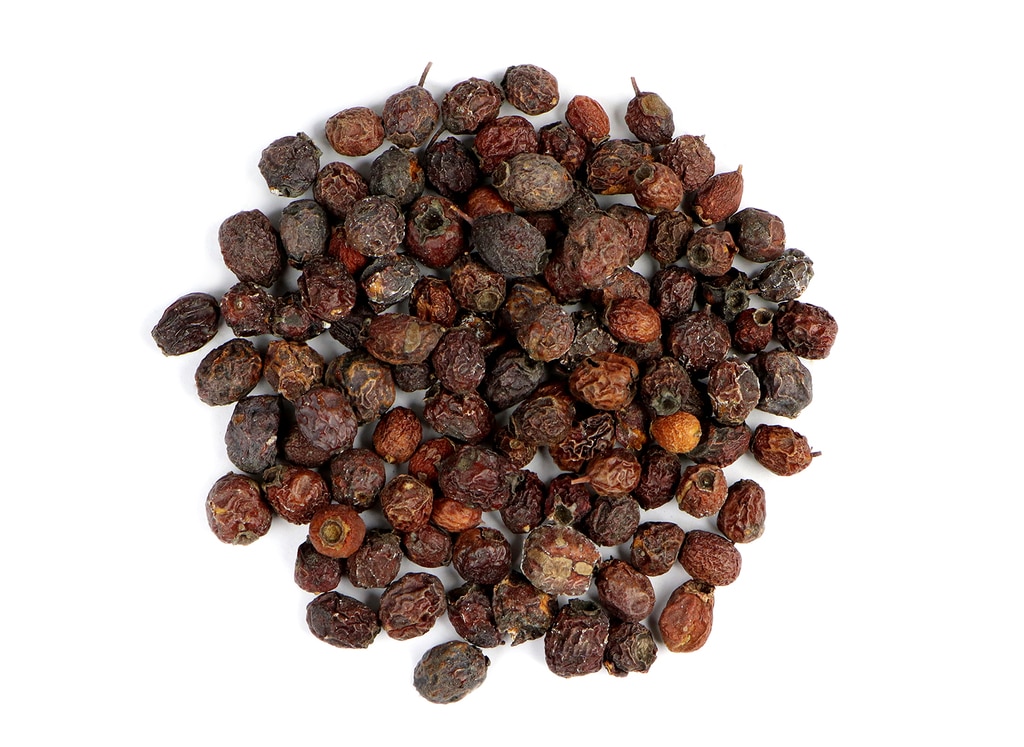
The flavourful dark red-purple berries have been used in candies, jams, jellies, wines, and cordials and are widely used in syrups with a nod to immune system health
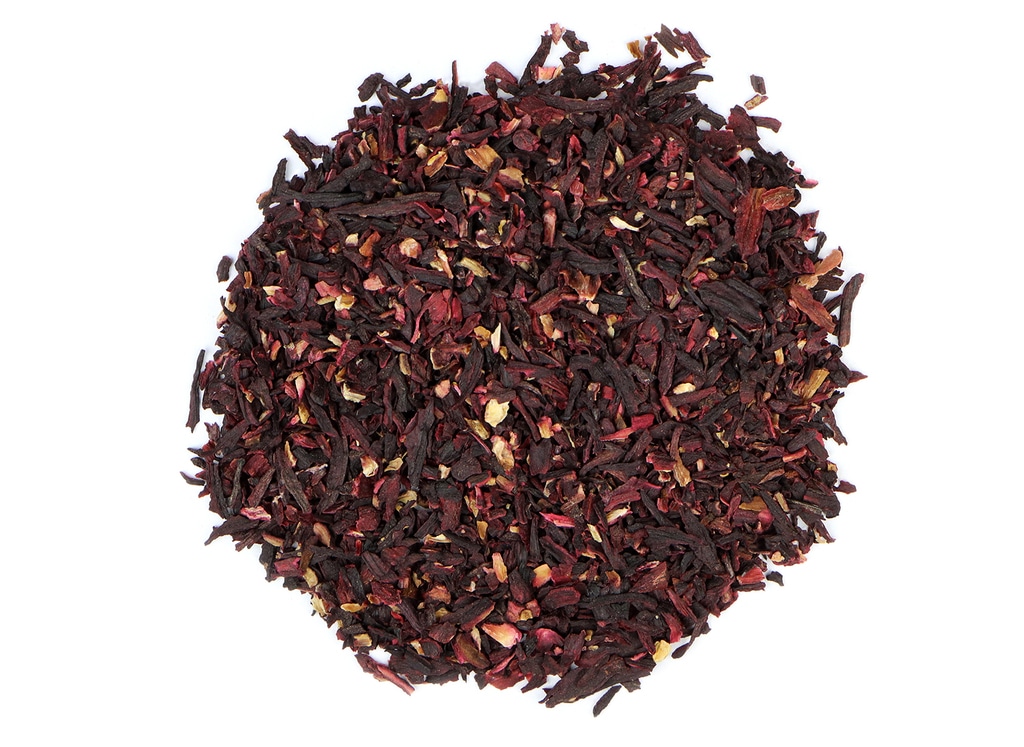
Organically cultivated hibiscus flower is ideal for blending into herbal infusions, crafting herbal syrups, and dying fabric. Famous for the 'tart tea' also called 'Agua de Jamaica' in Mexico and many other latin cultures. High in vitamin C
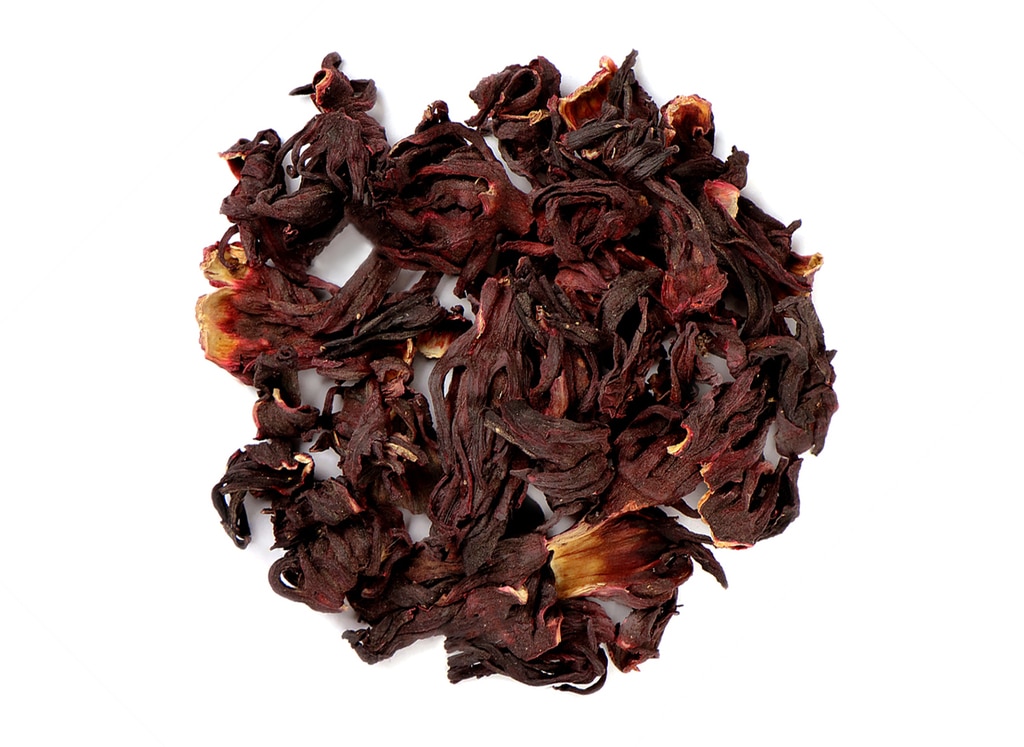
Organically cultivated hibiscus flower is ideal for blending into herbal infusions, crafting herbal syrups, and dying fabric. Famous for the 'tart tea' also called 'Agua de Jamaica' in Mexico and many other latin cultures. High in vitamin C
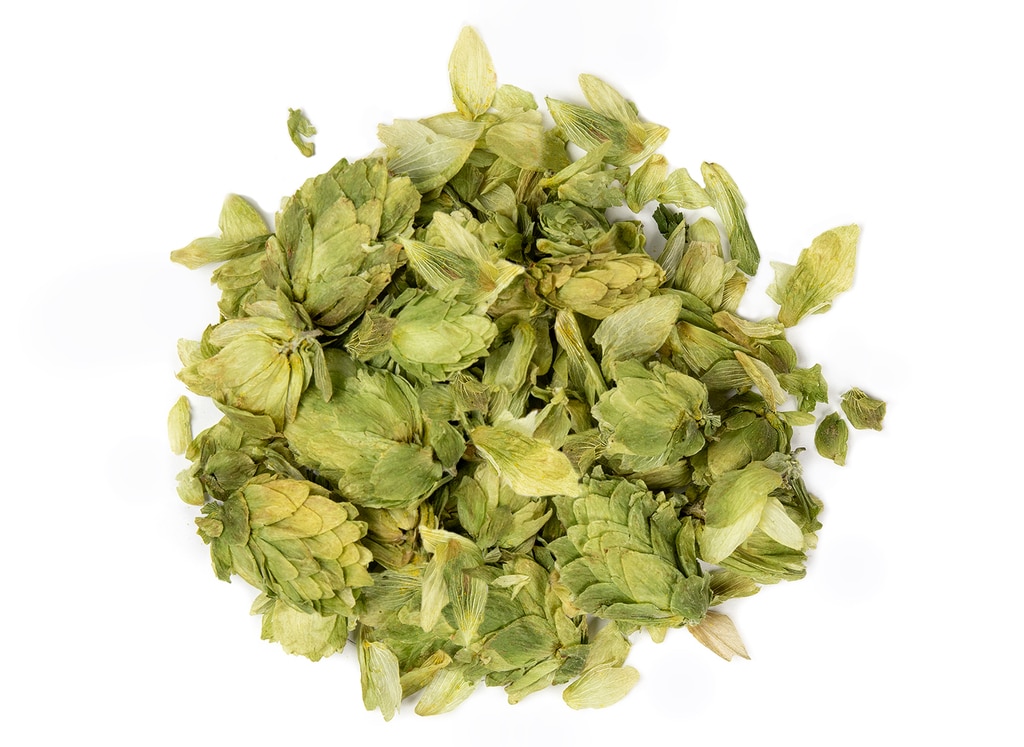
Hops flowers (also called 'strobiles') are known for their aromatic and bitter qualities. This has made them a preferred ingredient in brewing, with many microbrews showcasing specific varietals for their unique taste profiles. The hops flower is a gentle nervine when steeped in infusions or tinctured. The flowers can also be added to dream pillows or cosmetic formulations.
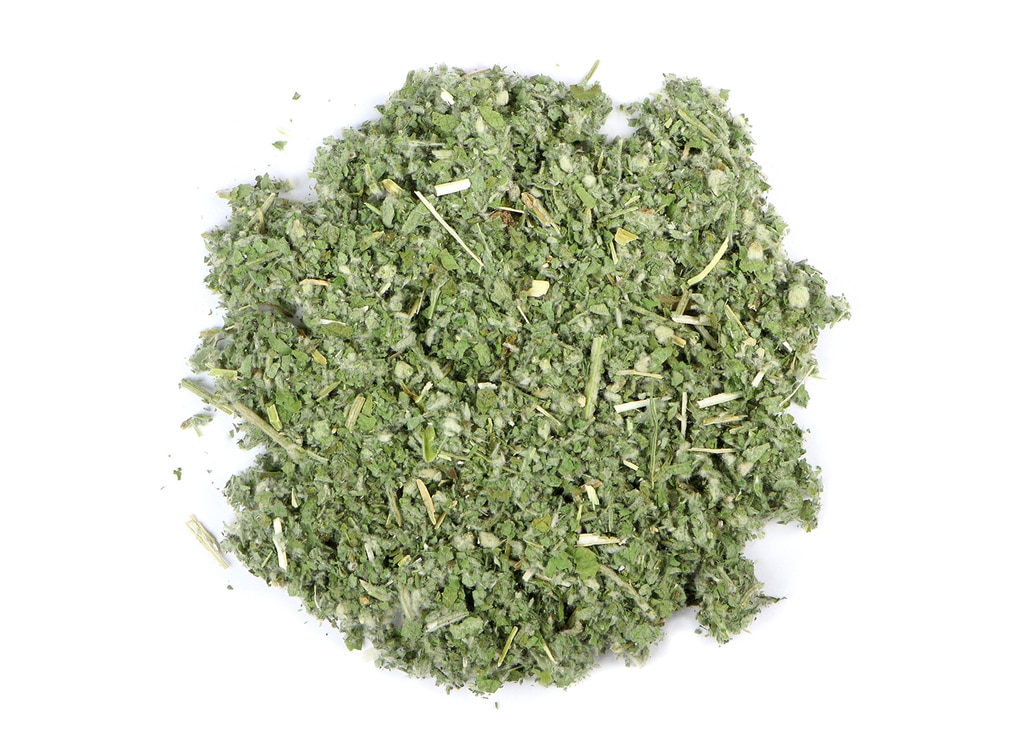
Horehound has a distinct bitter taste + has a long history of use for its wellness-supporting properties in traditional European folk herbalism. Preparations include tea, tincture, botanical candy, and syrup. Excellent to support sore throats and coughs in cough 'drops'
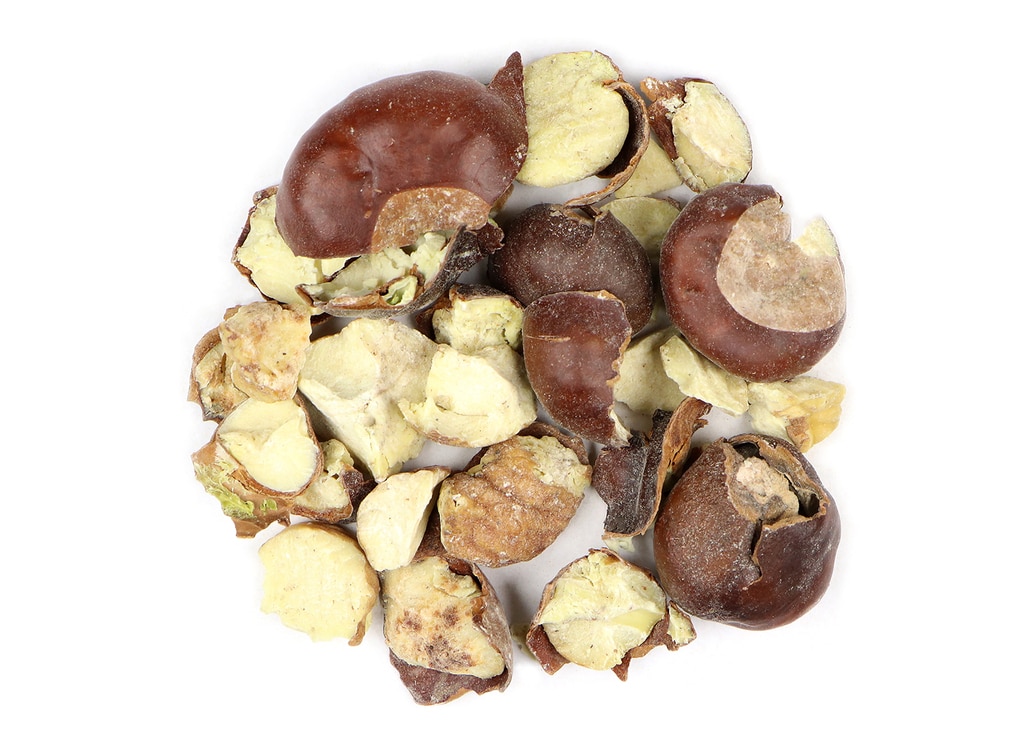
Horse chestnuts are often used in infusions, extracts, and topical applications.
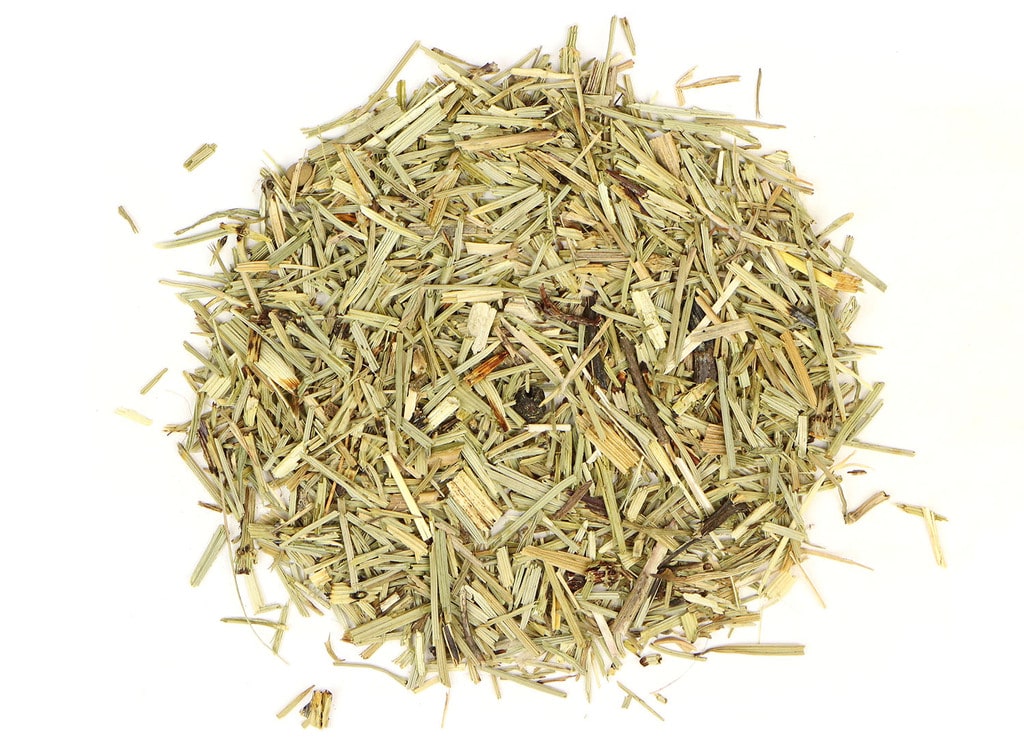
Horsetail is a nutritious herb and is usually decocted as horsetail tea and infused into herbal vinegars and tonics. It contains more silica than any other plant
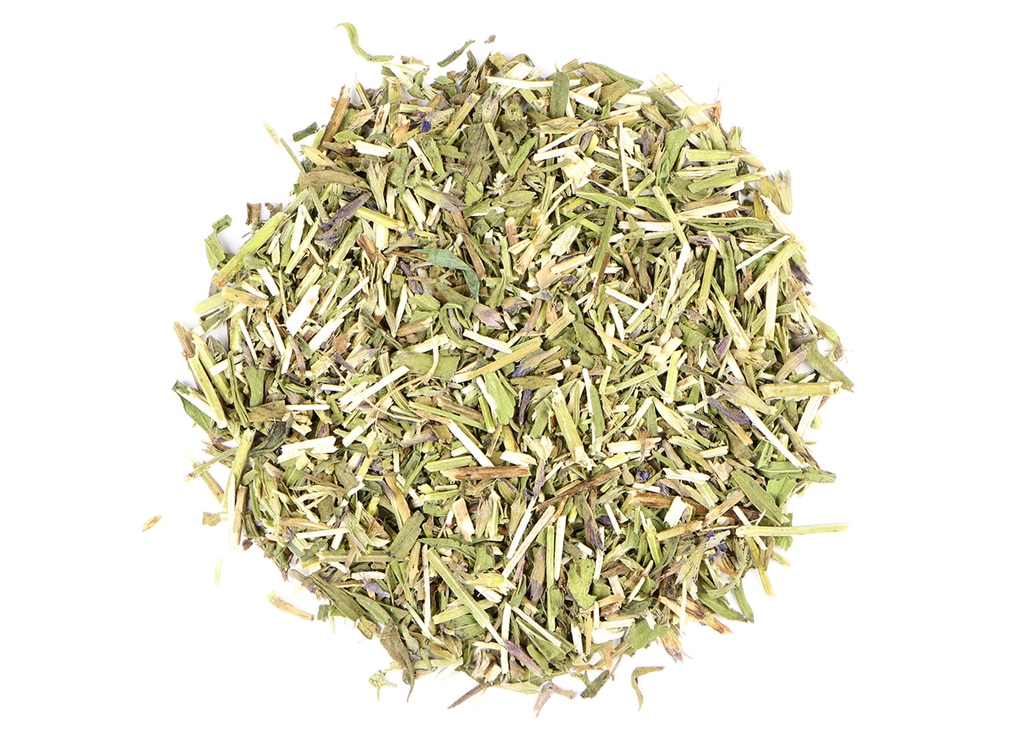
Hyssop can be macerated as a unique flavor to liqueurs. The plant has a long history of folklore in ancient Europe and was often hung in homes for protection. Hyssop herb is also typically made into a syrup or steeped and enjoyed as an infusion of hyssop tea.
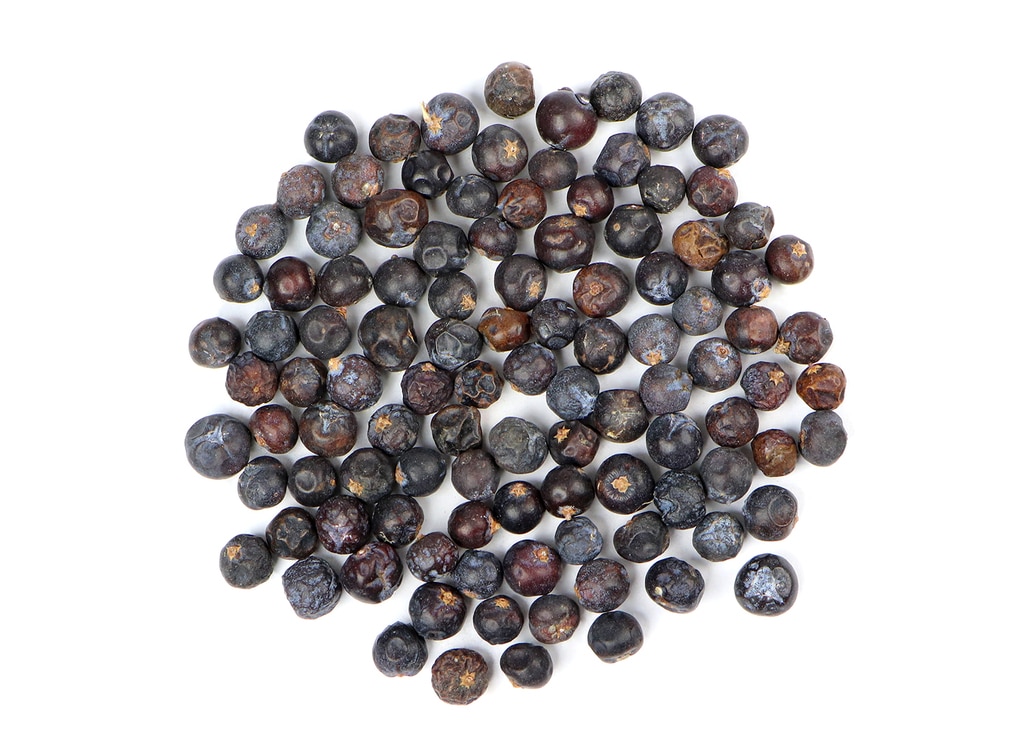
Juniper berry has a strong taste and is added sparingly to culinary recipes. The berries can also be tinctured and added to liquors for their herbaceous flavor.
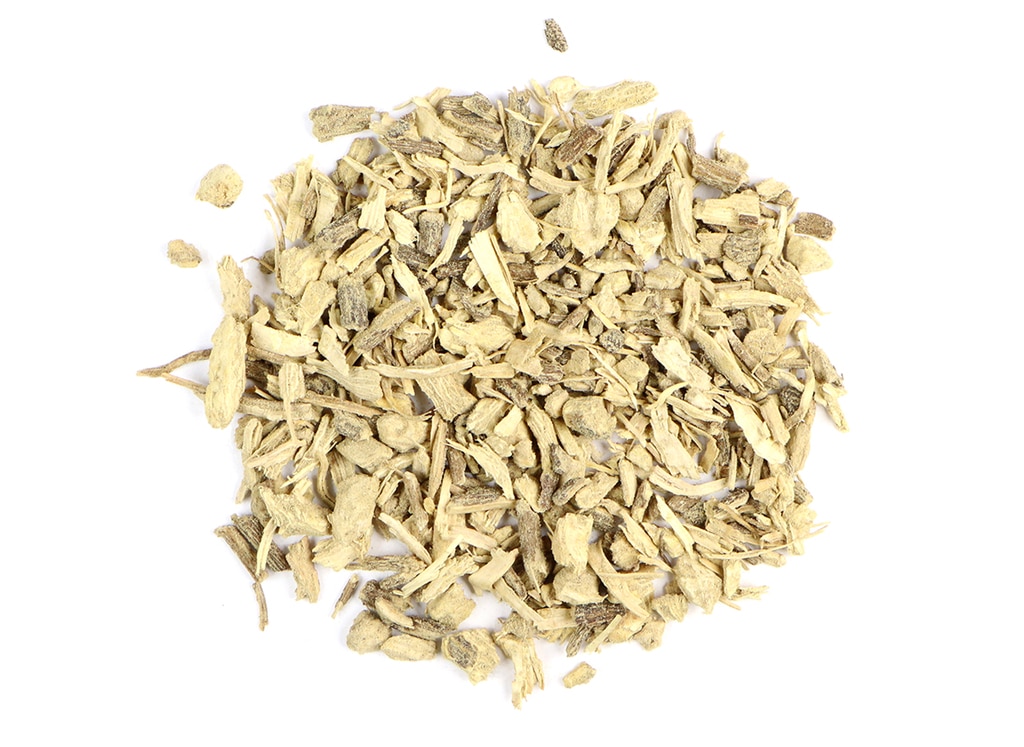
Ancient herb of the south-Pacific with a powerful history. More recently, herbalists enjoy the plant as an ally to support natural relaxation. Kava kava root is typically prepared as a decoction and can also be used in tincturing. Carol loves to make 'Kava Kava punch' !!
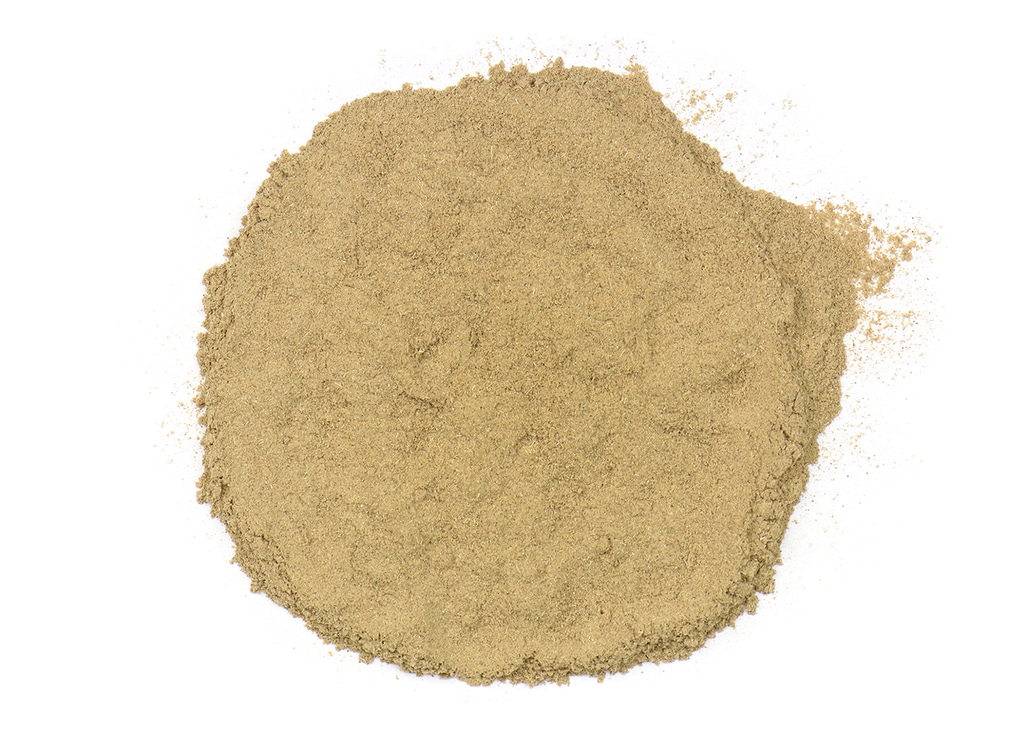
Kudzu root is typically prepared as an herbal tea and incorporated into botanical formulations.
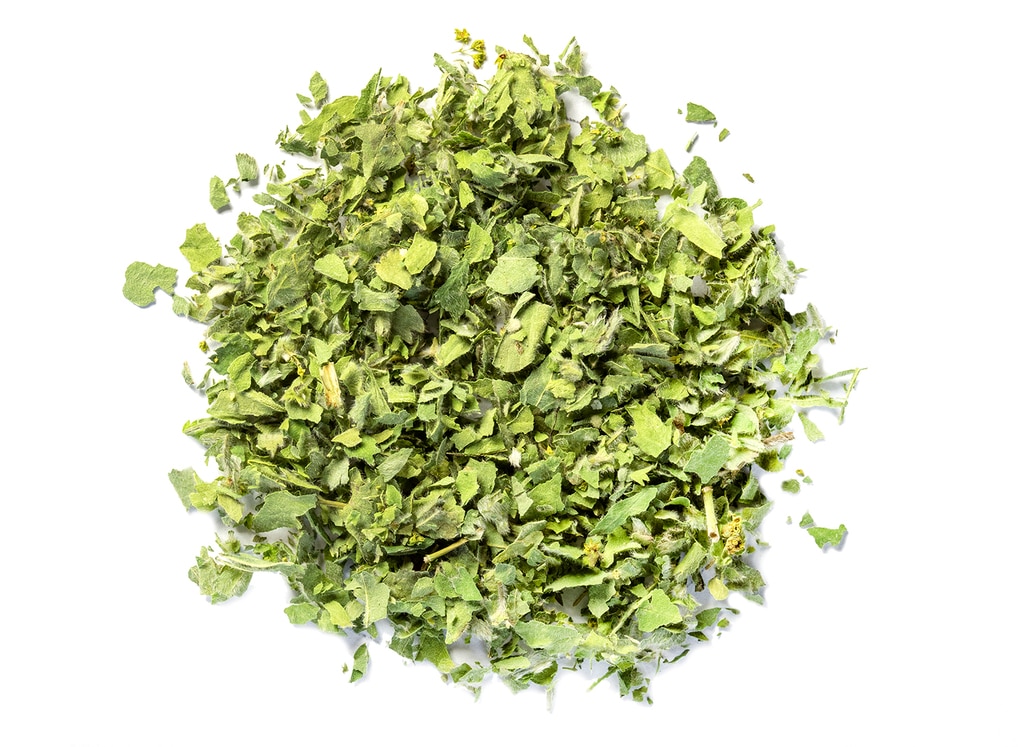
She is generally steeped as lady’s mantle tea and blended into botanical infusions.
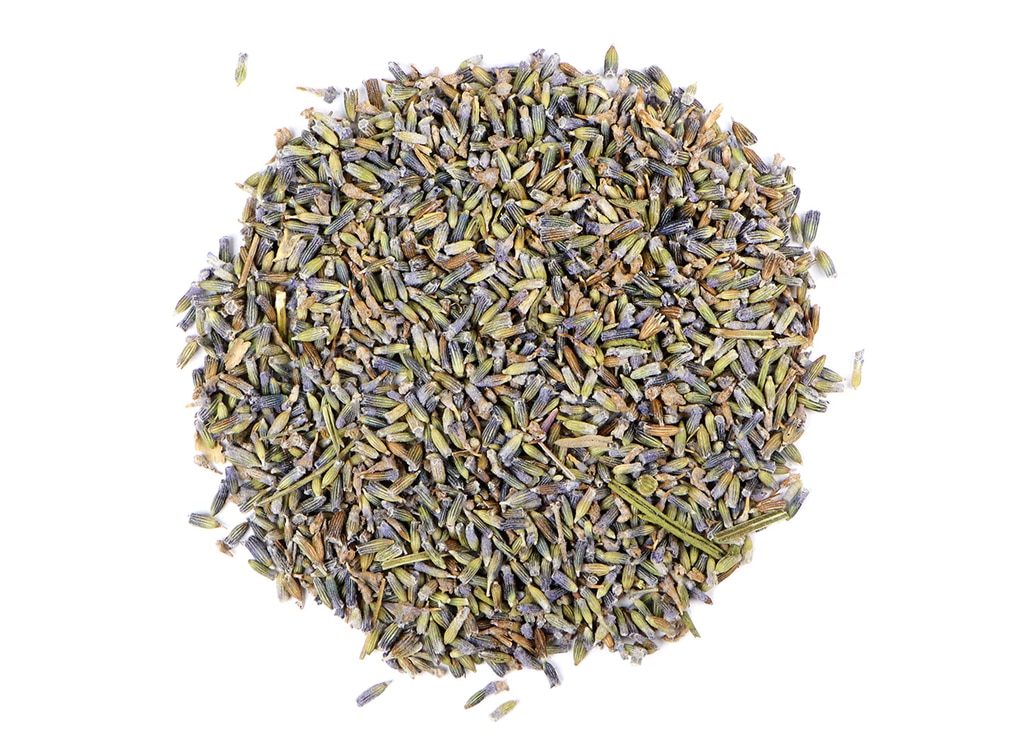
Dried lavender flowers can be added to potpourri blends, used as a cooking or baking ingredient, incorporated into body care recipes with infused oils. Carol loves to tincture lavender. Supportive for nervous system, digestive system and much more.
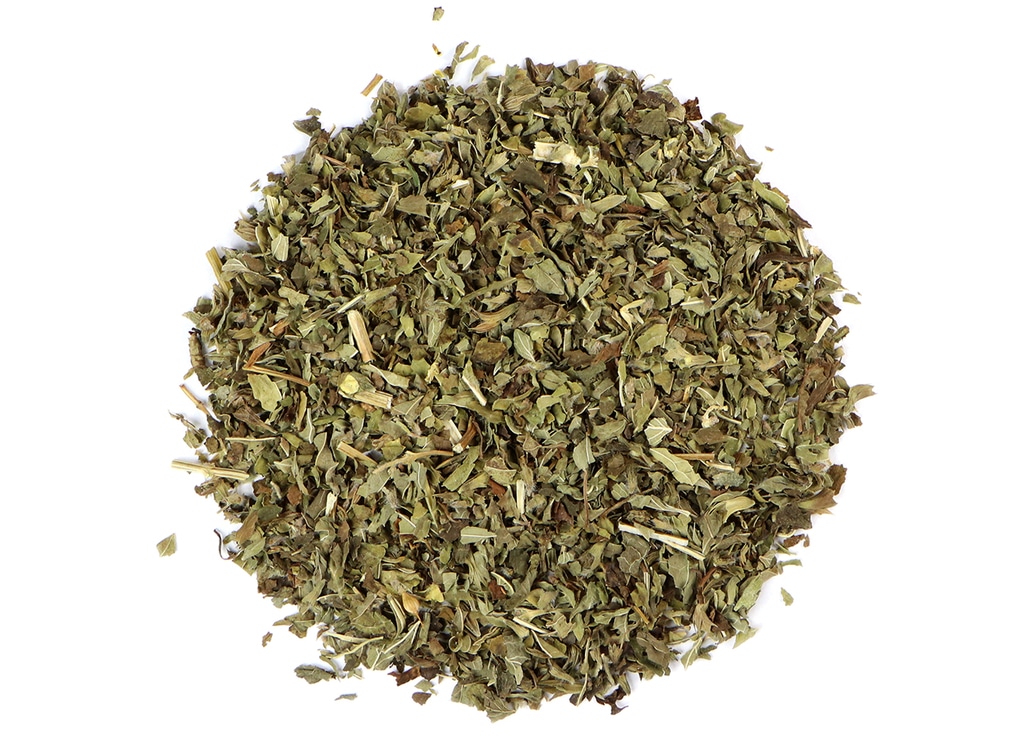
Used since ancient times to calm the heart and the body, lemon balm with its delicate lemony flavor uplifts the spirit. Use to sweeten jam, jellies, as an addition to salad, and as a flavoring for various fish and poultry dishes and liqueurs. It can be used for making perfumes, in cosmetics. It is often found as a tea in combination with other relaxing herbs + in ointments for topical applications.
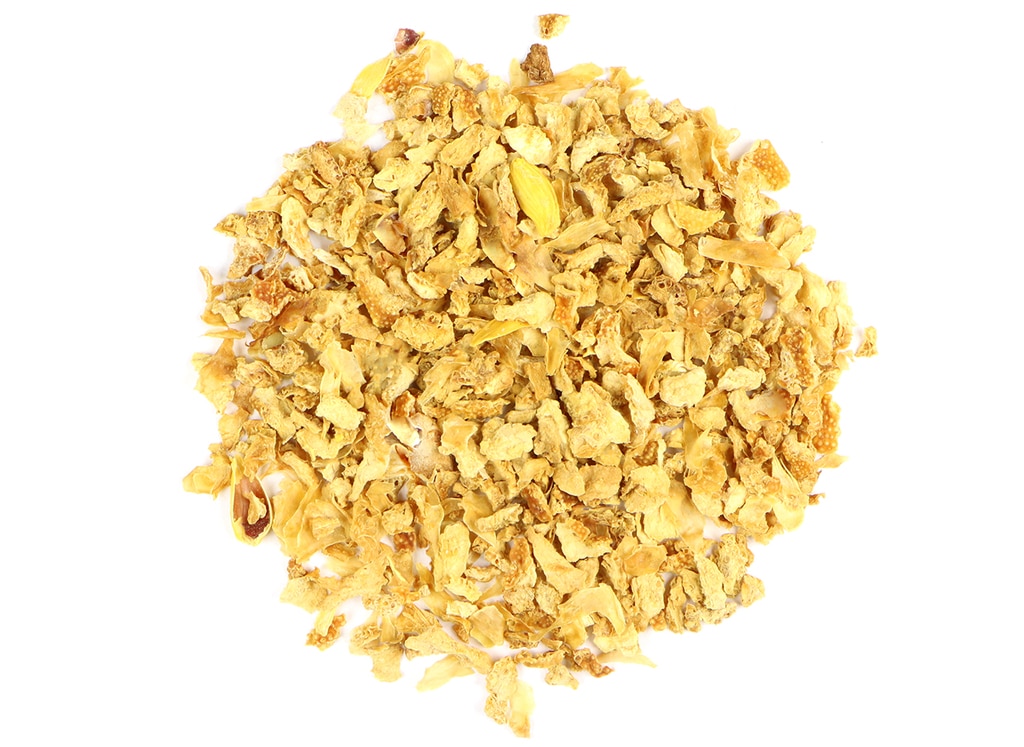
Lemon peel brings characteristic bright, citrus notes to beverages and foods. It can also be added to skin care products and makes an uplifting addition to herbal tea blends and formulas. Dried lemon peel concentrates the citrus flavor so that a small amount of peel creates a lot of zest.
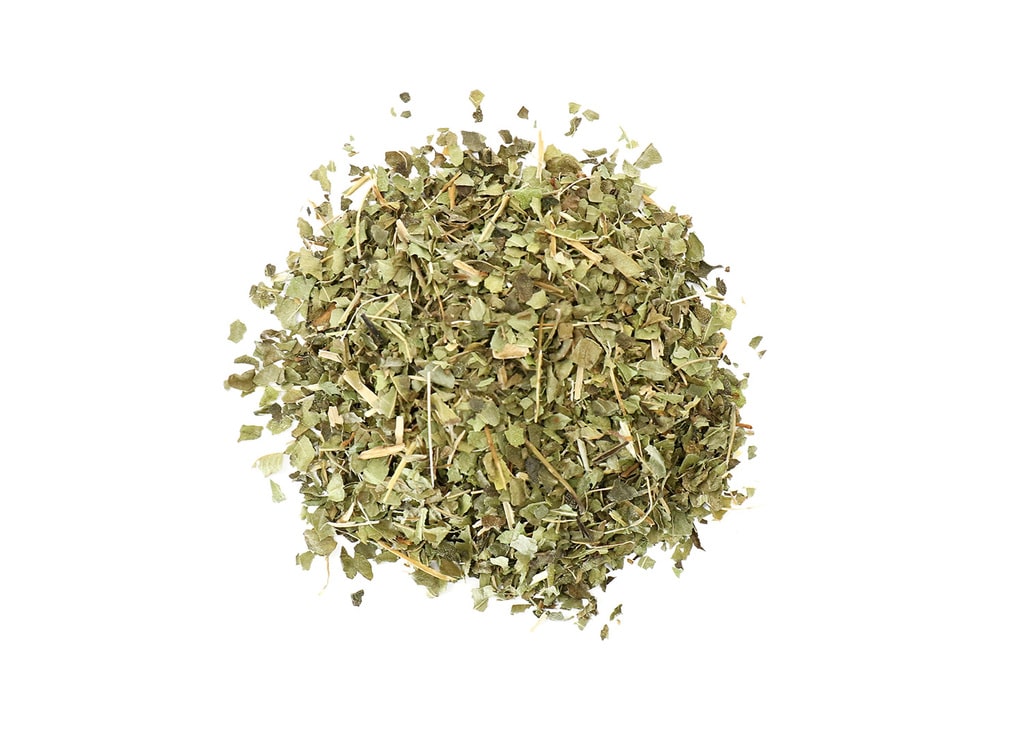
Lemon verbena is characterized by its bold and intense lemony aroma. When dried, it has a toned-down scent and flavor ideal for lemon verbena tea, herbal infusion blends, and potpourri. It can also be used to flavour ice creams or marinades. The flavour of lemon verbena has been likened to a cross between licorice and camphor, and it is widely used as an herbal flavouring to replace oregano. It is a delicious lemony herb as an ingredient in tea or infused vinegars and oils
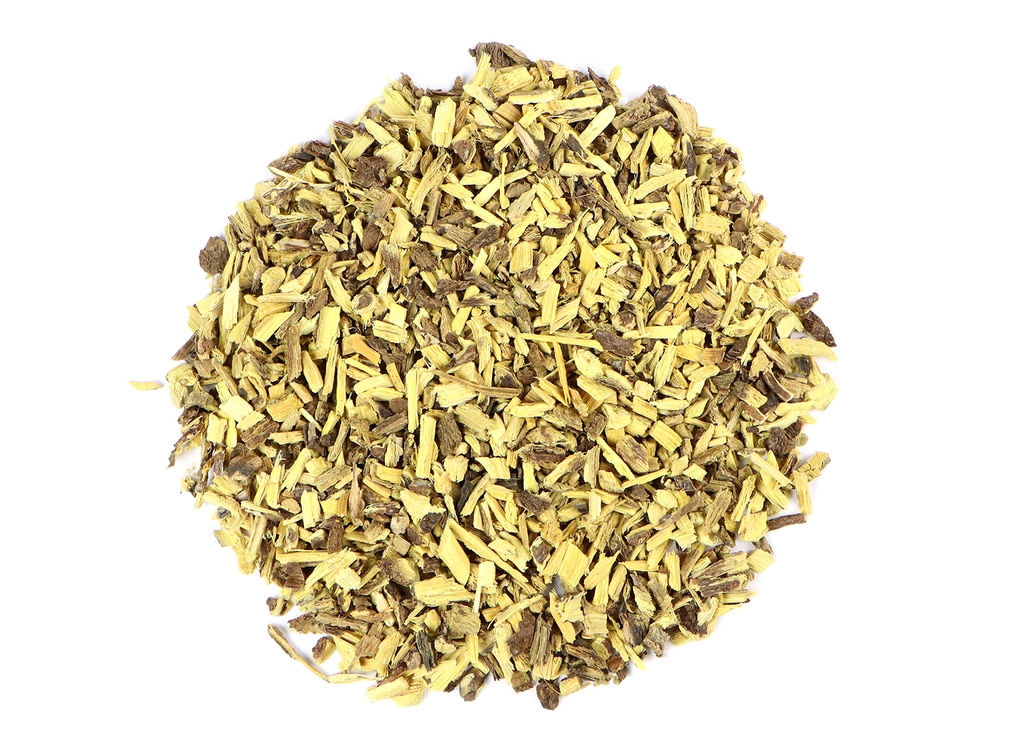
Licorice is a favourite ingredient to sweeten herbal tea blends and is often used as a flavouring agent in candy. Licorice root has been an important herb in herbalism for thousands of years. The root can be tinctured, decocted as licorice tea and infused as licorice extract.
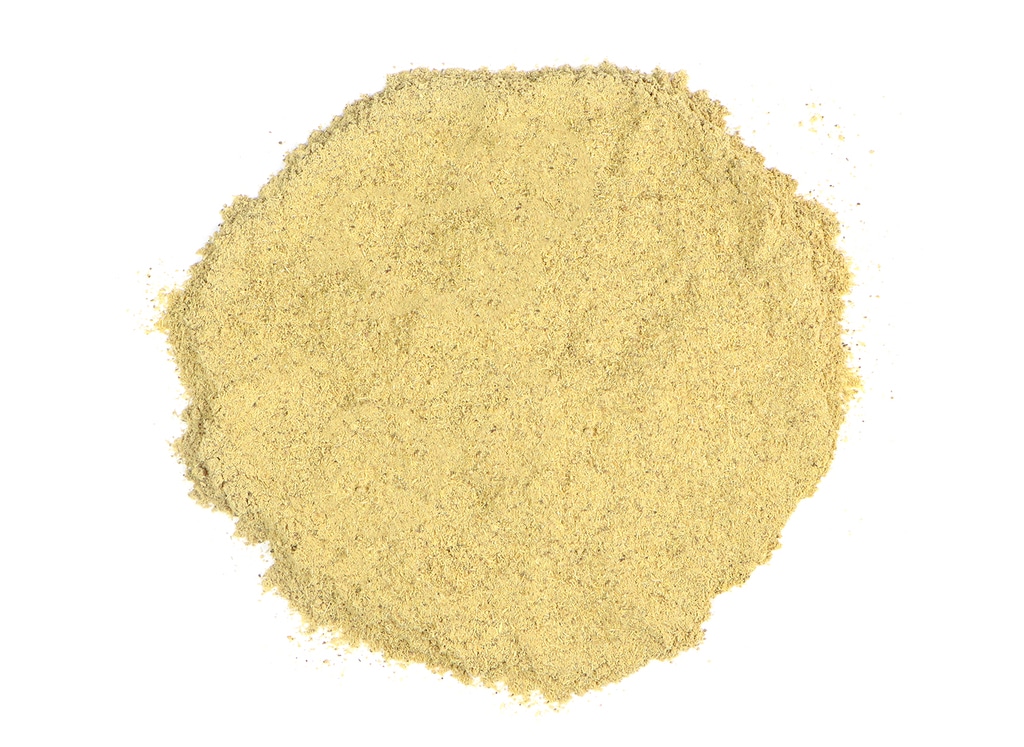
Licorice is a favourite ingredient to sweeten herbal tea blends and is often used as a flavouring agent in candy. Licorice root has been an important herb in herbalism for thousands of years. The powder can be used in no-bake as well as various culinary projects.
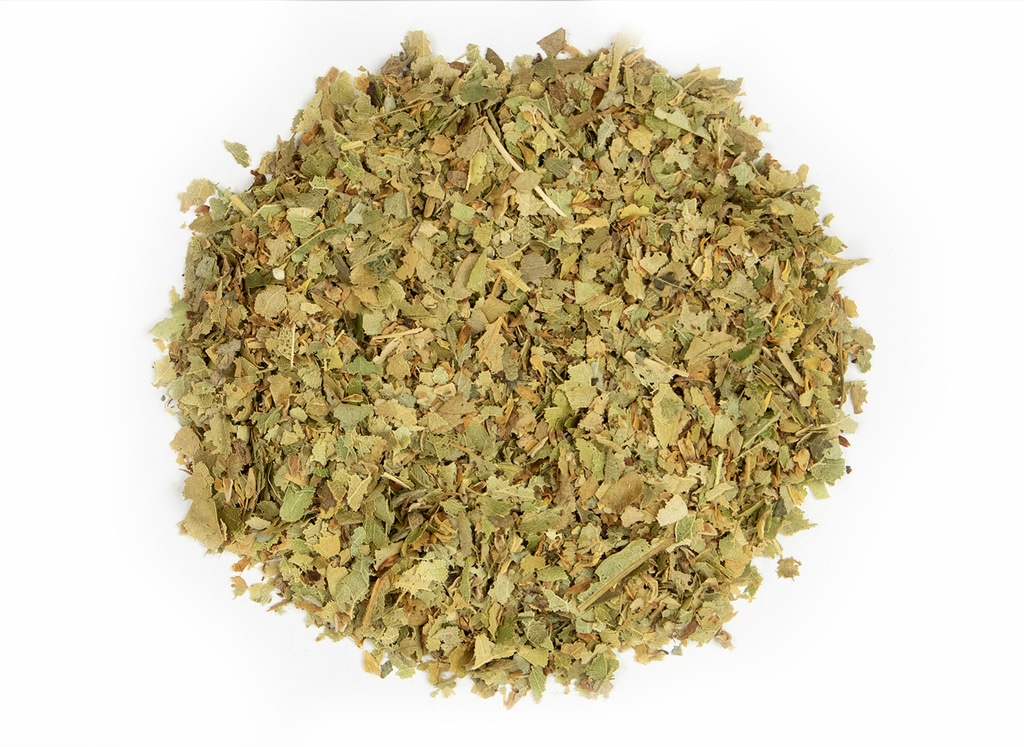
Linden leaf and flower are commonly tinctured, steeped as linden tea, and incorporated into herbal tea blends.
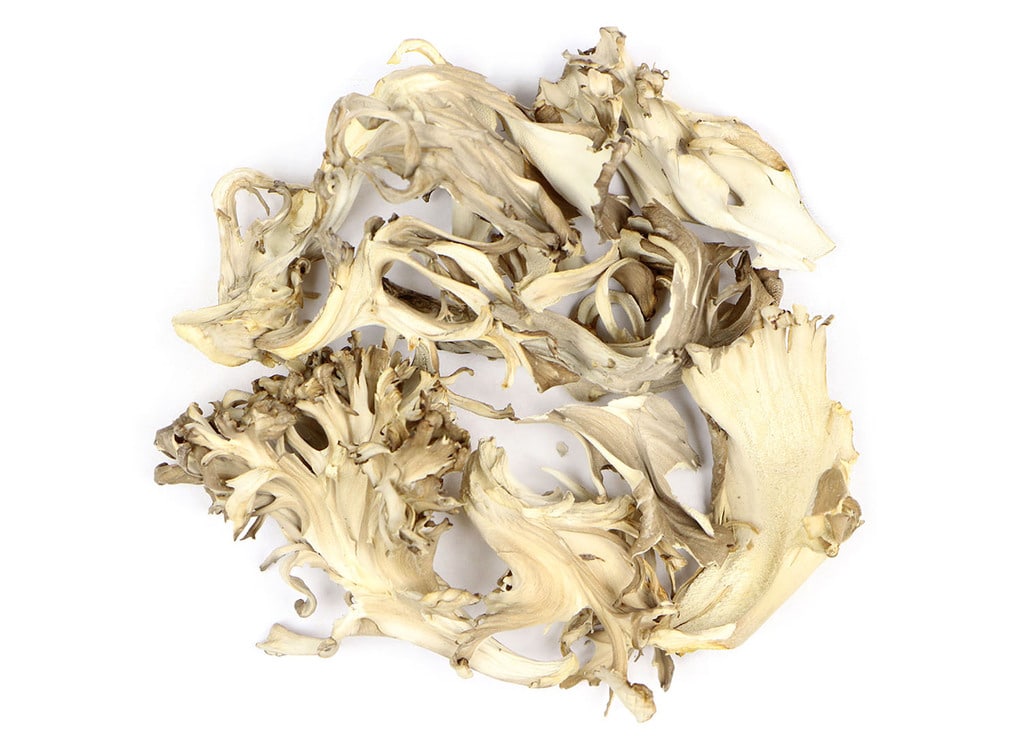
It is often incorporated into culinary dishes for its strong, earthy flavor. Also called hen of the woods, maitake is typically used as an extract or rehydrated and added to broths, soups, and sautéed vegetable dishes.
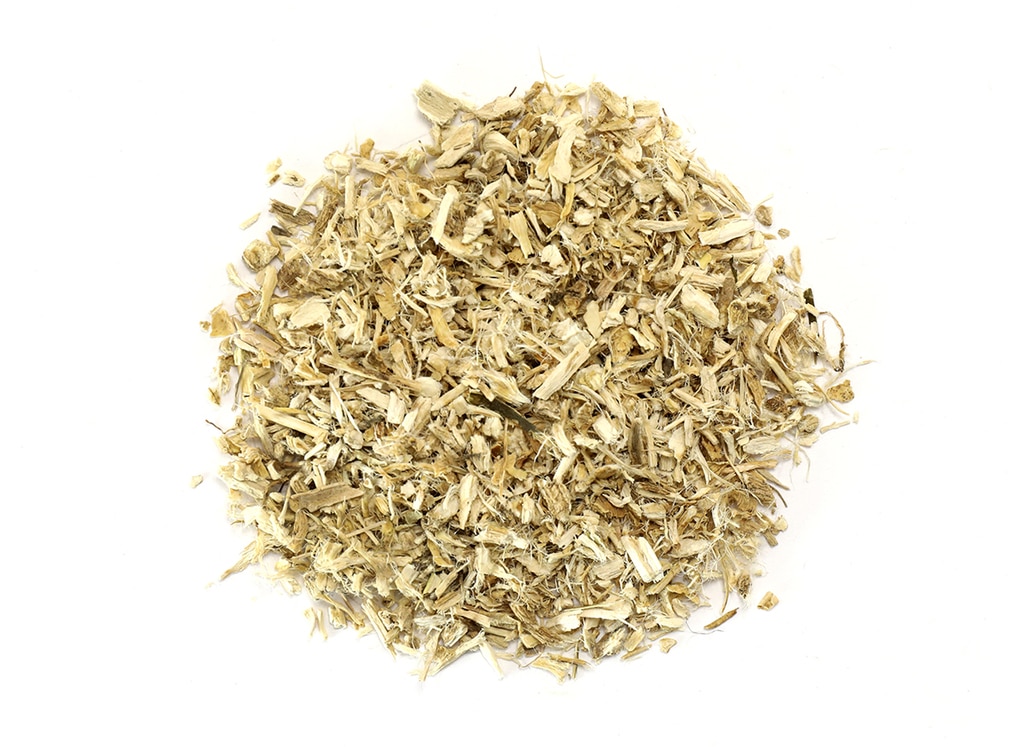
It can be decocted or cold infused as marshmallow root tea. This demulcent makes a wonderful addition to herbal syrups, infusion blends, and body care creations.
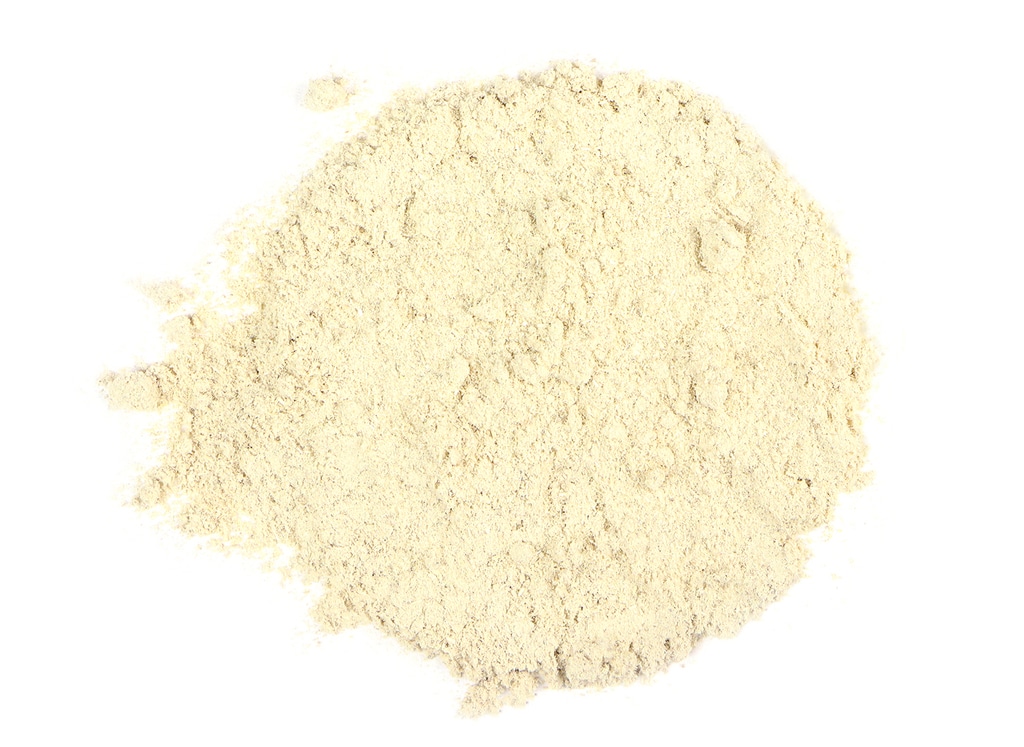
This demulcent makes a wonderful addition to herbal syrups, infusion blends, and body care creations.
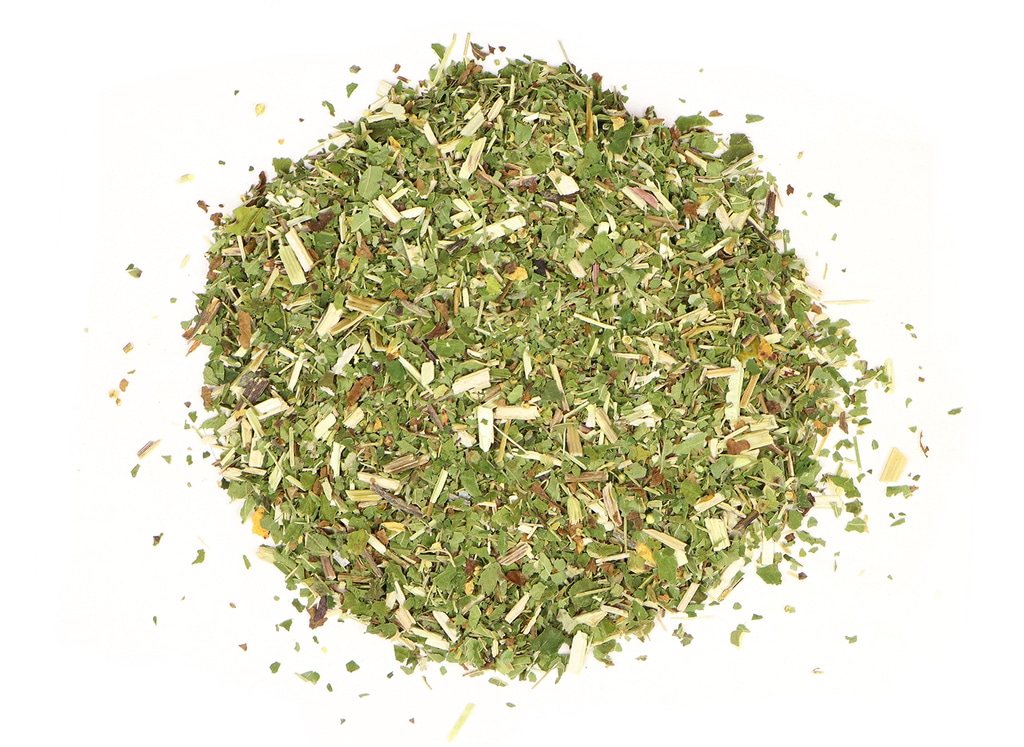
Meadowsweet herb used by European herbalists originally and was typically used to flavour wines, meads, and vinegars. The herb can be steeped as tea or tinctured.
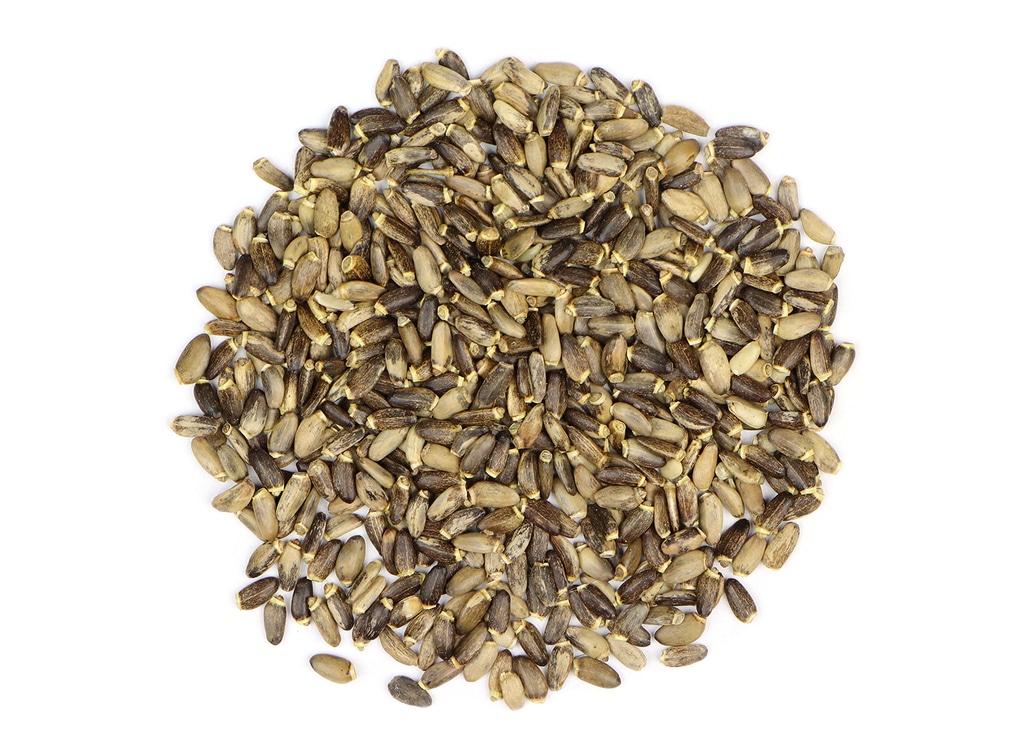
The plant has been used for centuries as a food. Milk thistle seed has a long tradition of use in western herbalism, tinctured or decocted . It can also be powdered for tinctures or encapsulated. Historically it has been used to support the liver.
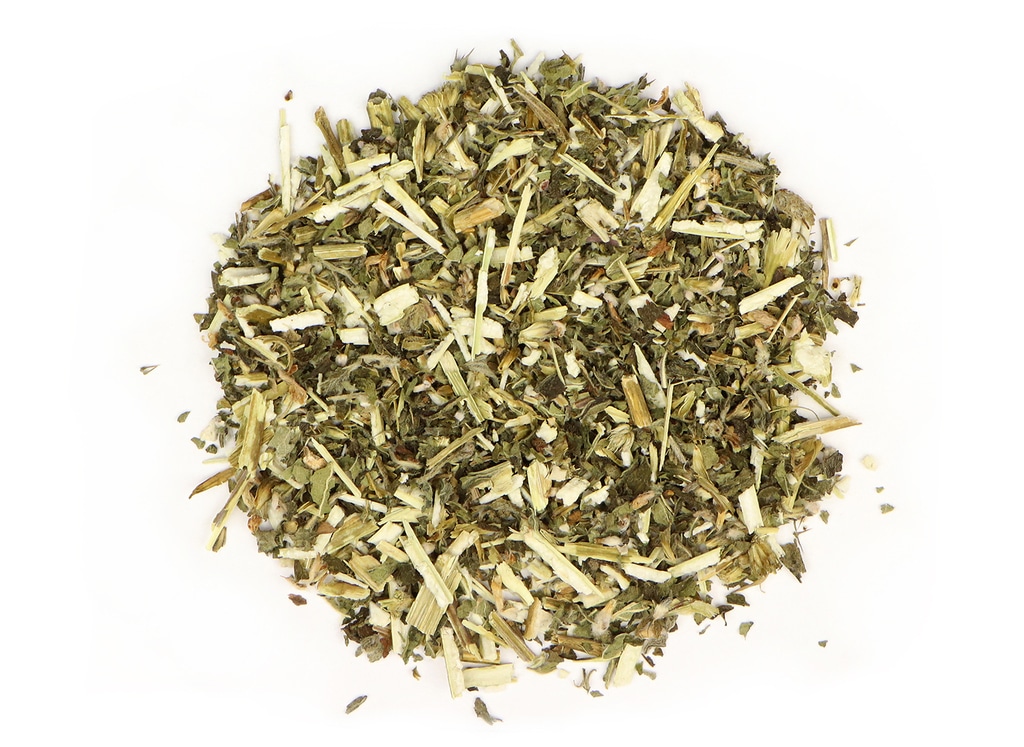
Motherwort is loved for its calming properties and energetics relating to the heart. It has been used in traditional herbalism for its beneficial properties and is considered cooling and drying. Motherwort can be used in tincturing or steeped to make a cup of relaxing motherwort tea.
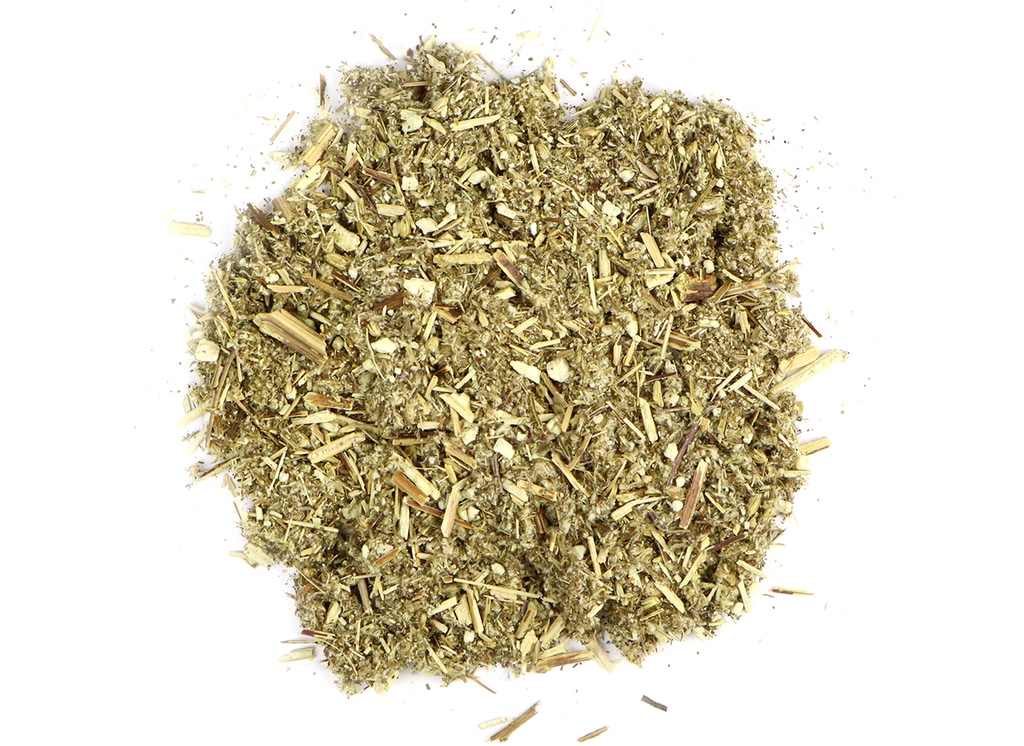
Mugwort herb is commonly brewed into mugwort tea and can also be used as incense, incorporated into dream pillows, and infused into botanical vinegars.
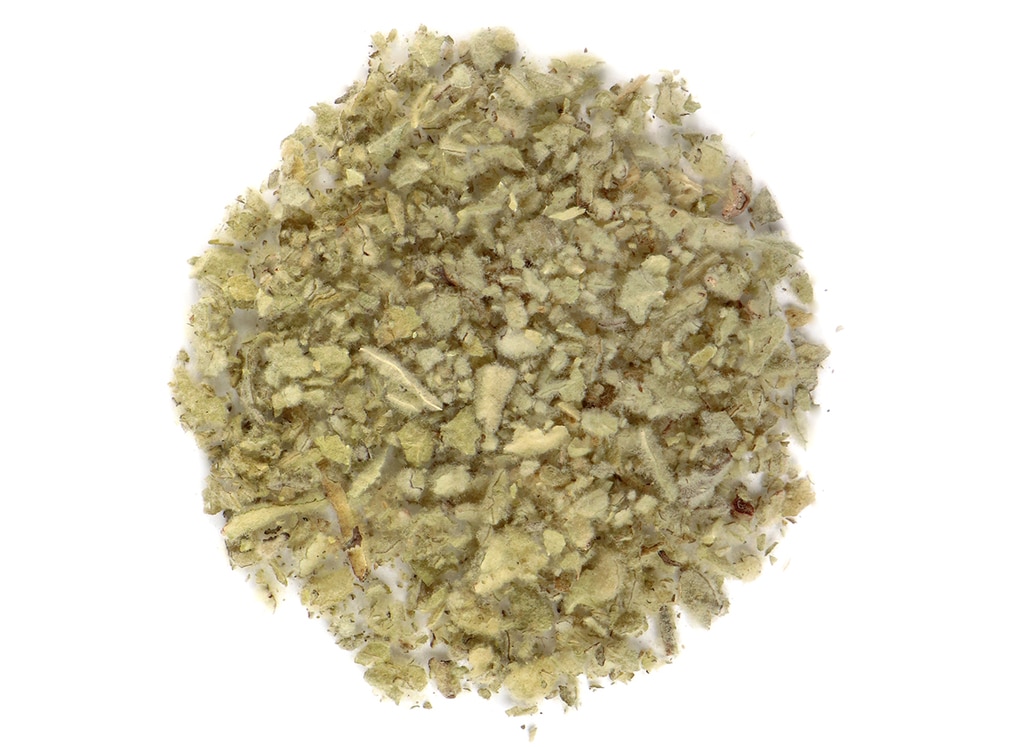
Mullein herb can be macerated into mullein extract, brewed as mullein leaf tea, or made into syrup.
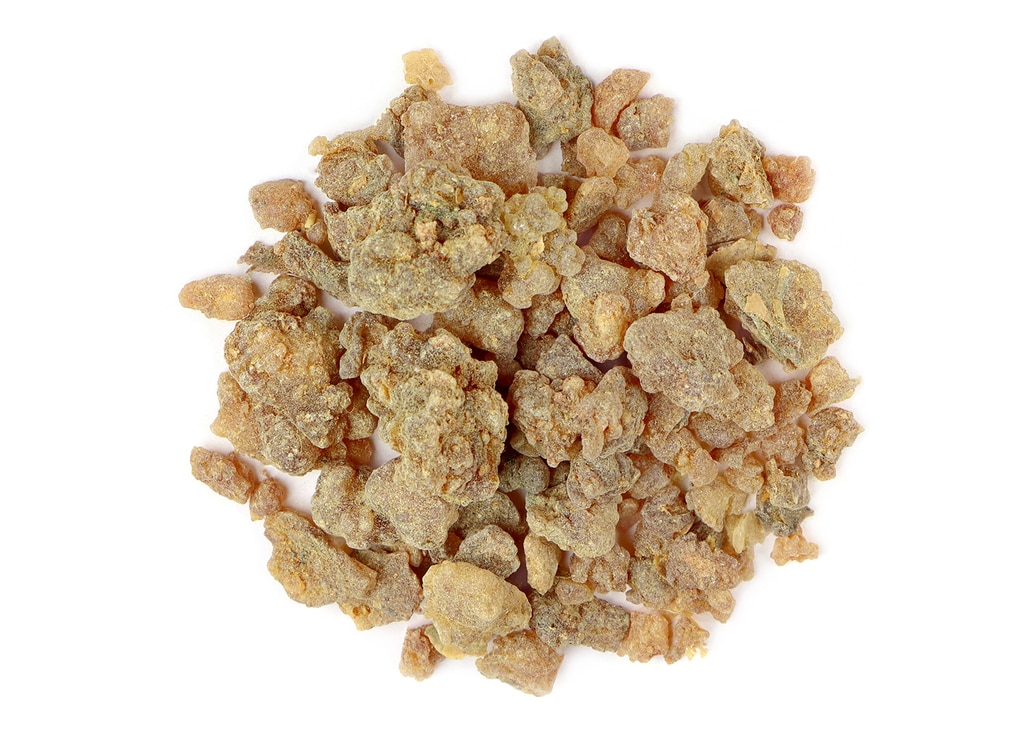
Myrrh resin can be employed in body care recipes, incense blends, and macerated as an extract.
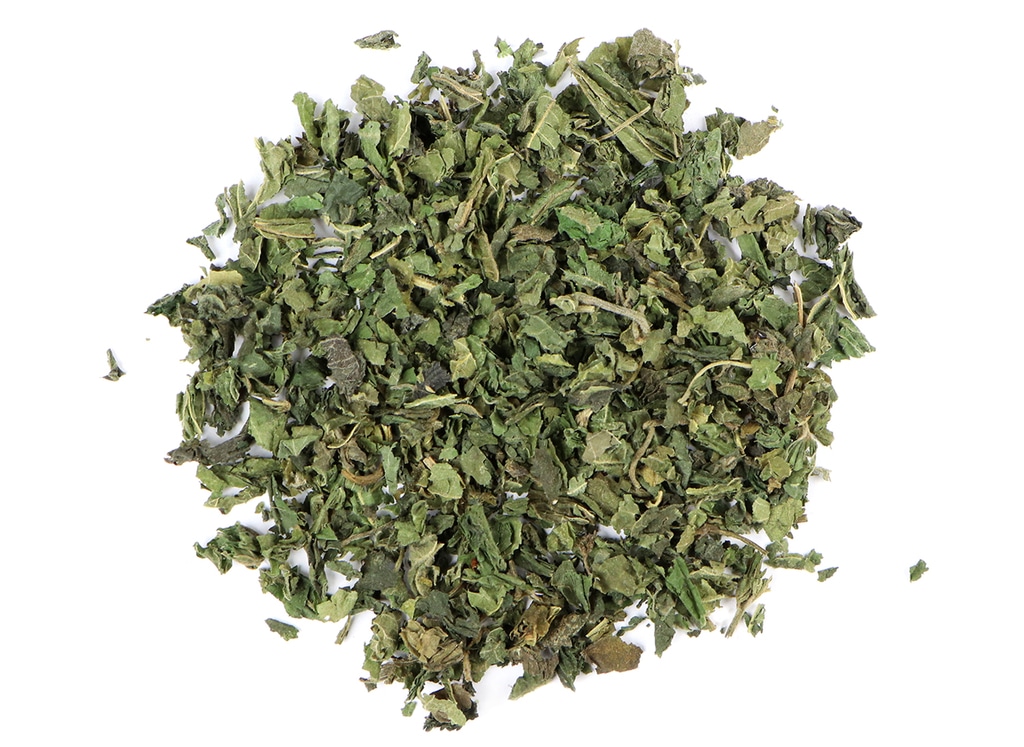
Nettle leaves can be steeped as deeply nourishing tea, incorporated into herbal infusion blends, and added to soups and broths.
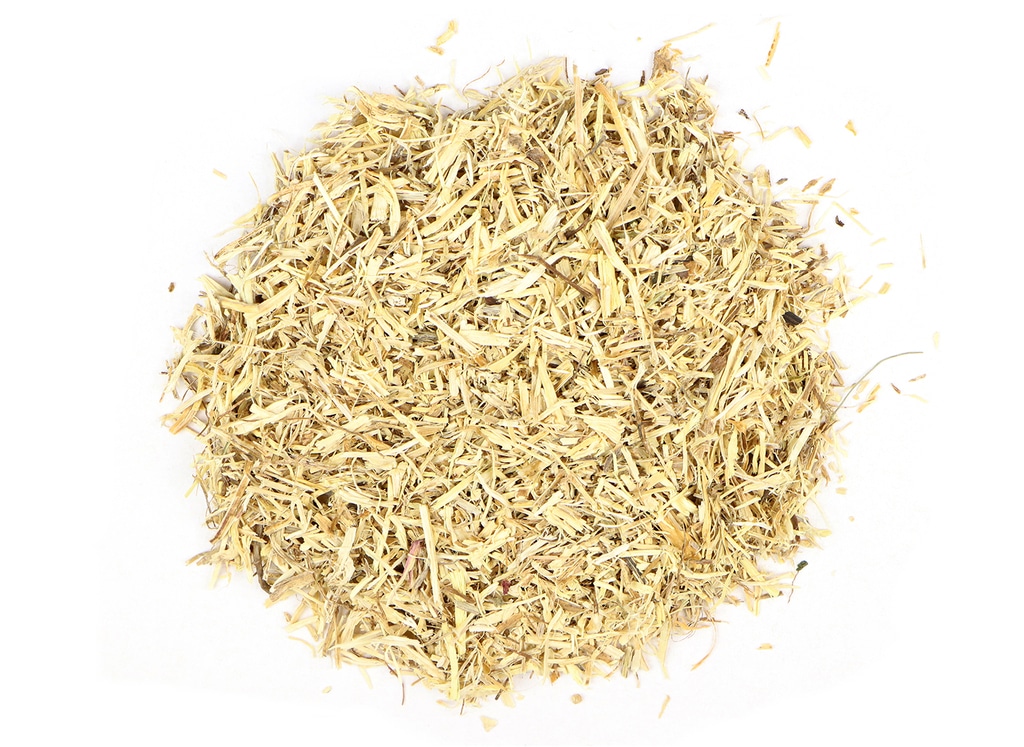
The roots have traditionally been used in European folk practices as an ingredient in male care blends and a tonic herb for the urinary tract. Stinging nettle root can be drunk alone as an infusion or combined with nettle leaf to make a holistic nettle tea.
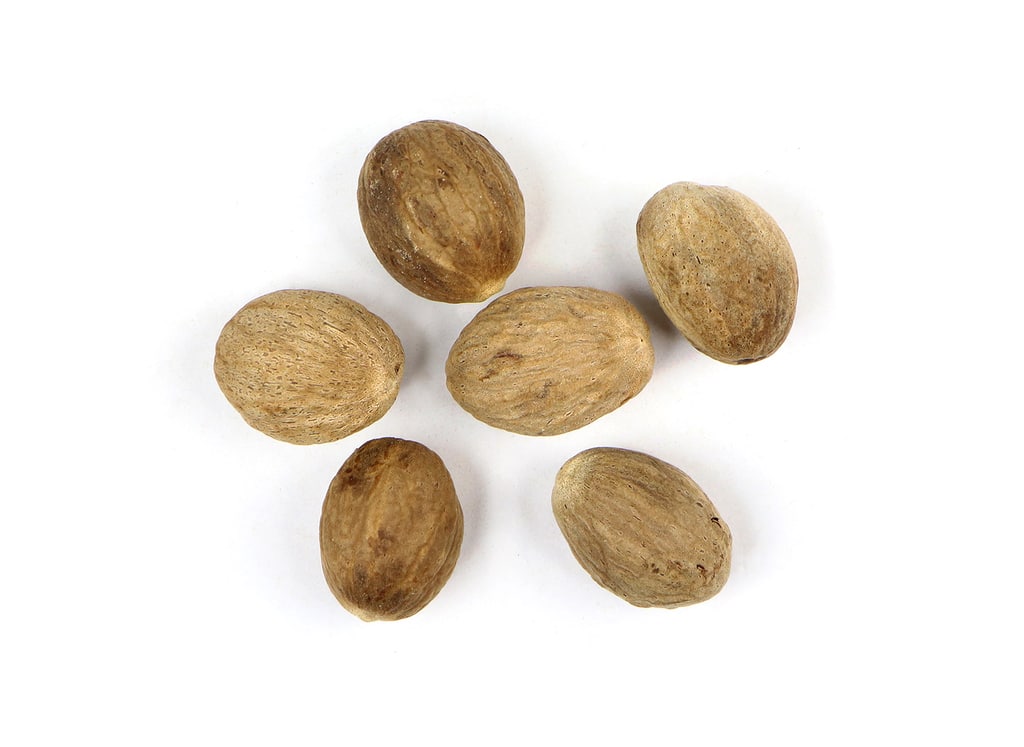
Nutmeg is used in baking recipes and savory seasoning blends, nutmeg is also employed for its healthful benefits. Nutmeg whole is typically grated fresh for each use to maintain the spice’s vivacity of aroma and flavour.
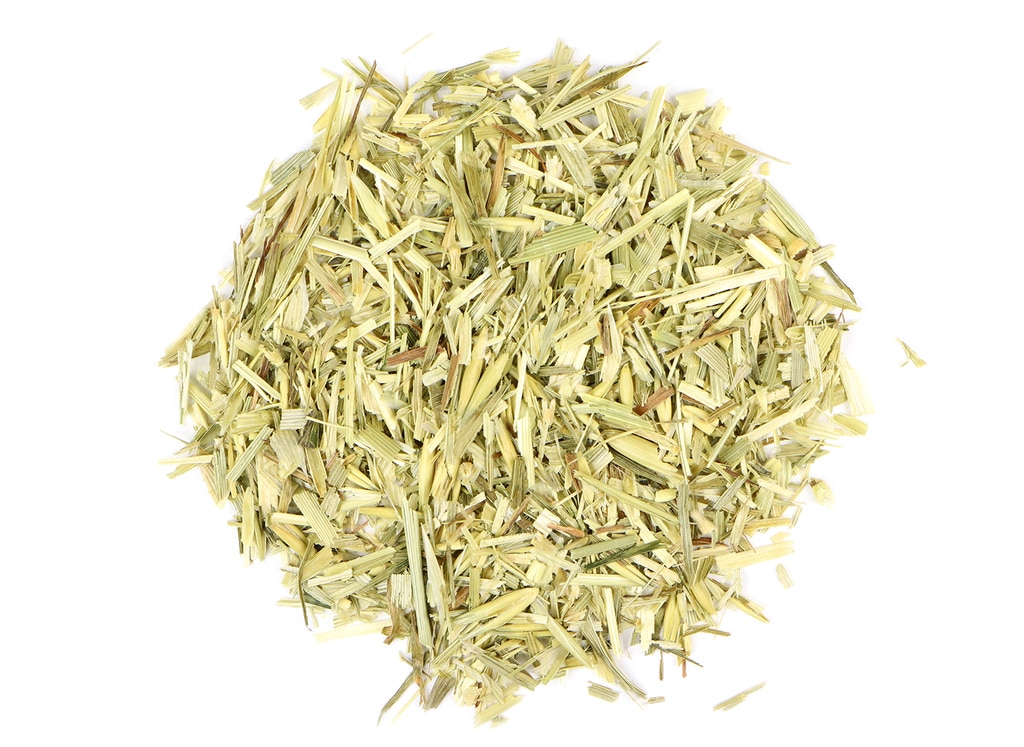
An infusion of oatstraw tea is a favorite among herbalists. Oatstraw can also be incorporated into nourishing herbal tea blends as well as bath and body formulations.
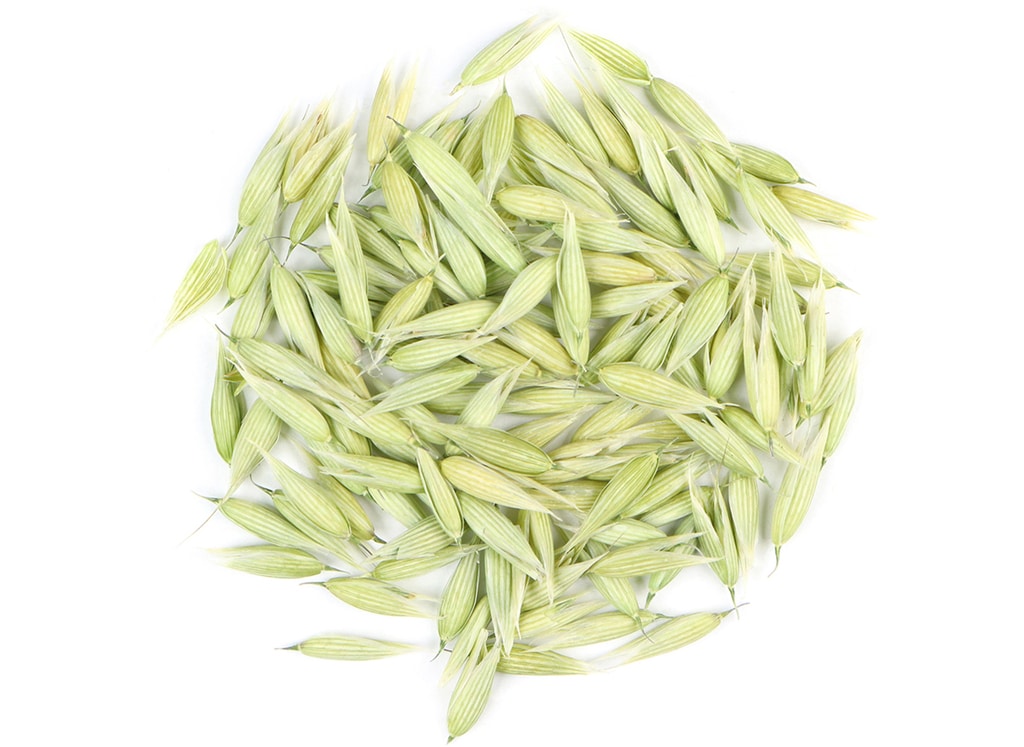
Milky Oat tops can be used in teas and tinctures however, they can be added to bath and body blends
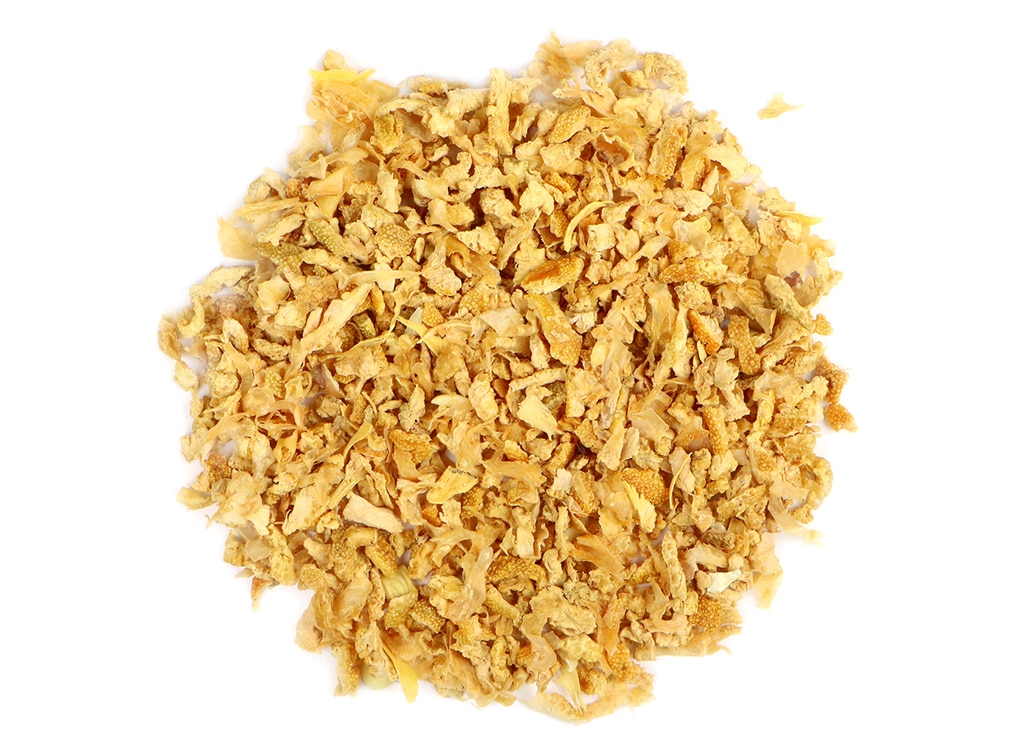
Dried orange peel has a concentrated orange flavor and is delightful in infusions, culinary dishes, and as an extract.
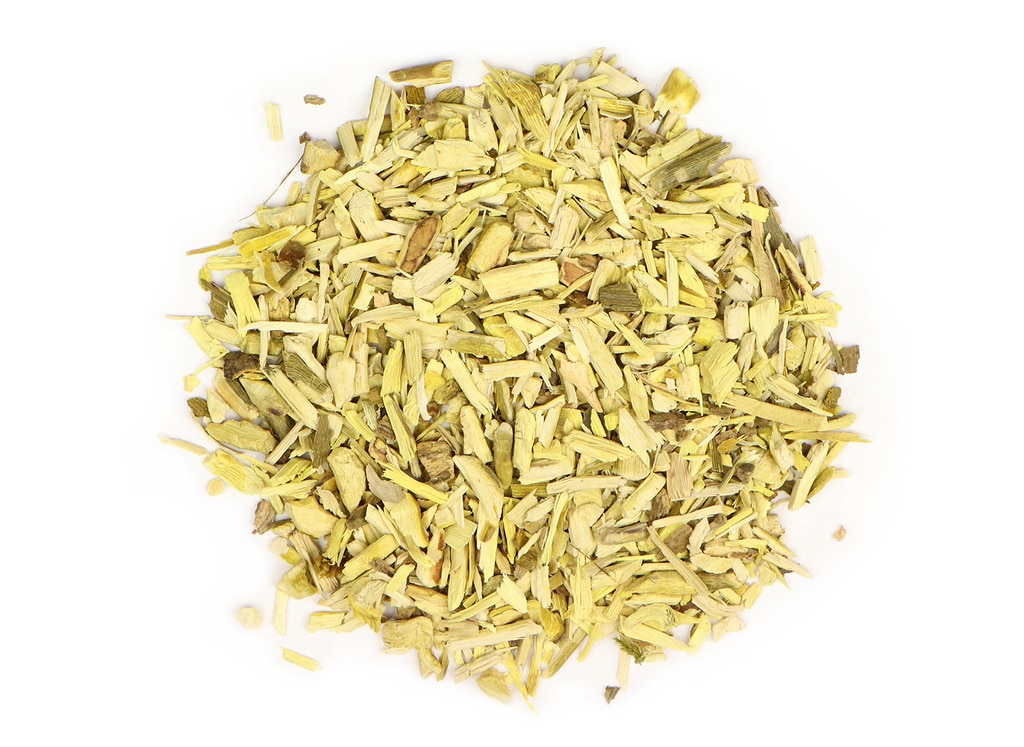
A sustainable sort of substitute for goldenseal, Oregon grape root can be extracted, added to herbal tea blends, and employed in topical care formulas.
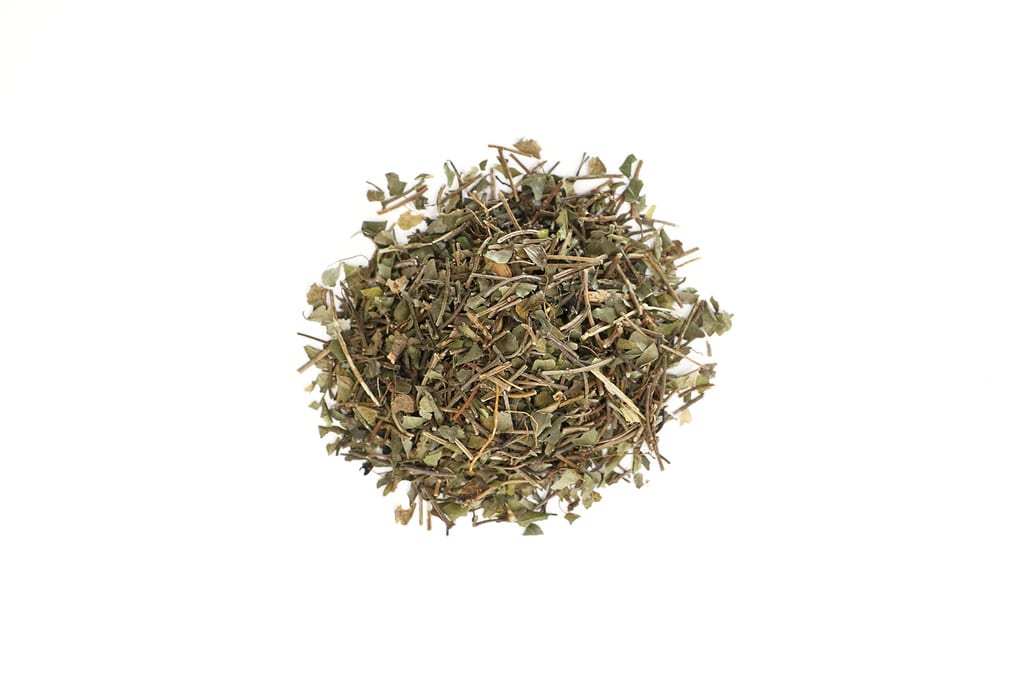
The red berries of partridge berry are edible and vegetal in flavor. Also called squaw vine, the herb can be decocted as tea, extracted, or prepared as a topical application.
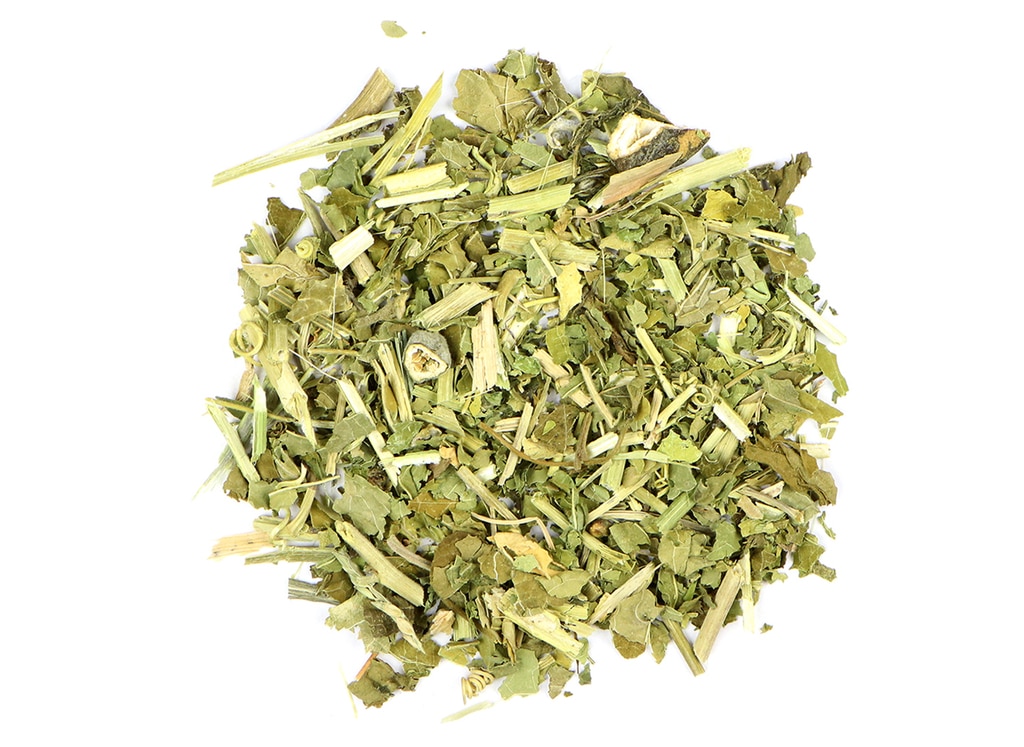
Known to be a calming plant, this organic passionflower can be tinctured, steeped as passionflower tea, and incorporated into herbal infusions.
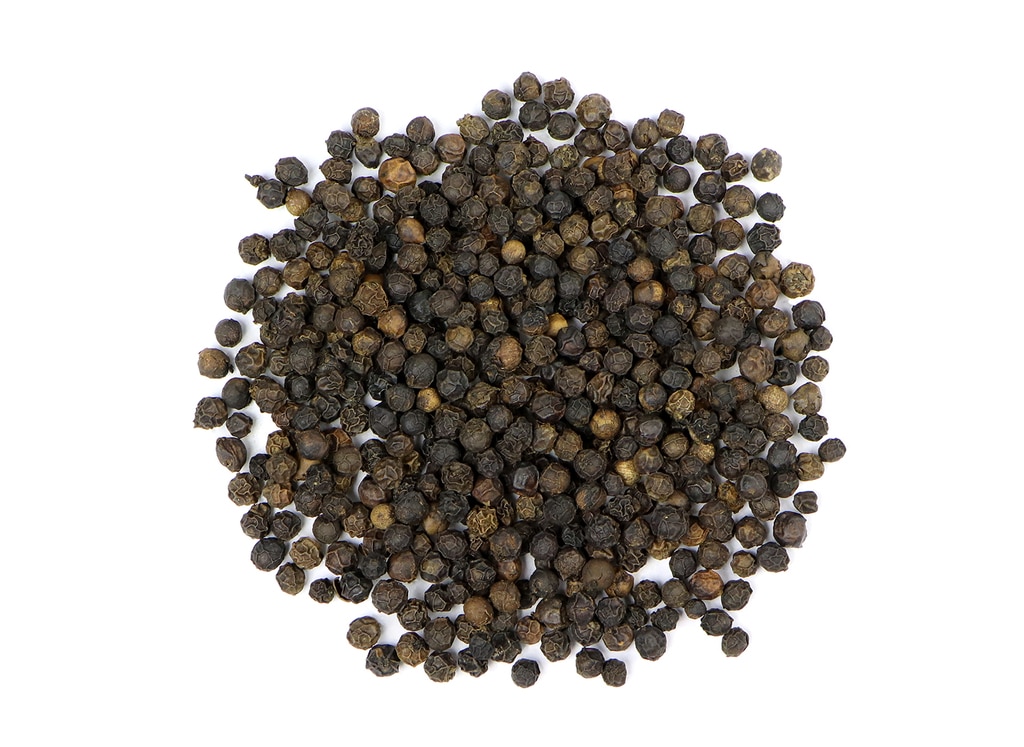
Black peppercorns maintain their piquant aromatics best when stored whole. In addition to culinary uses, they can also be added to teas and infusions. Black pepper is anti-inflammatory.
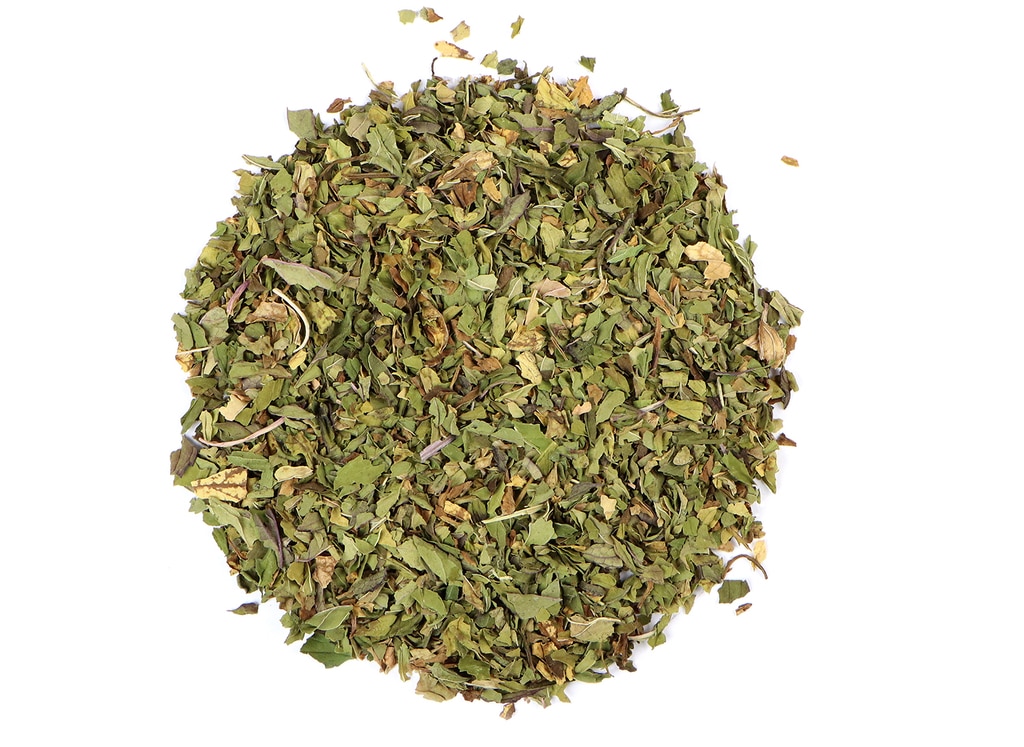
Peppermint leaf is commonly steeped as a refreshing peppermint tea but is also popular in herbal tea blends and candies. These peppermint leaves are organically cultivated in the USA.
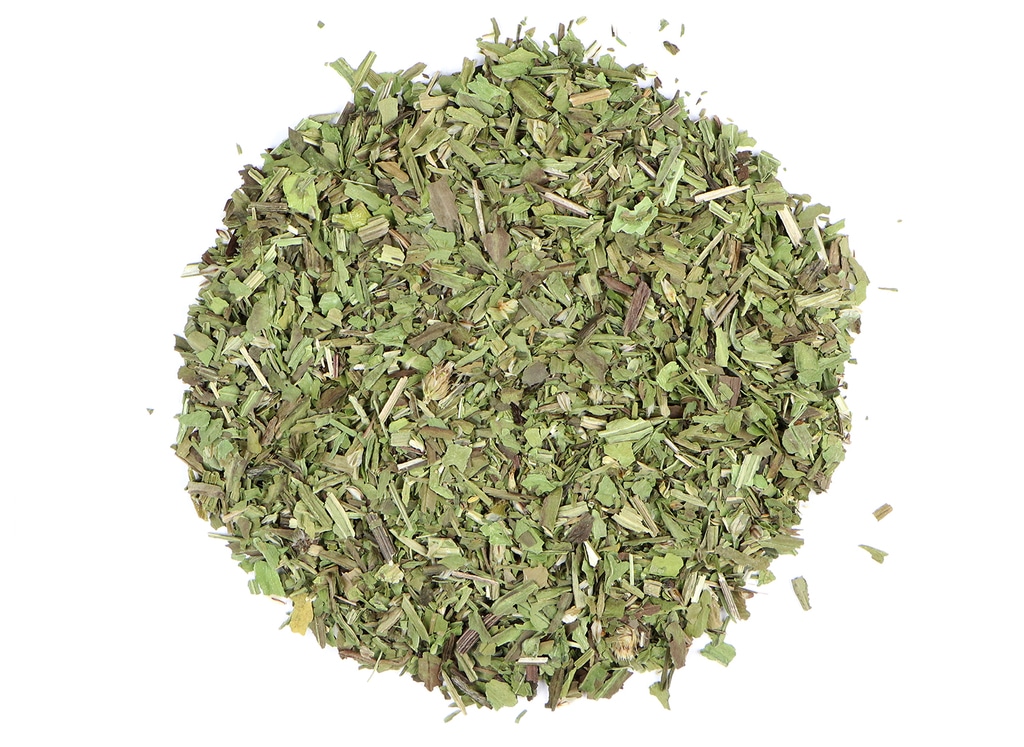
Dried Plantain leaf is wonderful infused in teas and herbal blends. Carol loves to infuse in oils to make soothing healing salves.
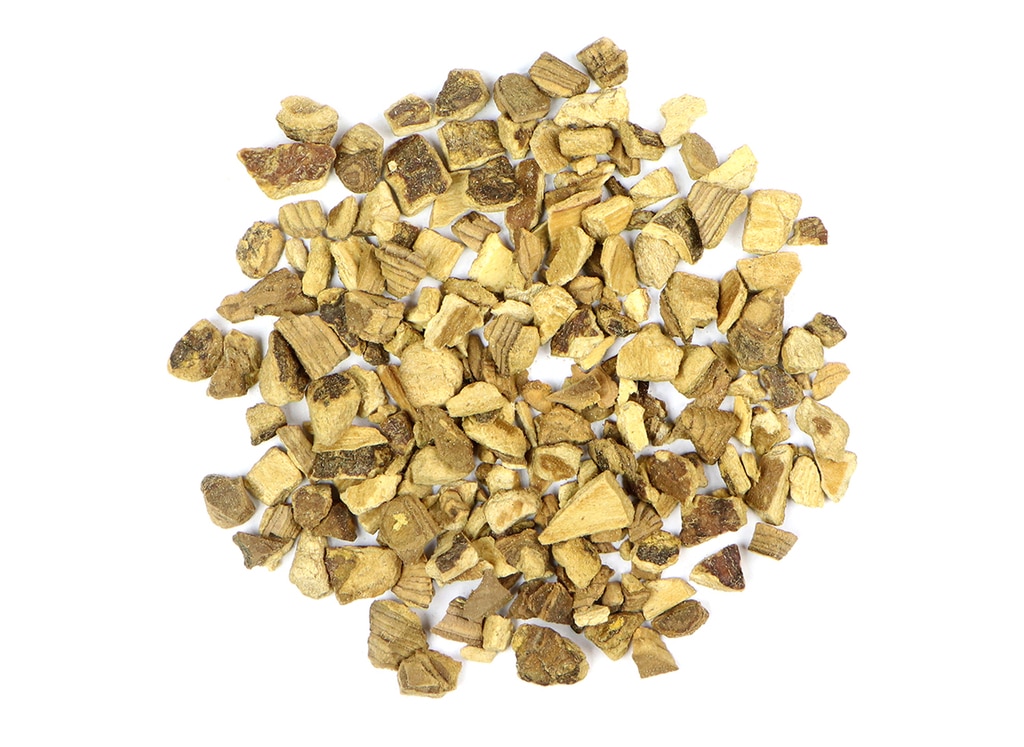
Prickly ash bark can be incorporated into herbal formulas, steeped as tea, or extracted.
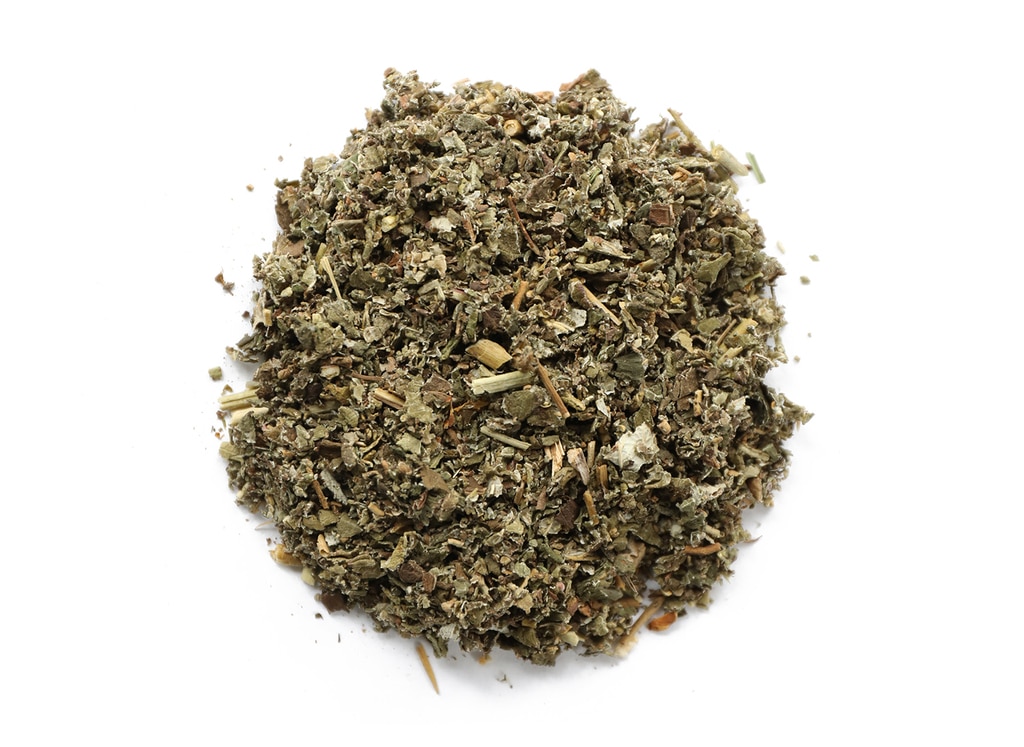
Raspberry leaves are generally drunk as a delicious raspberry leaf tea, with a flavor that resembles black tea. Red raspberry leaf is also popular in herbal infusion blends for both its taste and healthful qualities.
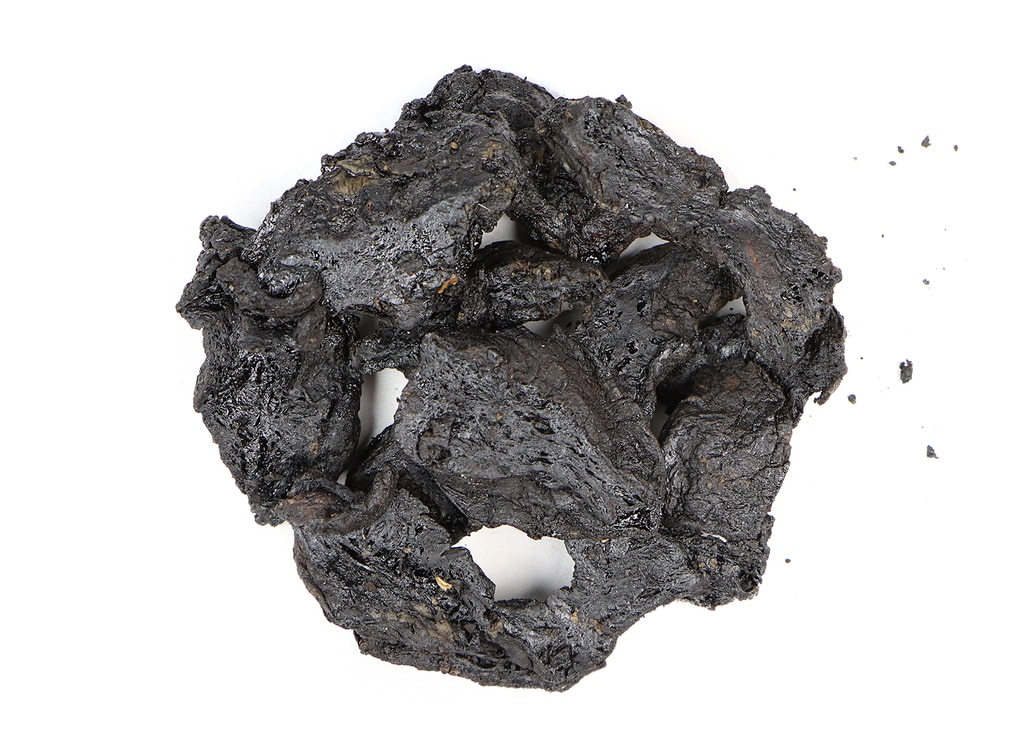
The root may be prepared as a decoction. In order to prevent feelings of heaviness or indigestion, prepare with cardamom or ginger.
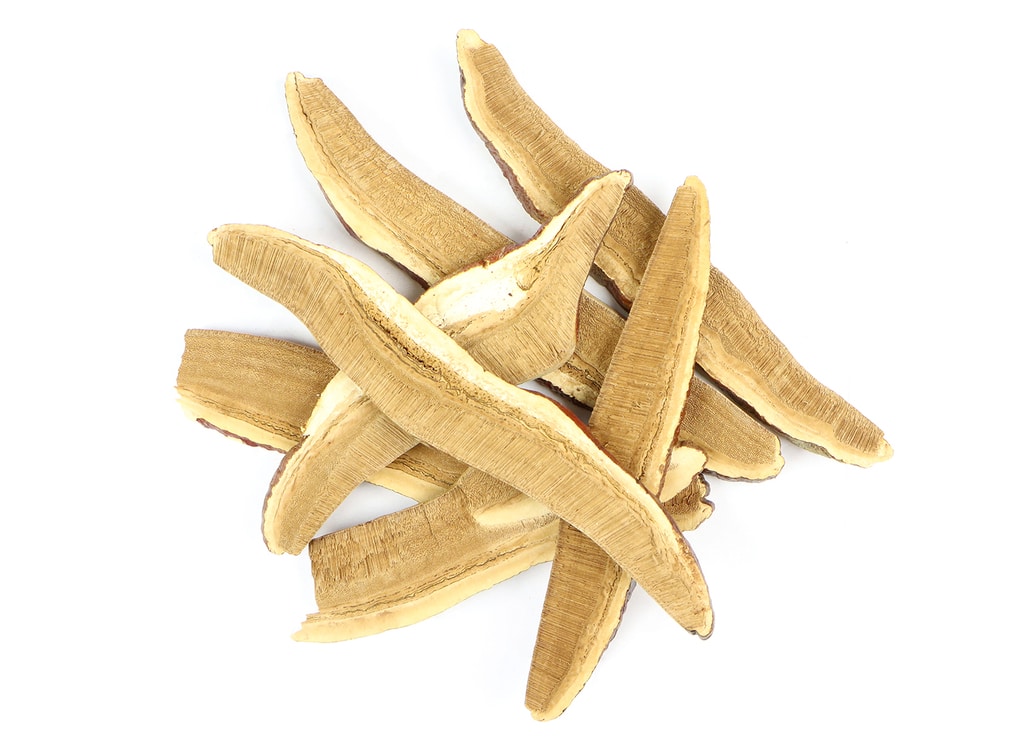
Whole organic reishi mushroom tops can be decocted as large batches of reishi mushroom tea or extract. Reishi mushroom is thought to support immune health to help you stay feeling your best and supports the body’s immune defenses to stay feeling healthy.
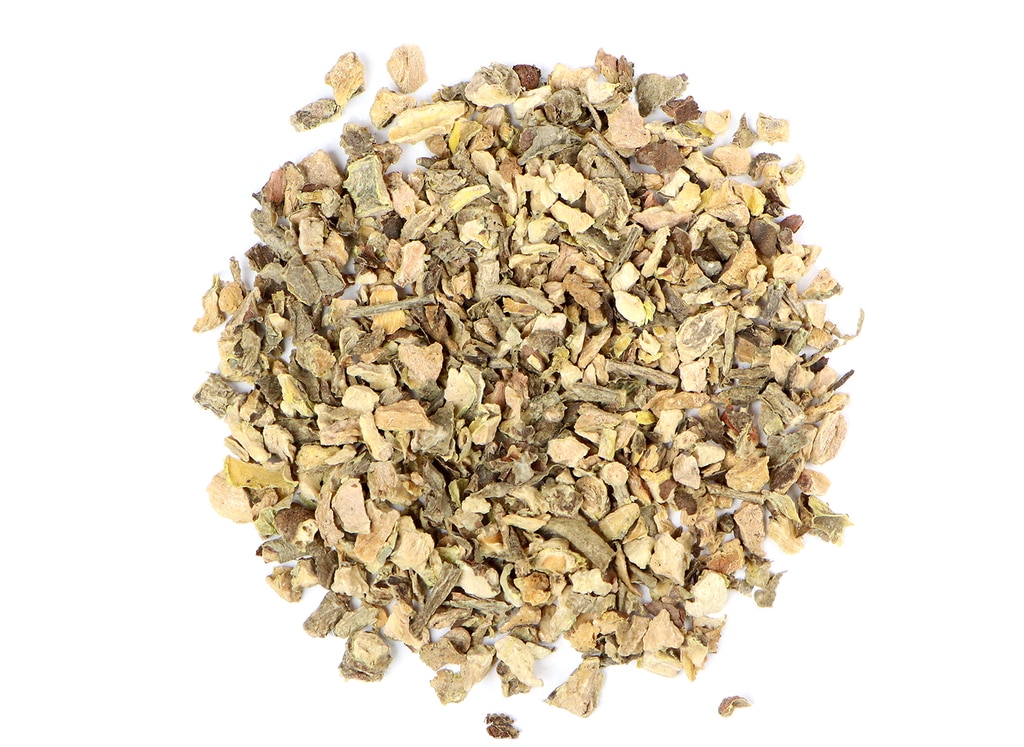
The floral-scented, purple-hued root is typically steeped as rhodiola tea, blended into herbal infusions, and tinctured. Wonderful herb to uplift + support.
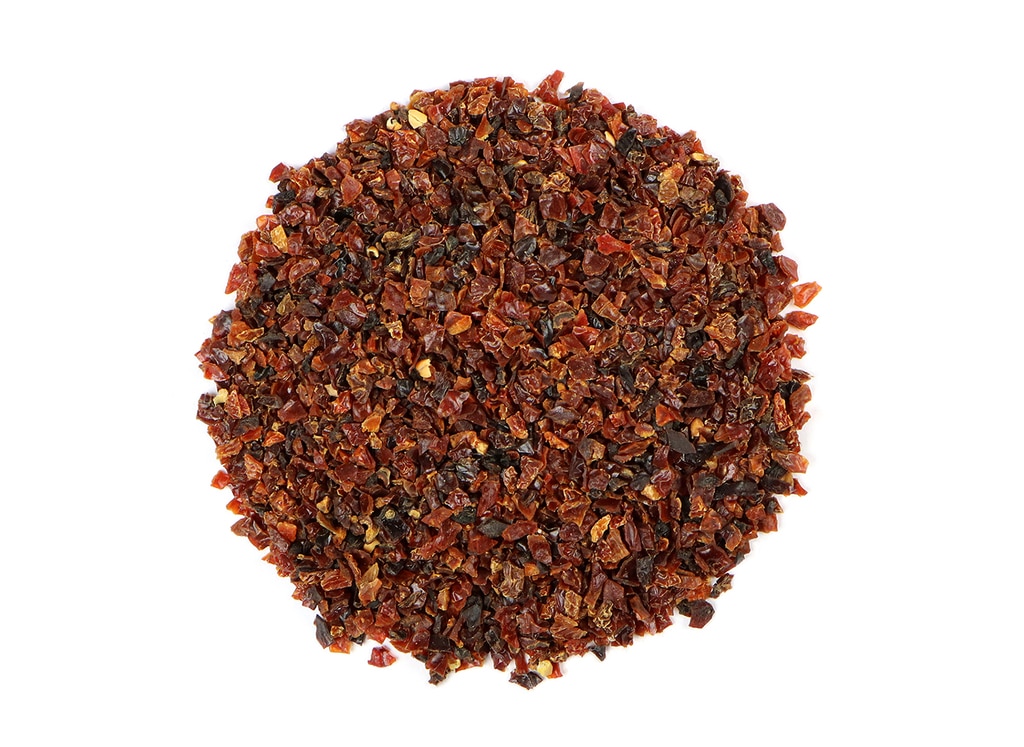
Rosehips have a tart flavor and can be consumed as food. Dried rosehips can be infused into herbal syrups and steeped as rosehips tea.
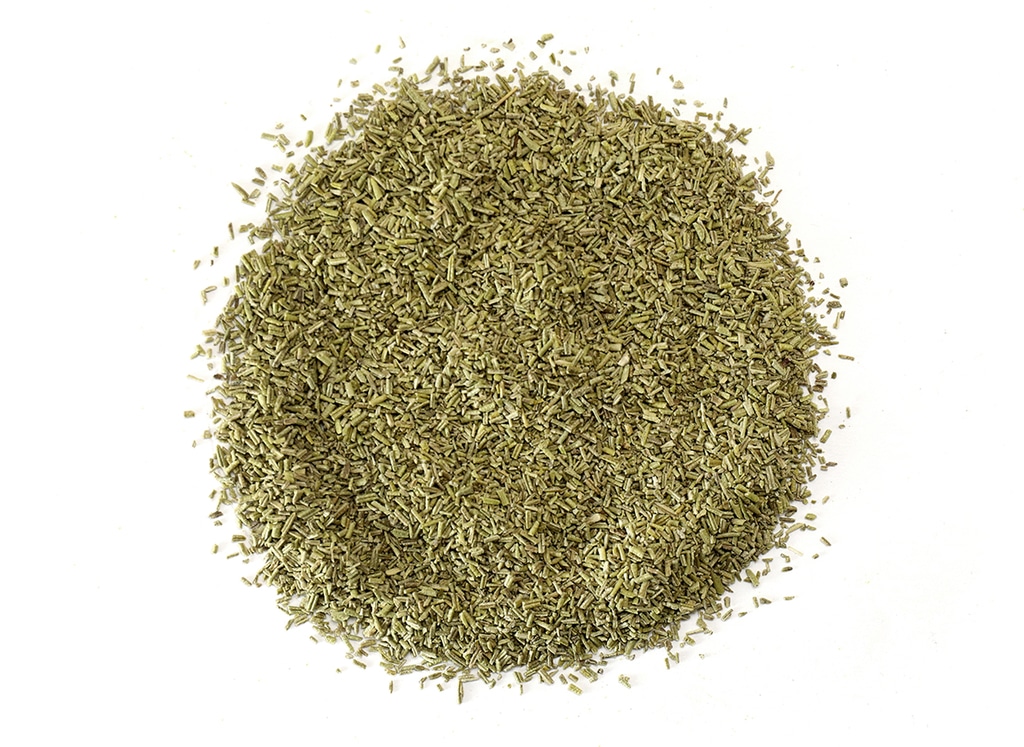
Rosemary is known historically for its healthful uses and folklore, especially as a memory aid. Dried rosemary leaves can be macerated as rosemary extract, infused into oils and vinegars, and incorporated into herbal tea blends.
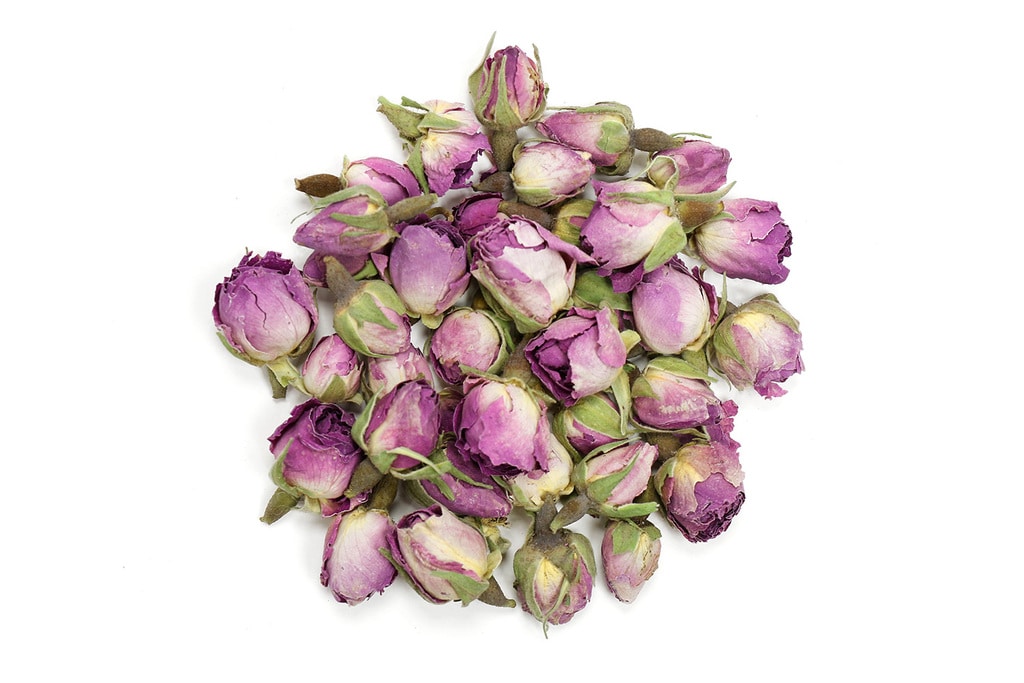
Rose buds can fluctuate from tightly closed buds to loosely-open with petals almost falling off. They make a beautiful addition to herbal potpourris, sachets, pillow mixes, and body sprays. Roses have been valued for their beauty, perfume, and healthful properties for hundreds of years.
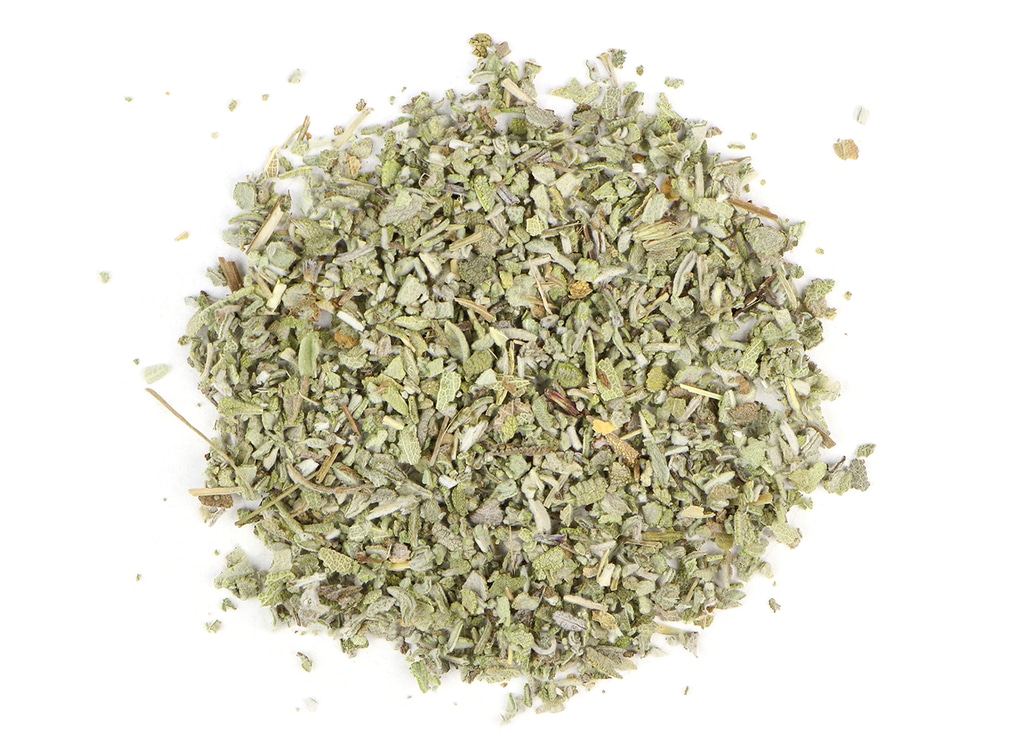
Sage leaves can be infused as tea, macerated as an extract, and used as a culinary spice.
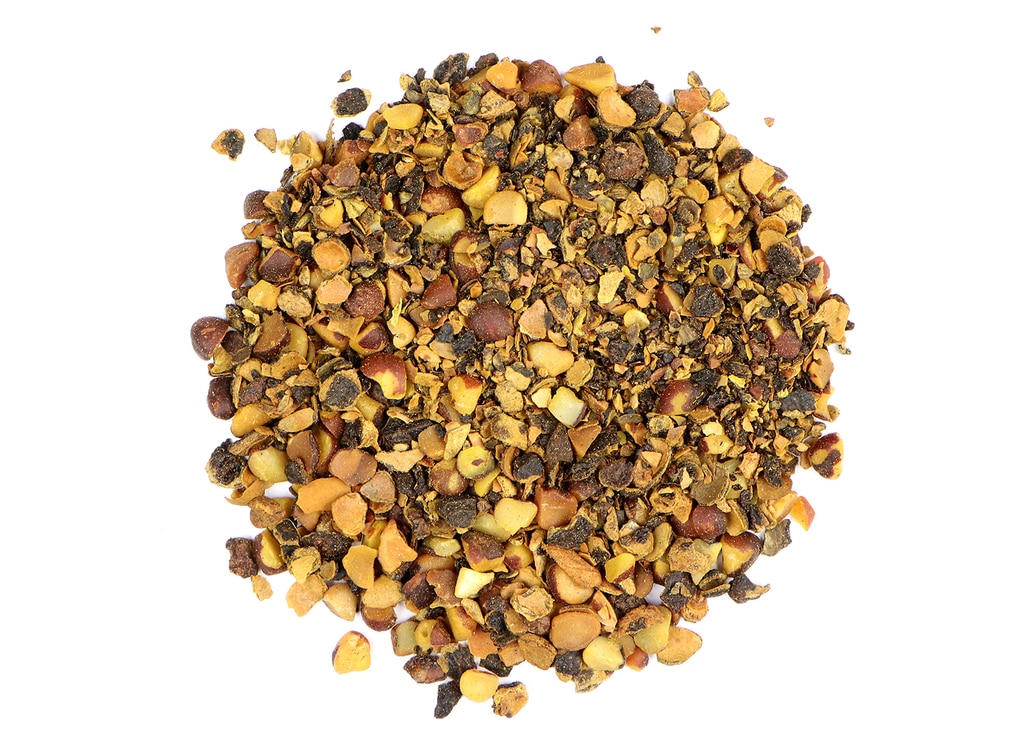
The berries are considered energetically pungent, sweet, and warming. Saw palmetto berry is often used as a tonic to support the functioning of the male reproductive system and can be decocted or macerated as a liquid extract. Traditionally used to support prostate function.
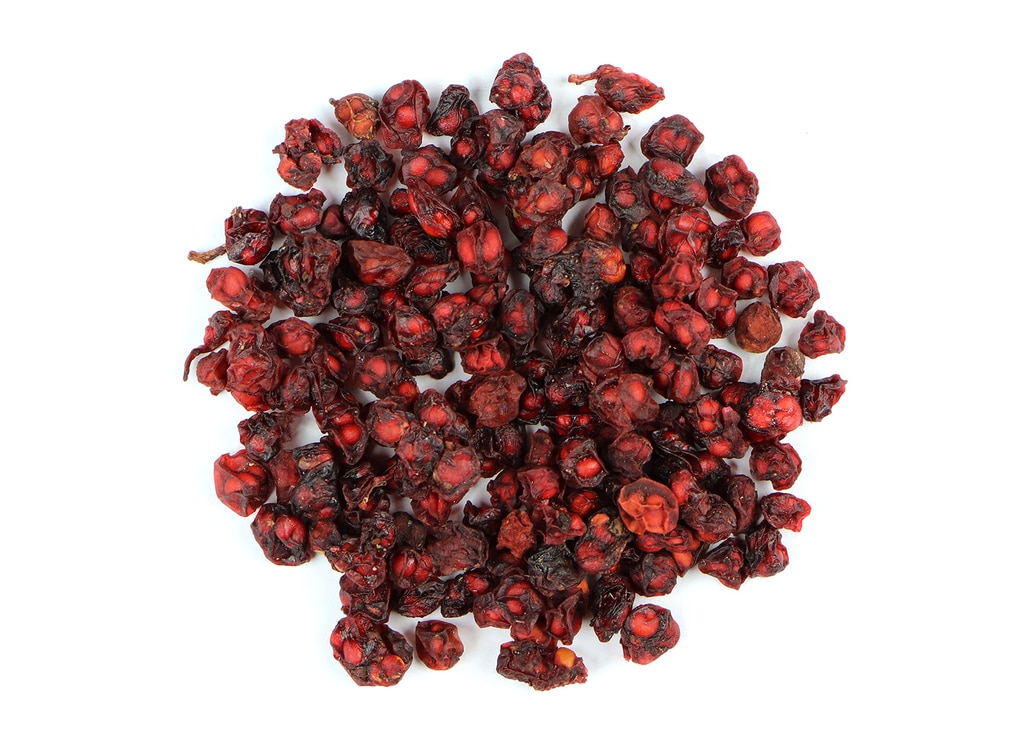
These berries are said to contain all five basic flavors: salty, sweet, sour, pungent, and bitter. The berries can be macerated in fruit juice, tinctured, and infused as schisandra berry tea.
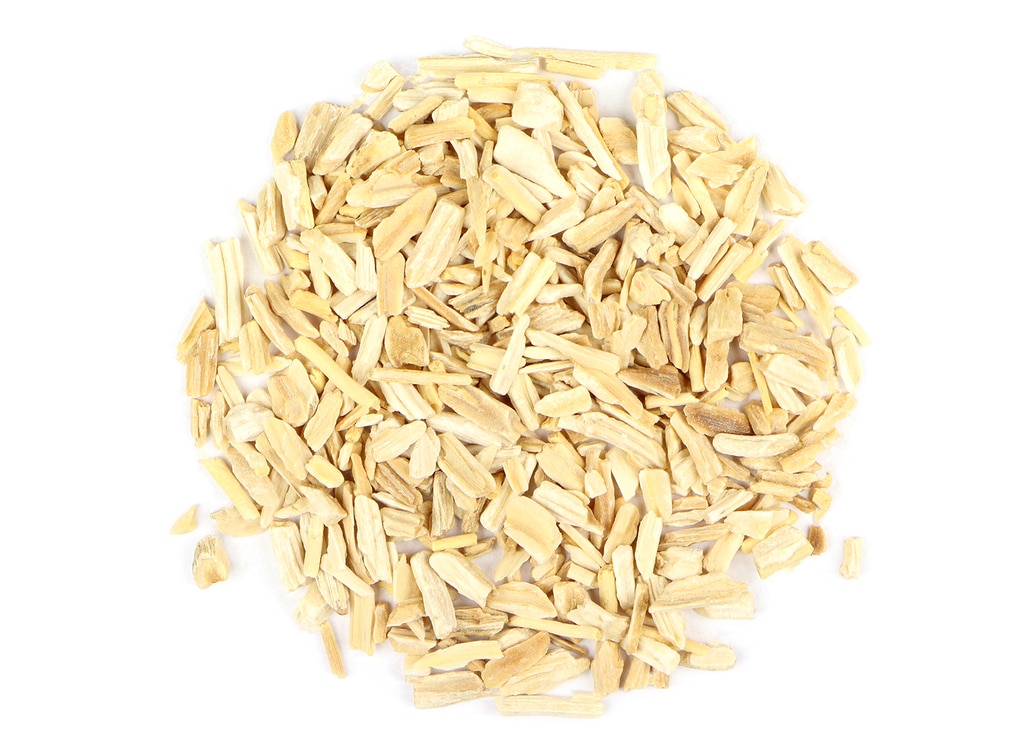
These roots have been used in Ayurvedic medicine for centuries and are considered to have supportive properties for the reproductive system. Shatavari root can be incorporated into herbal formulations, infused as tea, and used to create a liquid extract. Shatavari is highly regarded as an herb for women's health
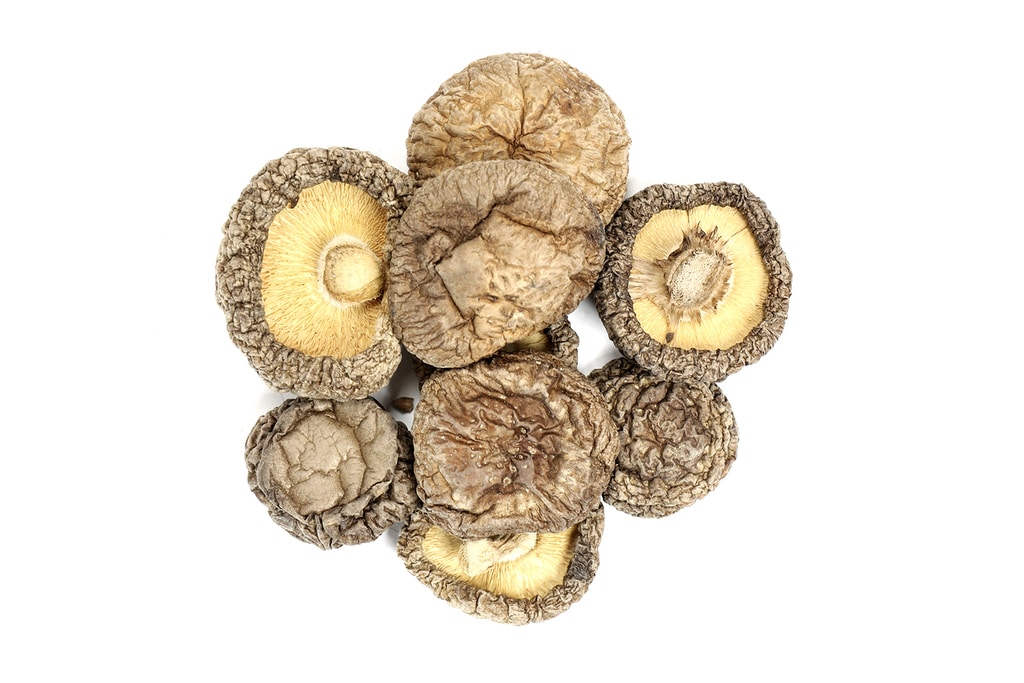
Shitake is prized in Traditional Chinese Medicine for its healthful qualities. Reconstituted dried shiitake mushrooms can be sautéed with vegetables and tofu, or added to soups, sauces, and stir fries. Shiitake mushroom can also be infused into broths and enjoyed as an earthy tea.
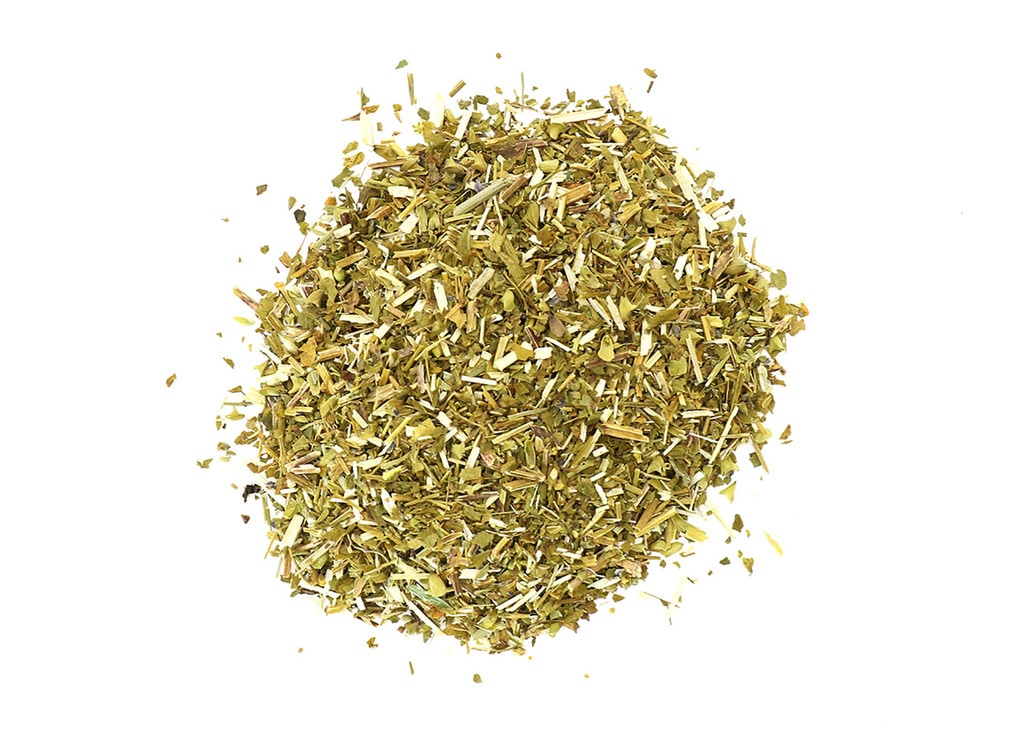
A calming herb, skullcap makes a wonderful evening infusion of skullcap tea and is commonly macerated as skullcap tincture.
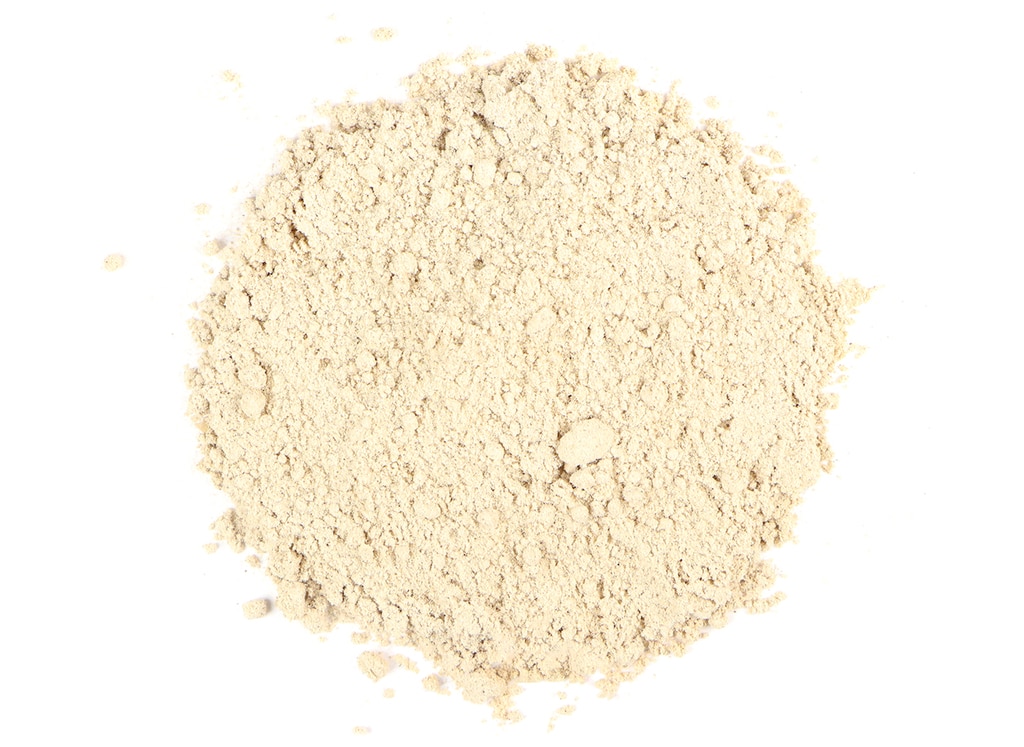
Slippery Elm bark, in powder form it is often infused as slippery elm tea and drunk for its mucilaginous properties.
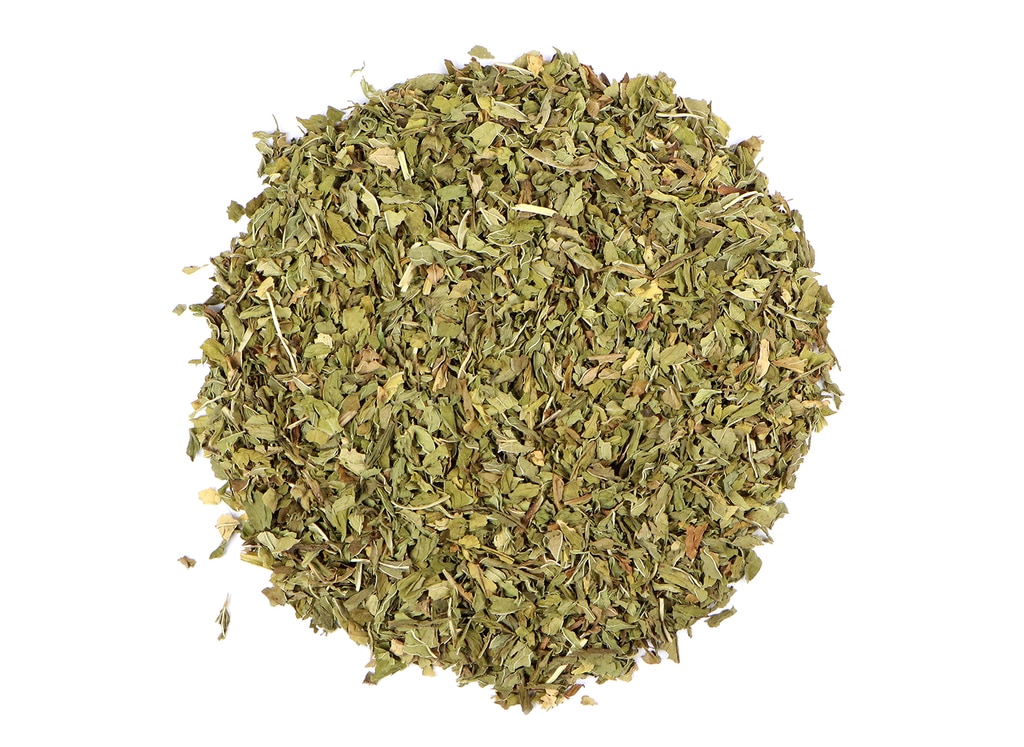
This mint is most commonly infused as spearmint tea and makes for an uplifting addition to herbal infusion blends. Spearmint leaf is also used as a flavoring agent in culinary creations.
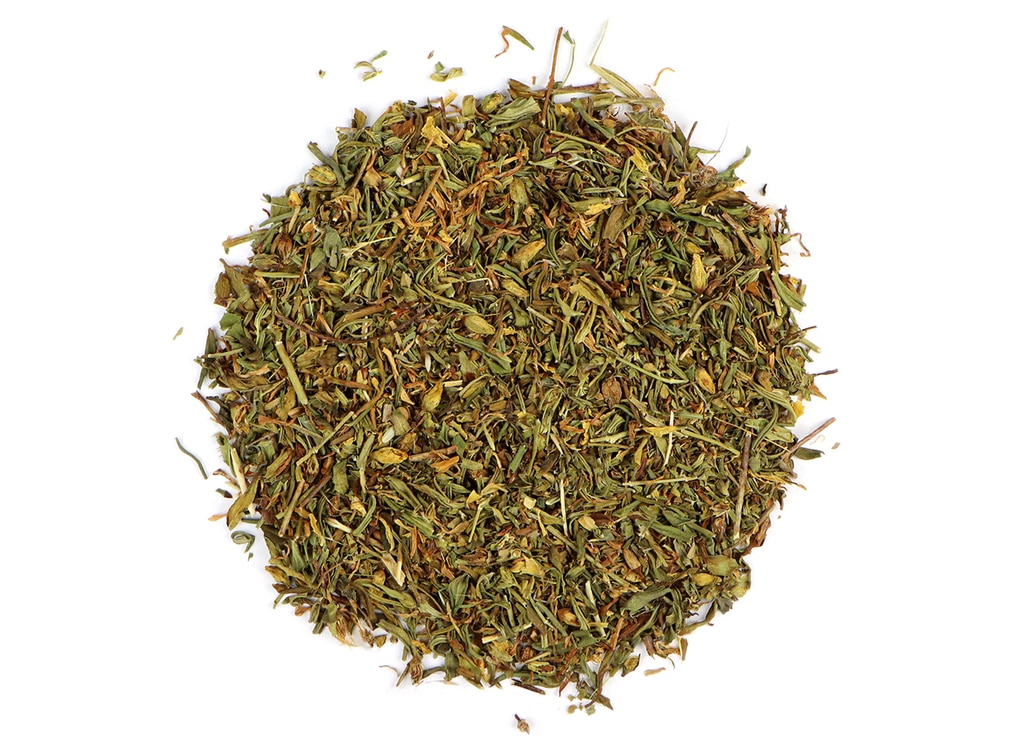
Helps to promote a healthy happy mood..Historically used to soothe nerves and supportive for nervous system support. Typical preparations include steeping as tea, oil infusion, and extract.
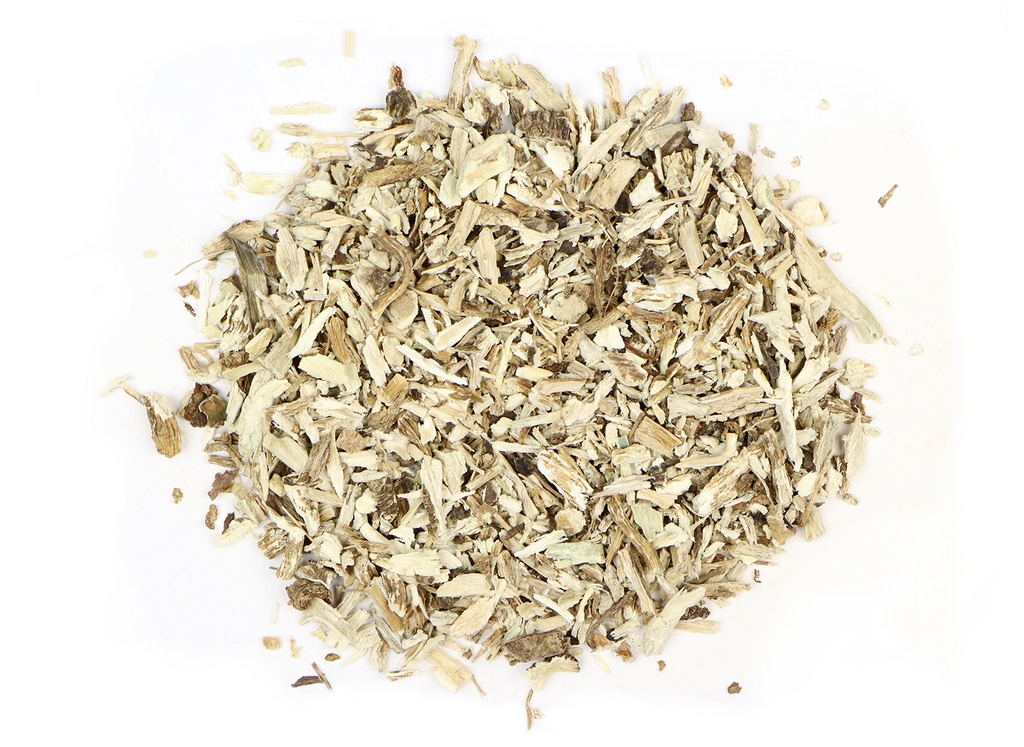
Teasel root can be prepared as an extract, decoction, or in topical applications.
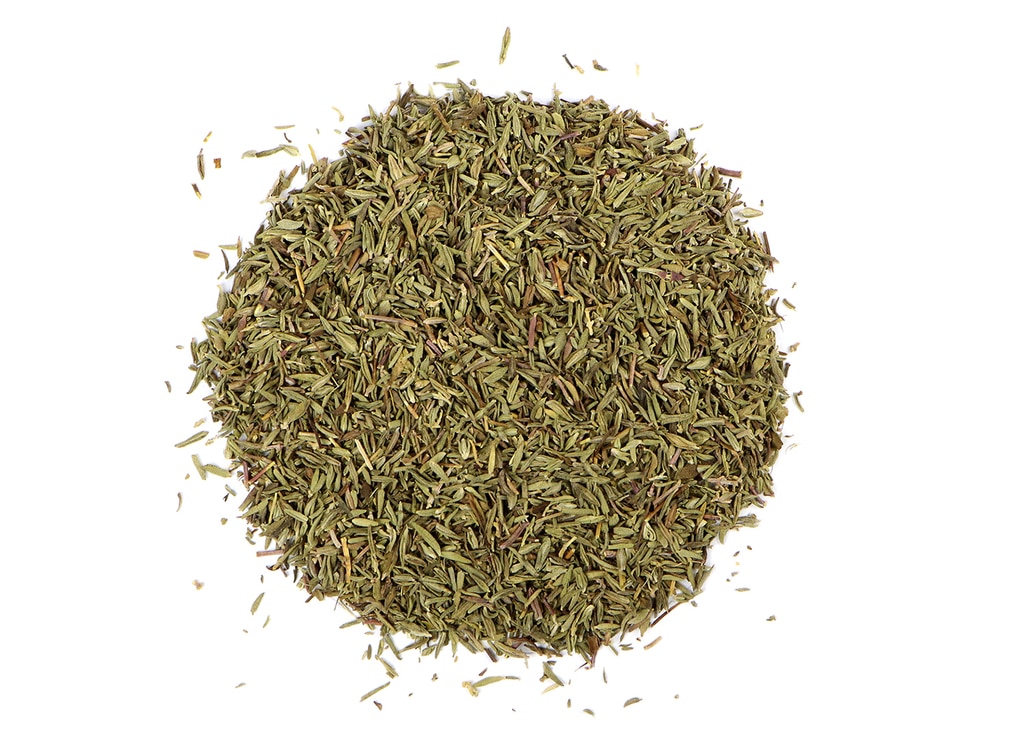
Dried thyme leaf can be incorporated into culinary recipes, infused as thyme tea, and combined into herbal syrups.
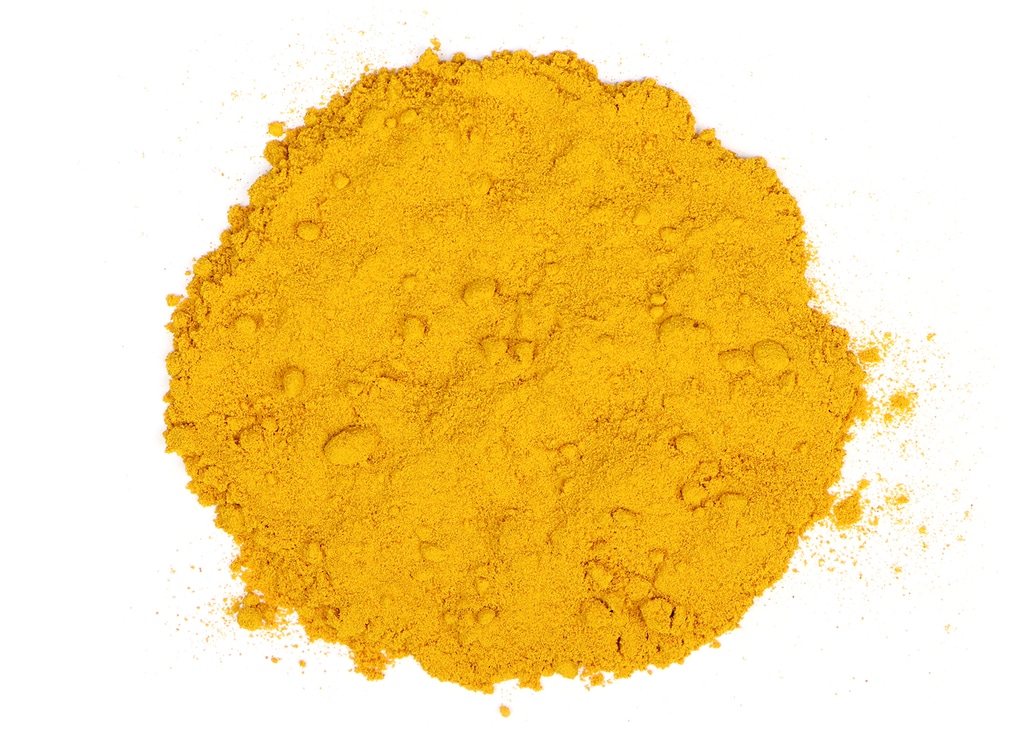
Turmeric root powder can be extracted, encapsulated, used as a seasoning for curries and rice dishes, and employed as a dye. Thought to be highly anti-inflammatory and helpful for stiff joints
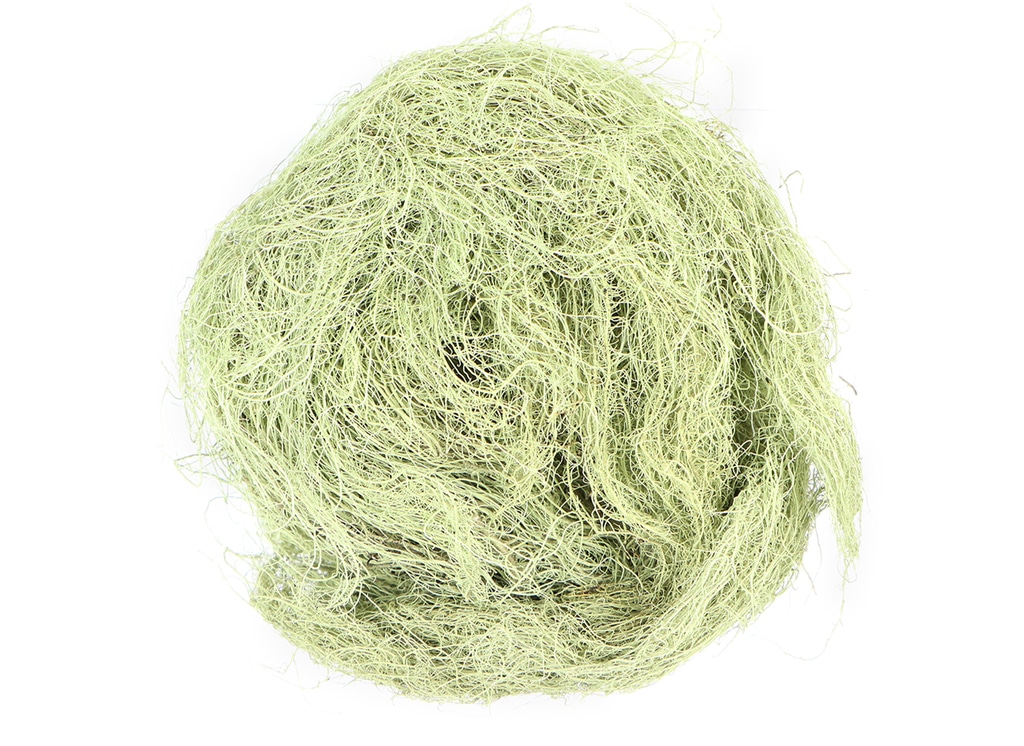
Usnea can be extracted, used topically, or steeped as usnea tea.
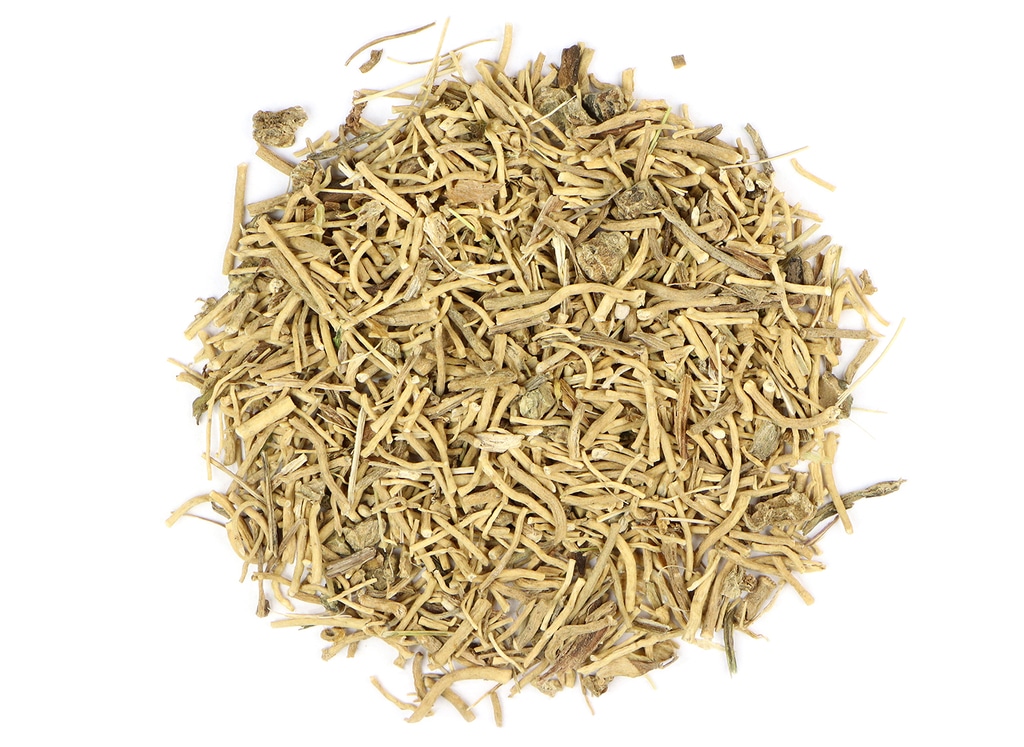
Commonly infused as valerian tea, the roots can also be mixed into herbal tea blends or tinctured. Valerian is believe to promote natural relaxation and help in coping with stress.
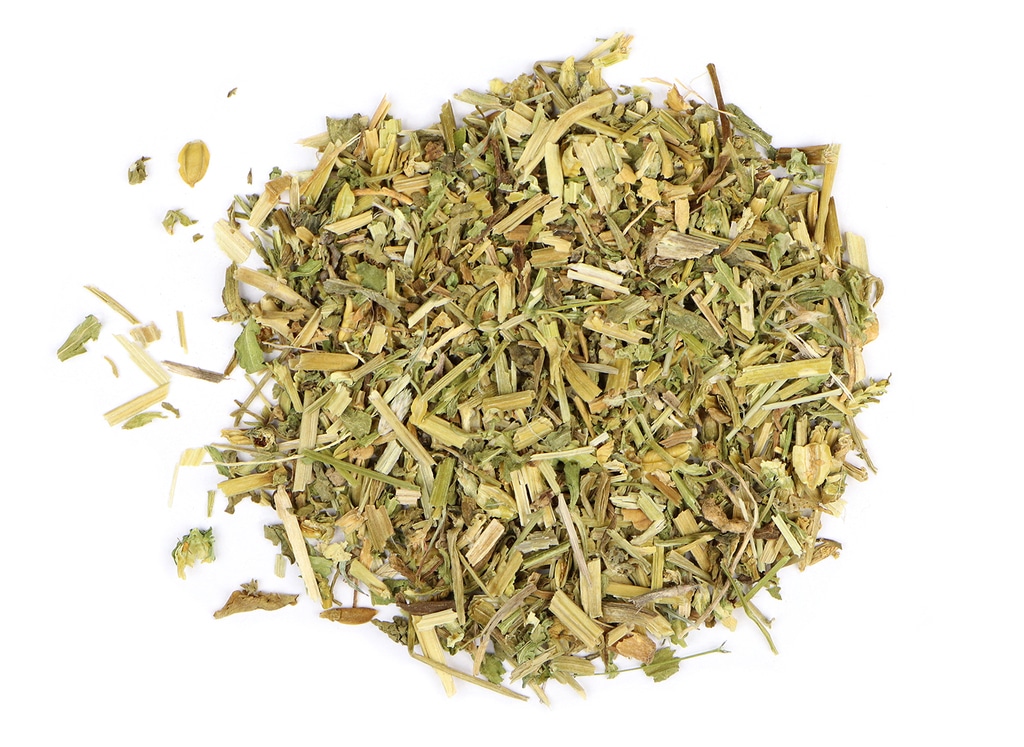
Sweet violet is cultivated for its beautiful and fragrant flowers that are also used in perfumes, flavorings, and herbal medicines. Violets have been used in traditional folk medicine for thousands of years.
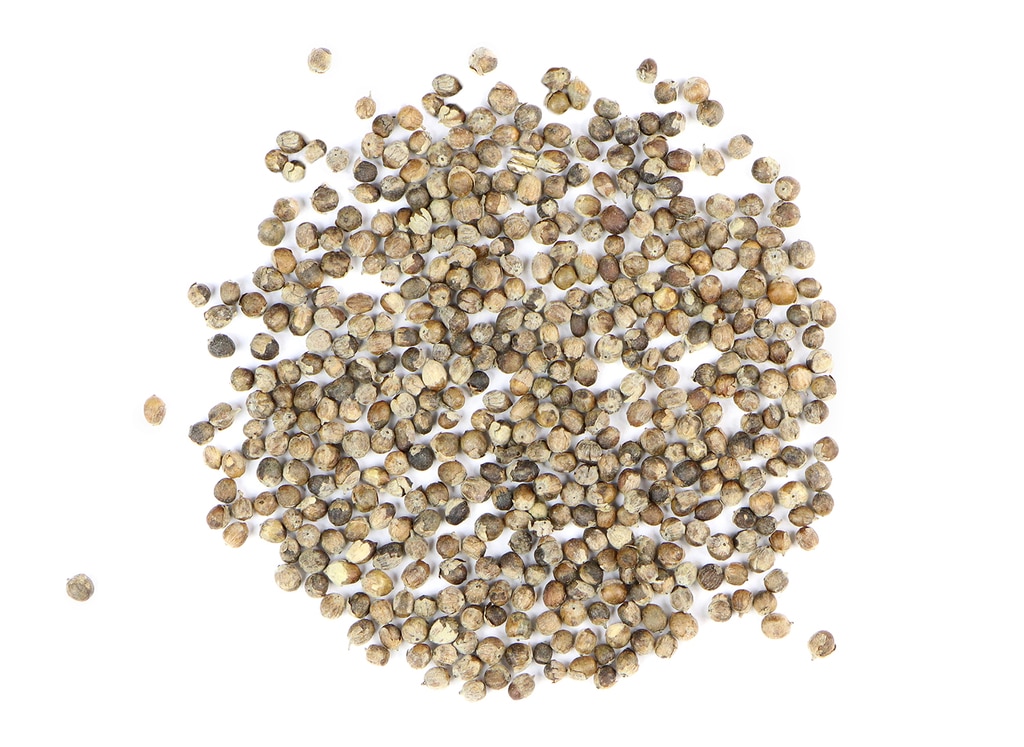
Vitex berry has been used in traditional European herbalism for reproductive support for thousands of years. The dried fruit, also called chasteberry, can be brewed as an herbal tea, tinctured, or cracked and sprinkled over food for a peppery spice.
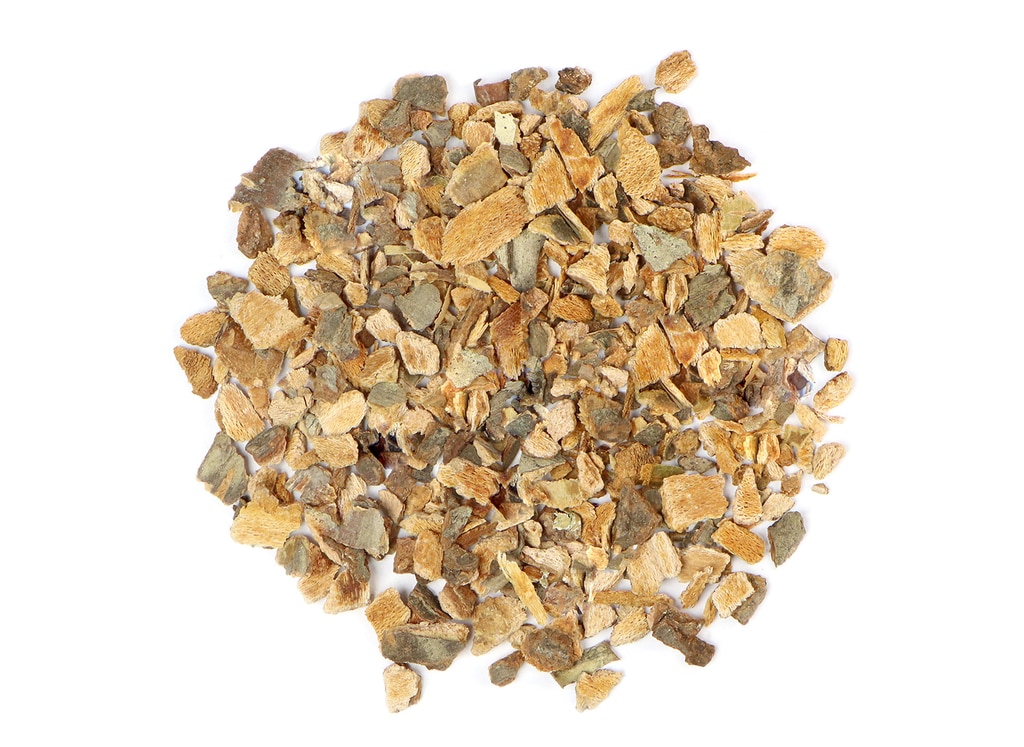
Wild cherry is a member of the rose family and also goes by wild black cherry. Most commonly found in Syrup formulas; however, it may be administered as a tea or extract.
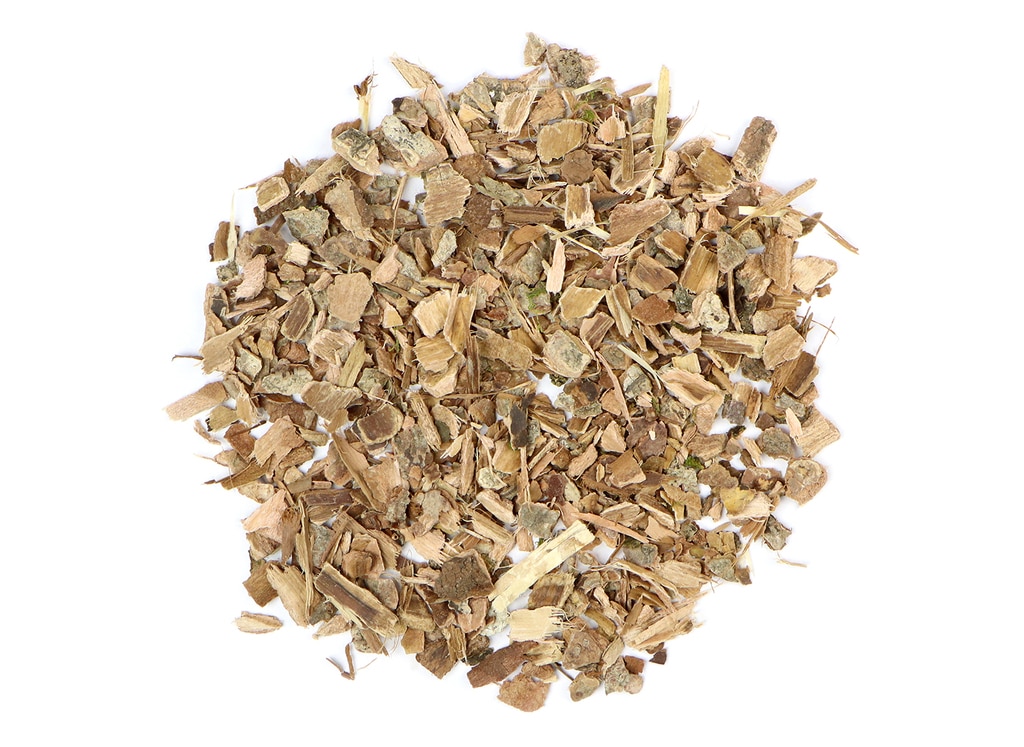
Witch hazel bark can be prepared as a tea or astringent extract and can also be used in tincturing and body care products.
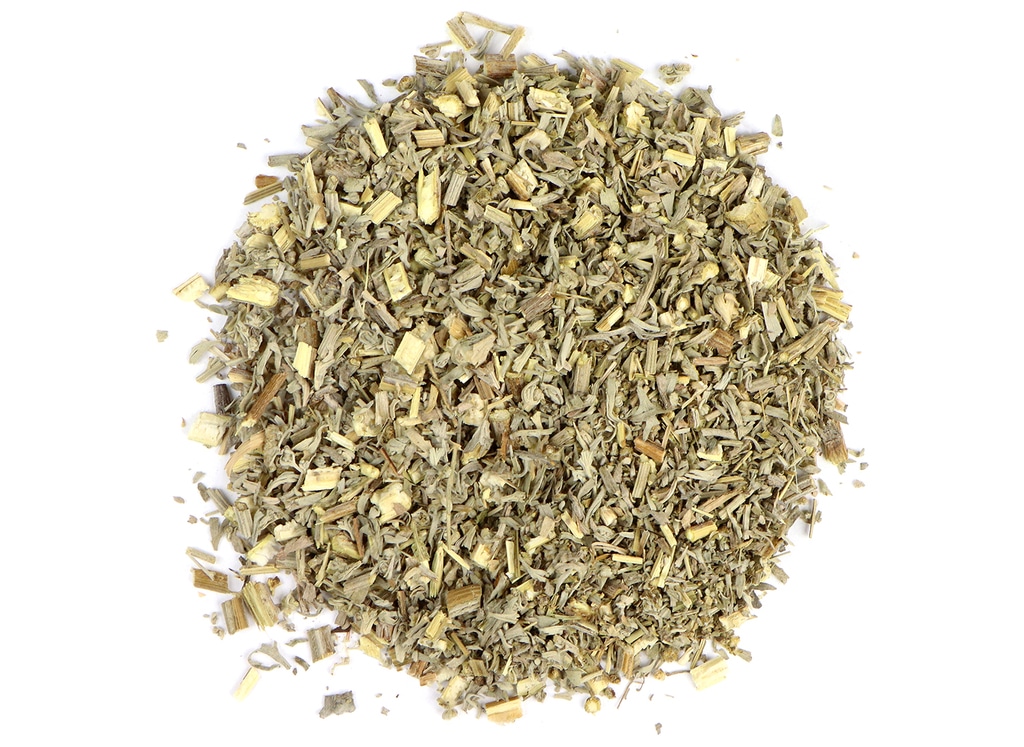
The plant can be infused in herbal tea blends, used in tincturing, and incorporated into other botanical formulations.
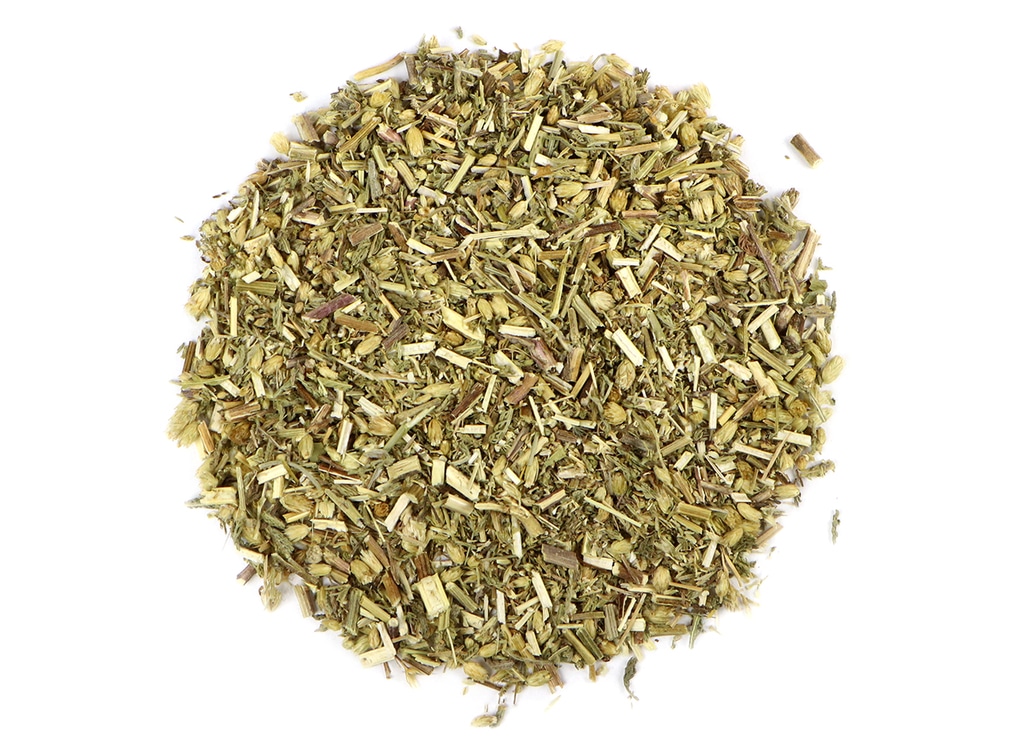
Dried yarrow leaf and yarrow flower are combined for use in skin care creations and herbal tea blends. This organic yarrow leaf and flower can also be used in tincturing.
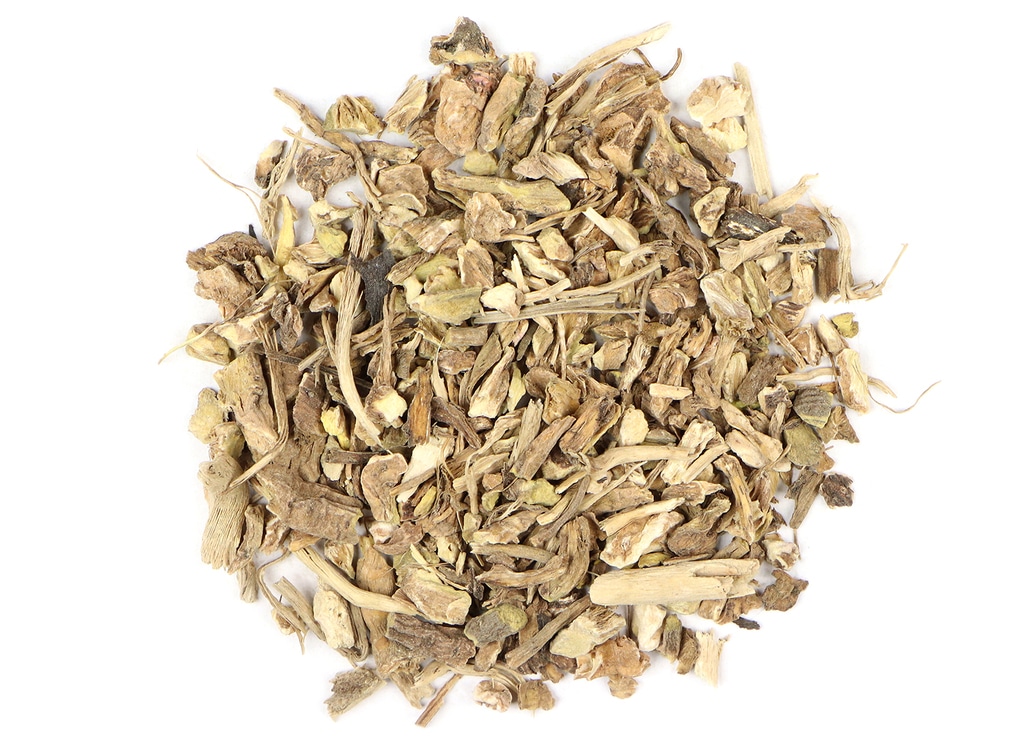
Yellow dock root can be made into a syrup, decocted as tea, extracted, and infused in oil for topical application.
Please don't hesitate to be in touch if you cannot find a particular herb.
There are MANY wonderful sources out there..
I am happy to try to direct you to find what you need, if you reach out. Thanks.
BELOW -- some of my favourite herb growing folks!
Herb Growers:
HEALING SPIRITS HERB FARM
OSHALA FARM
Home
Rebel Roots Herb Farm
https://www.rebelrootsherbfarm.com
Zack Woods Herb Farm
https://www.zackwoodsherbs.com
The Naked Botanical
https://www.thenakedbotanical.com/
